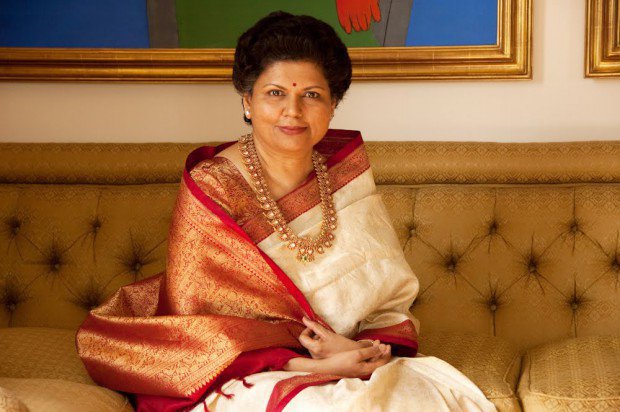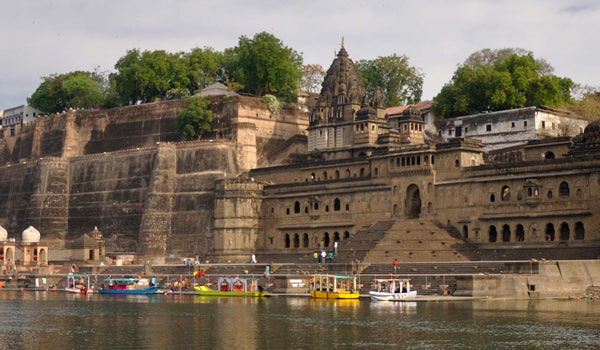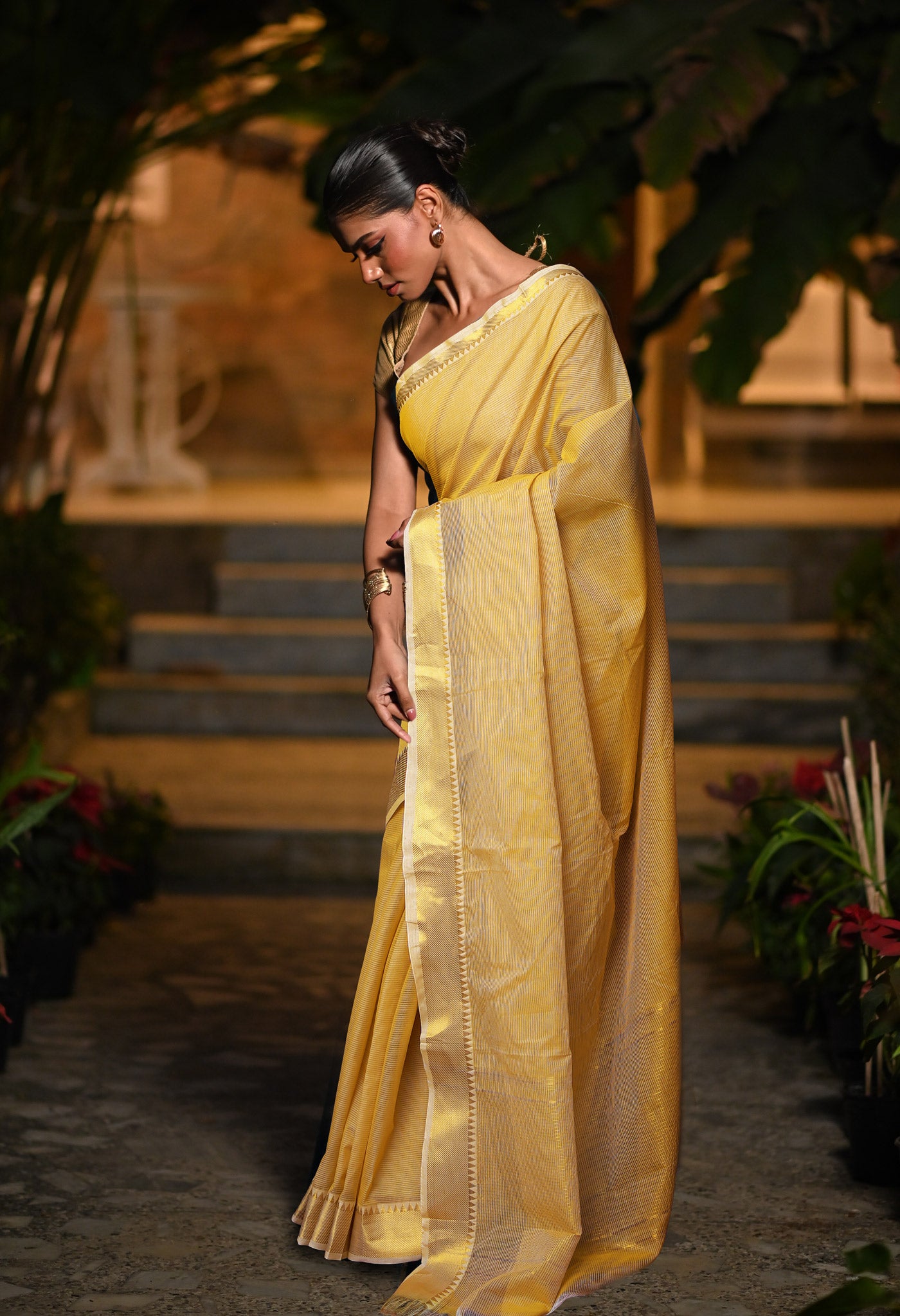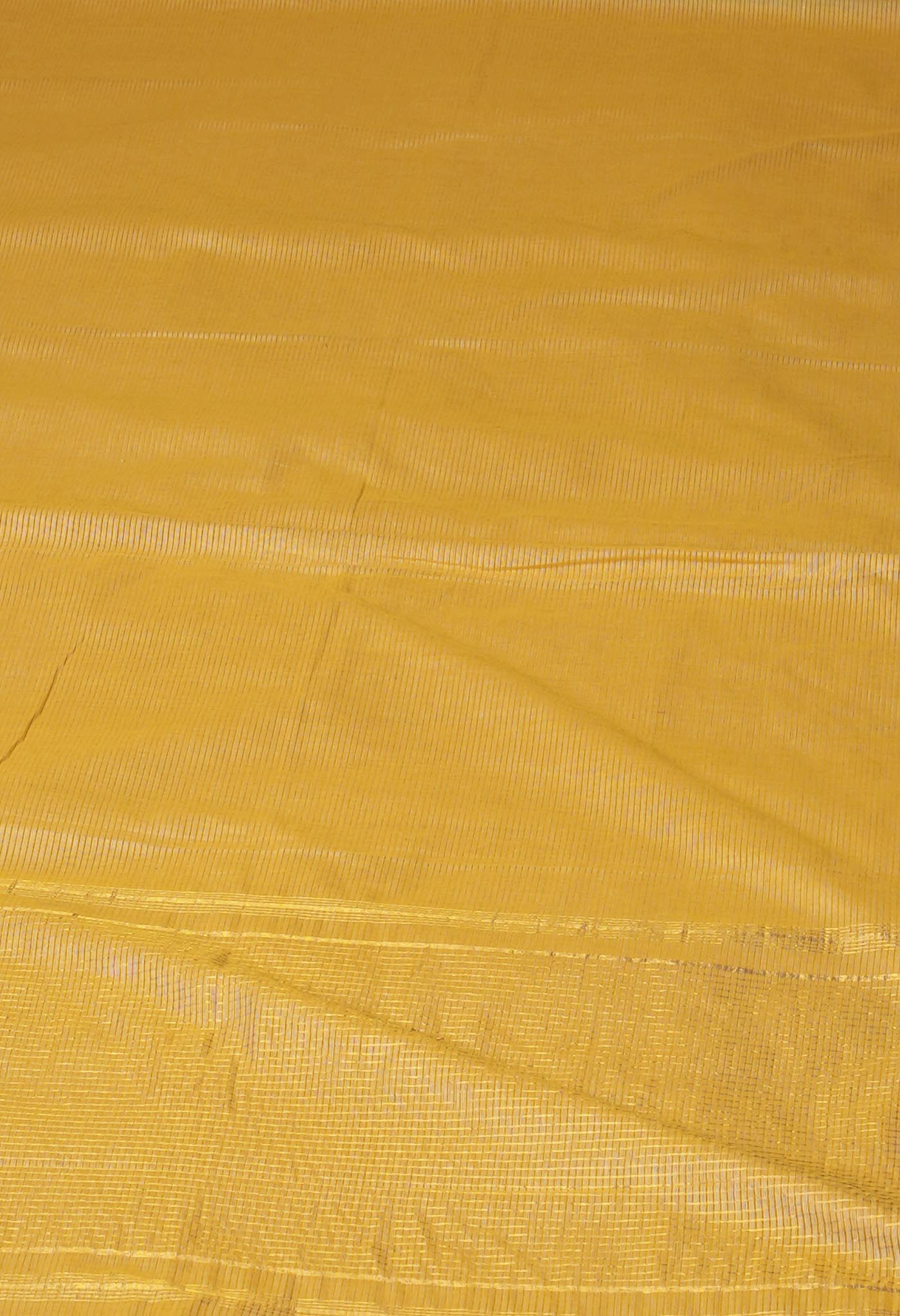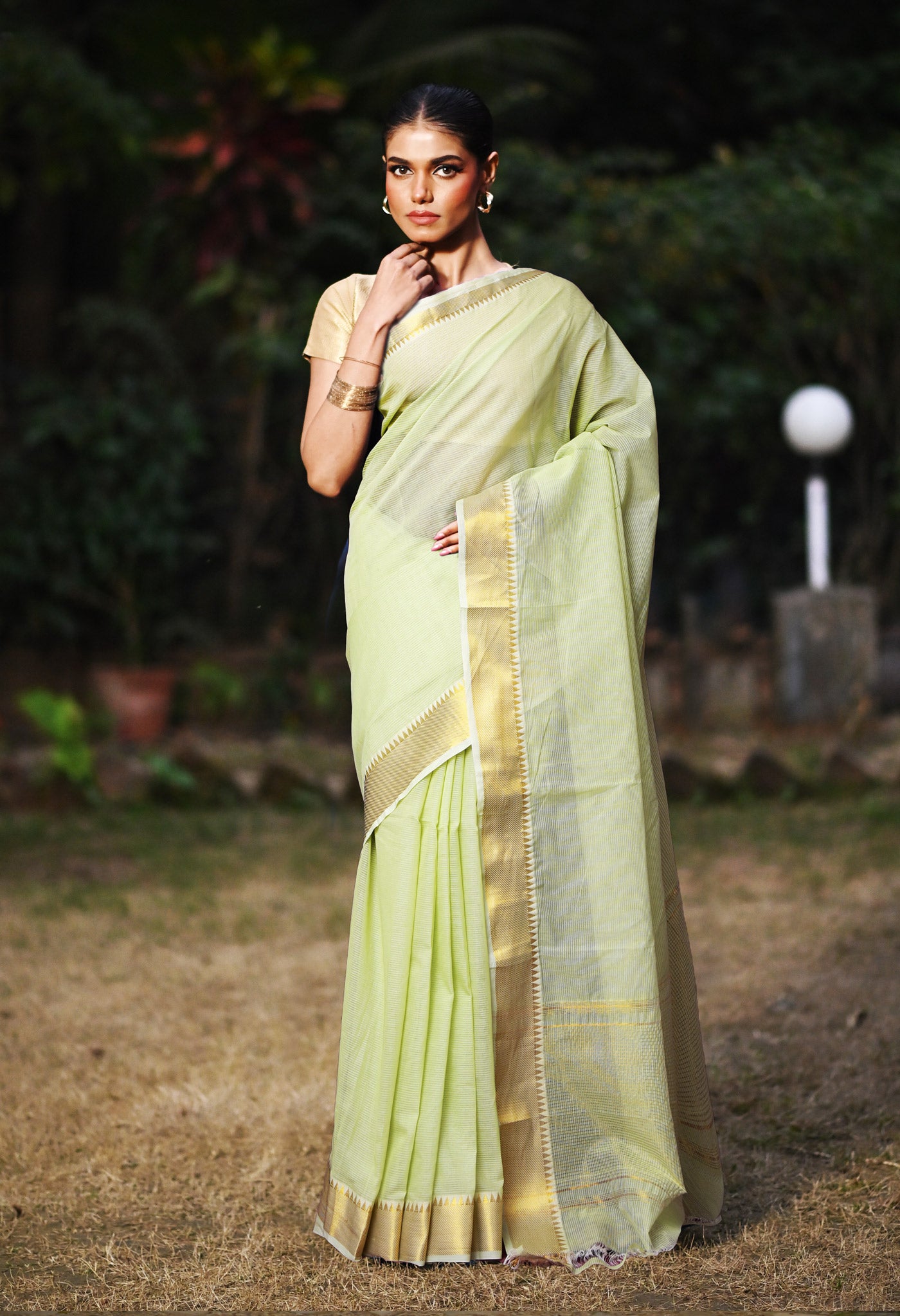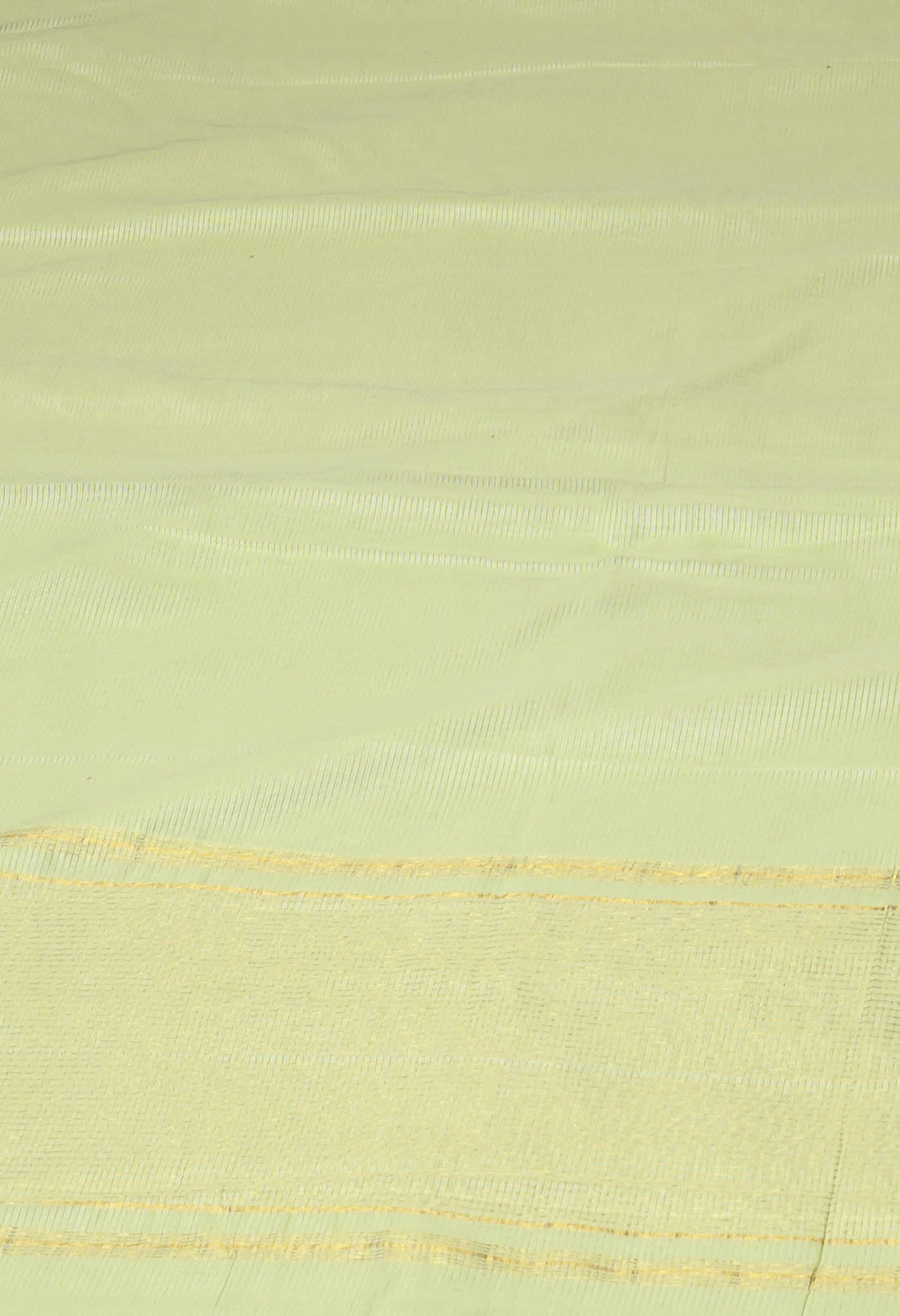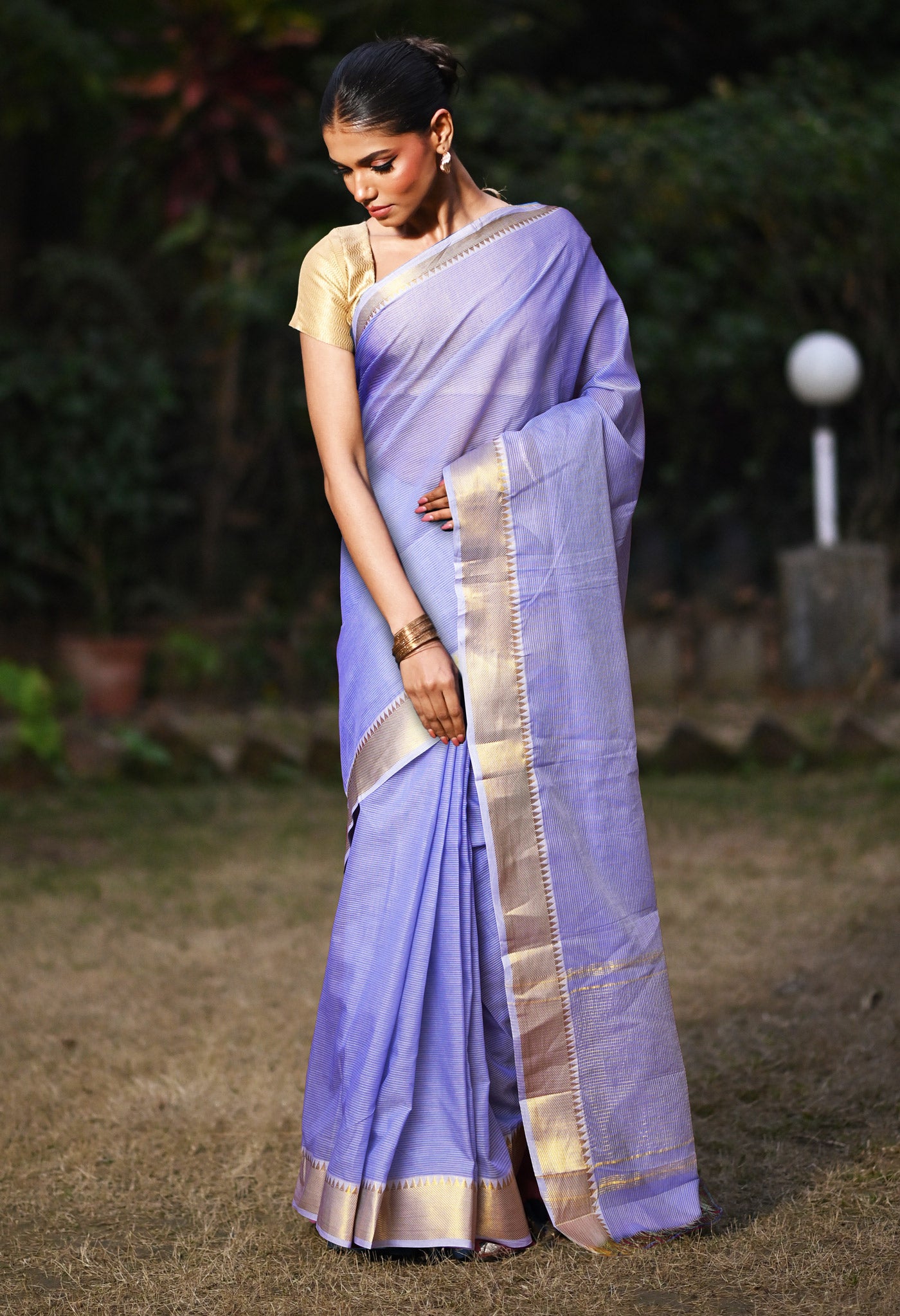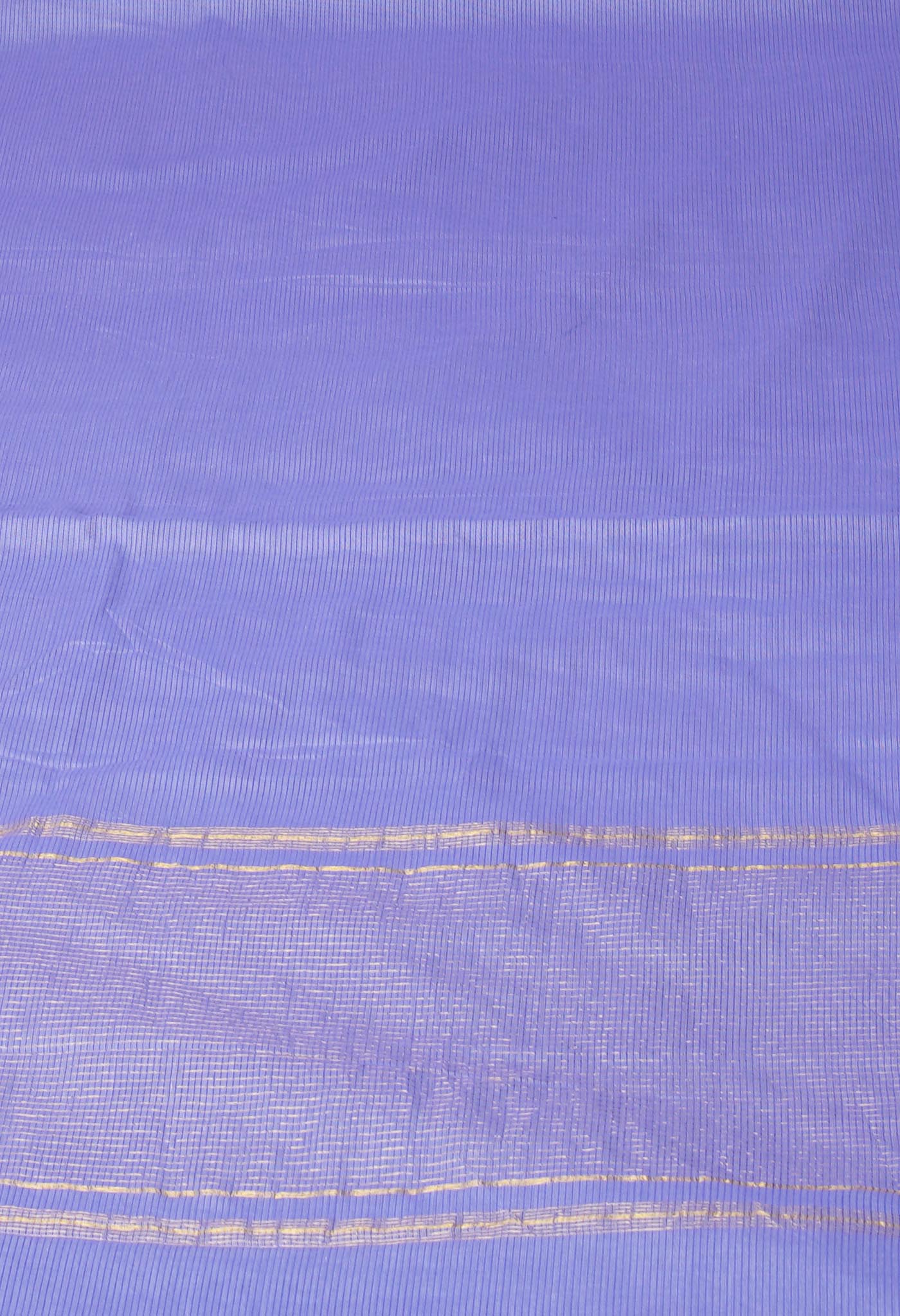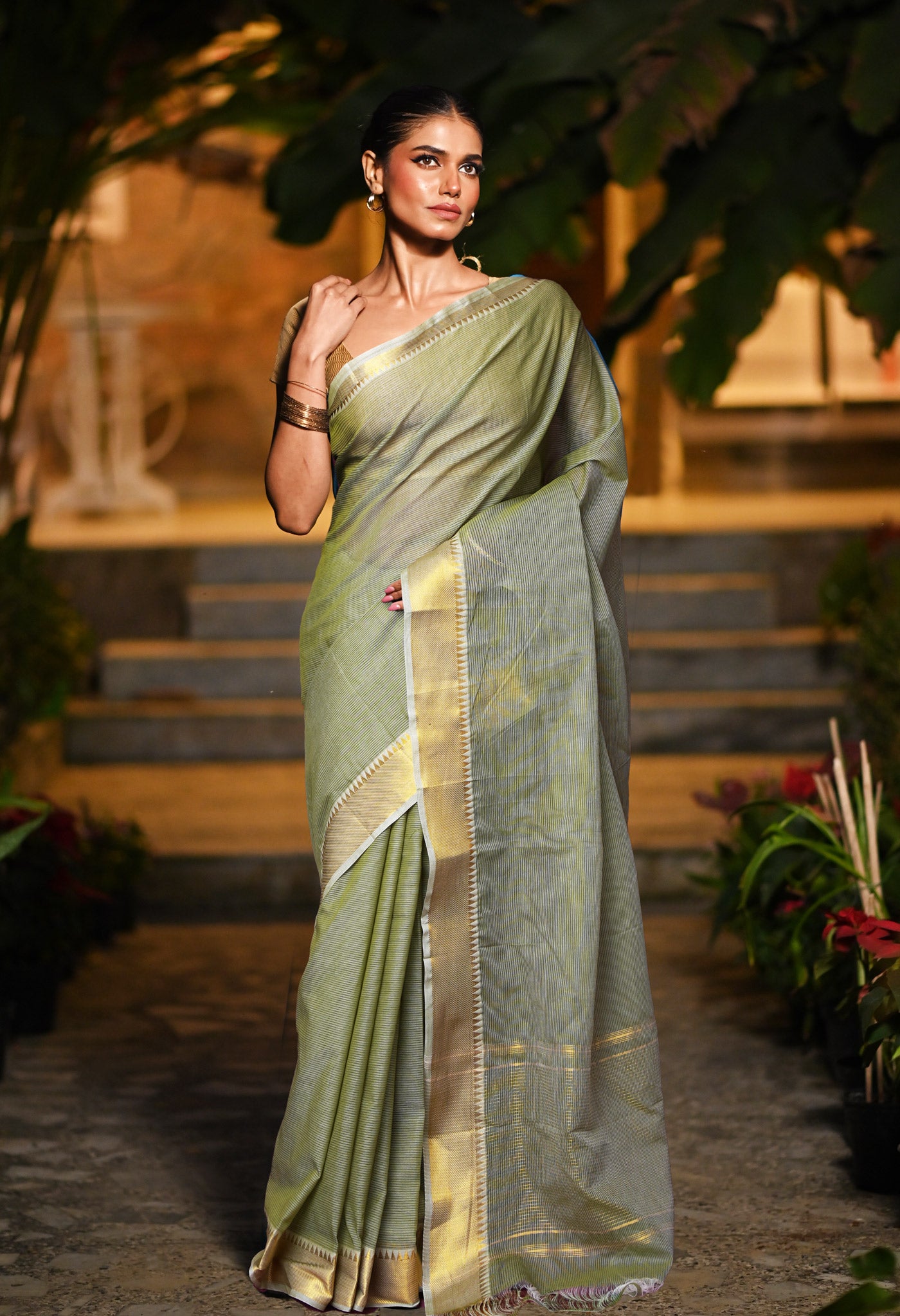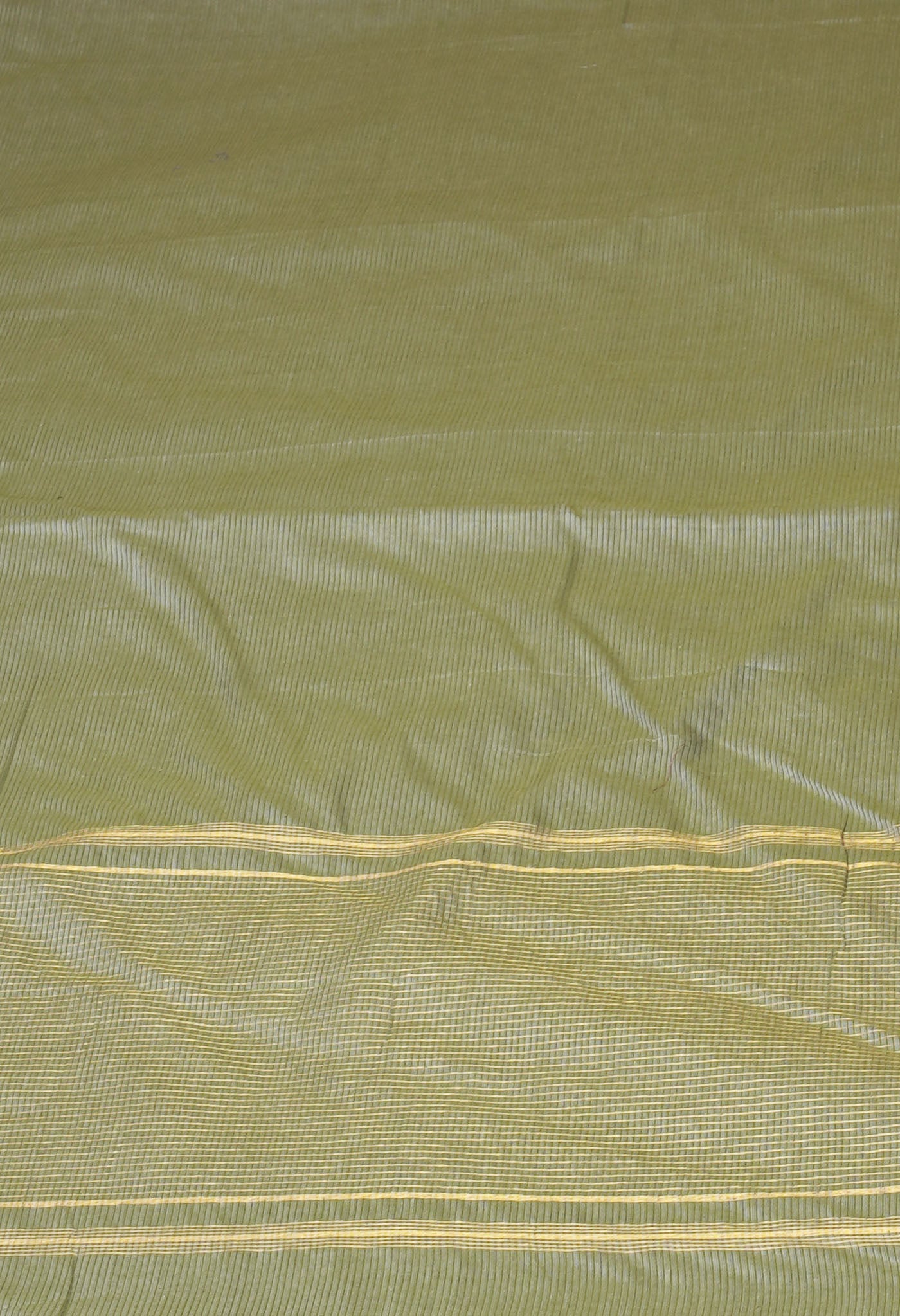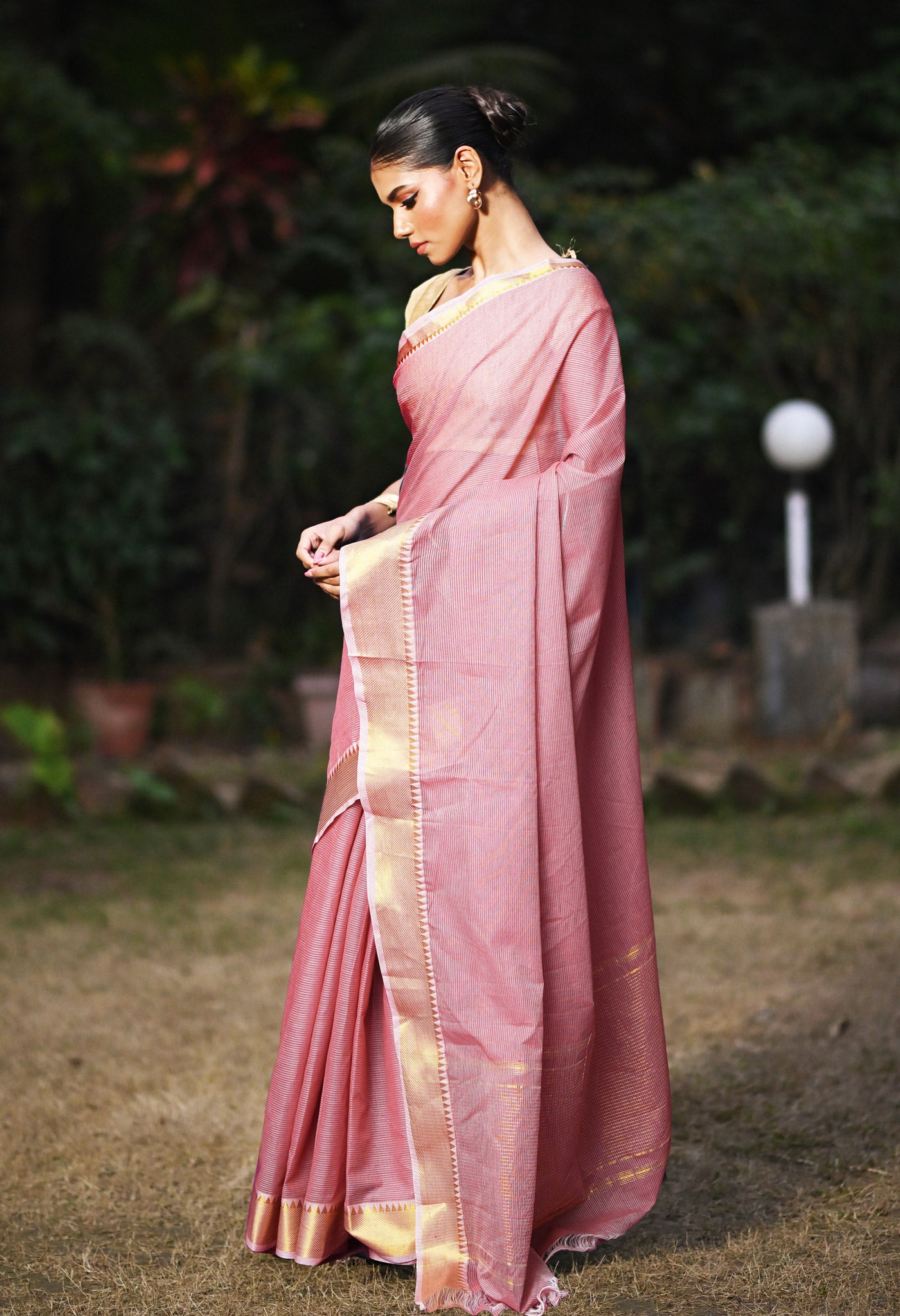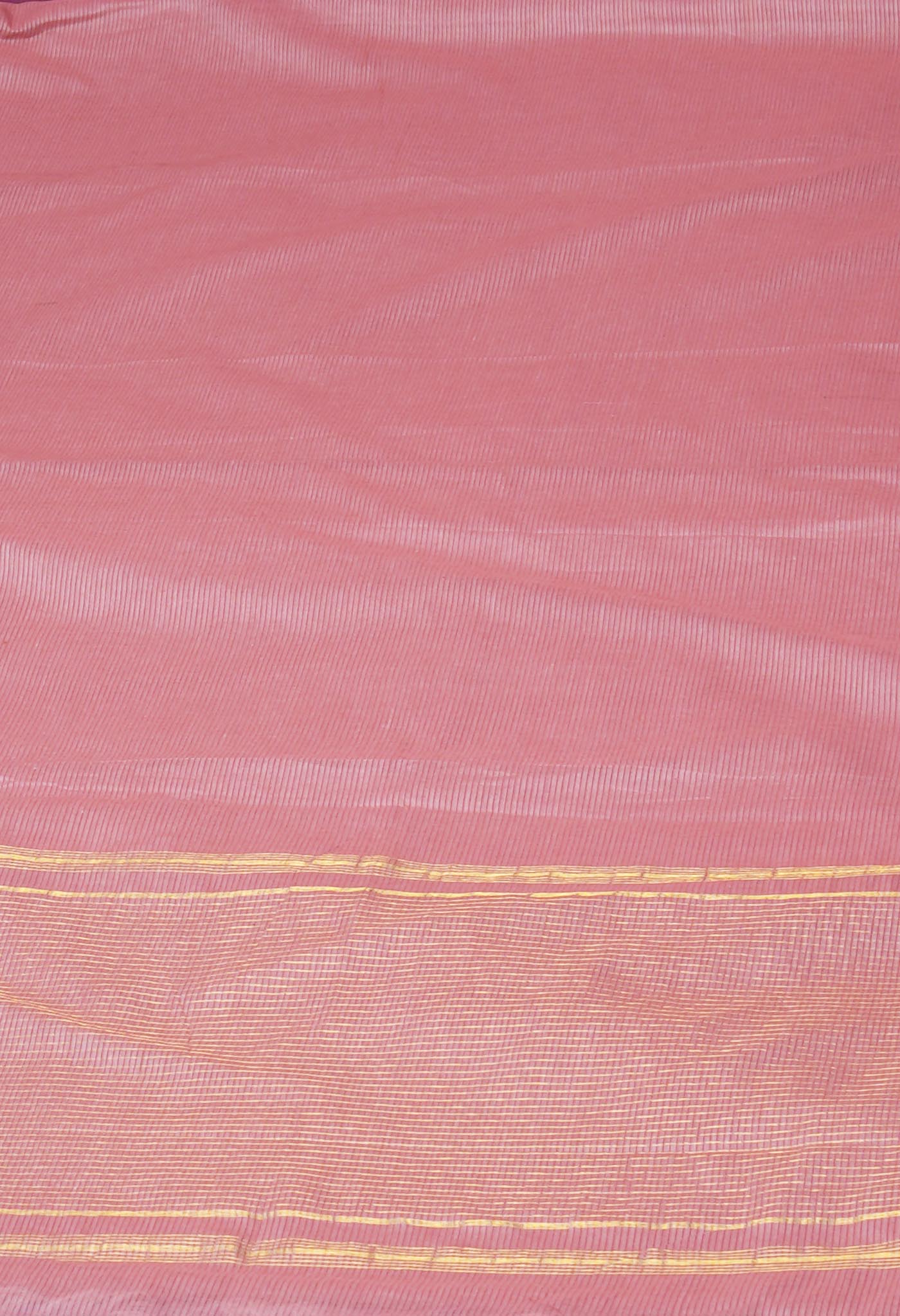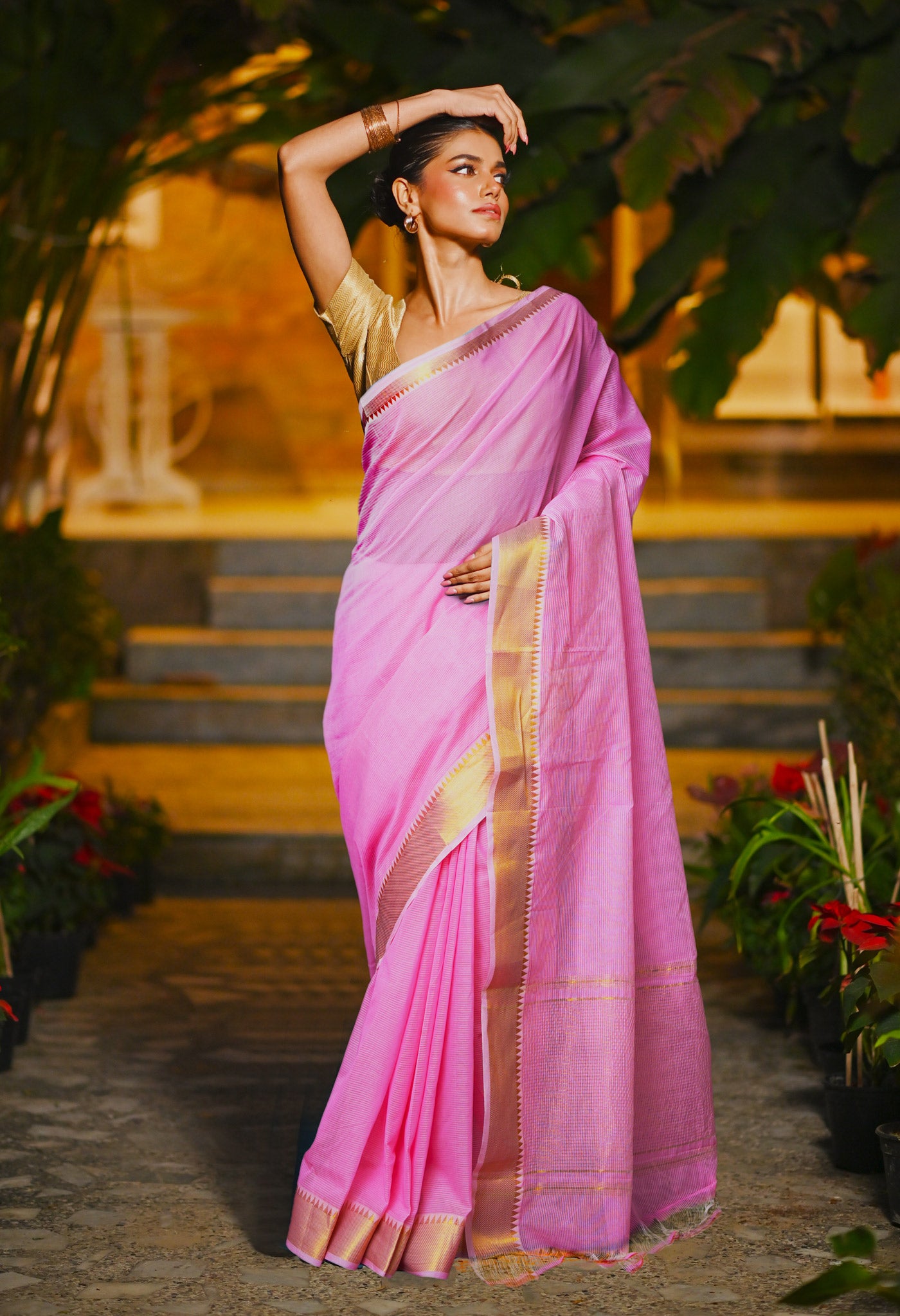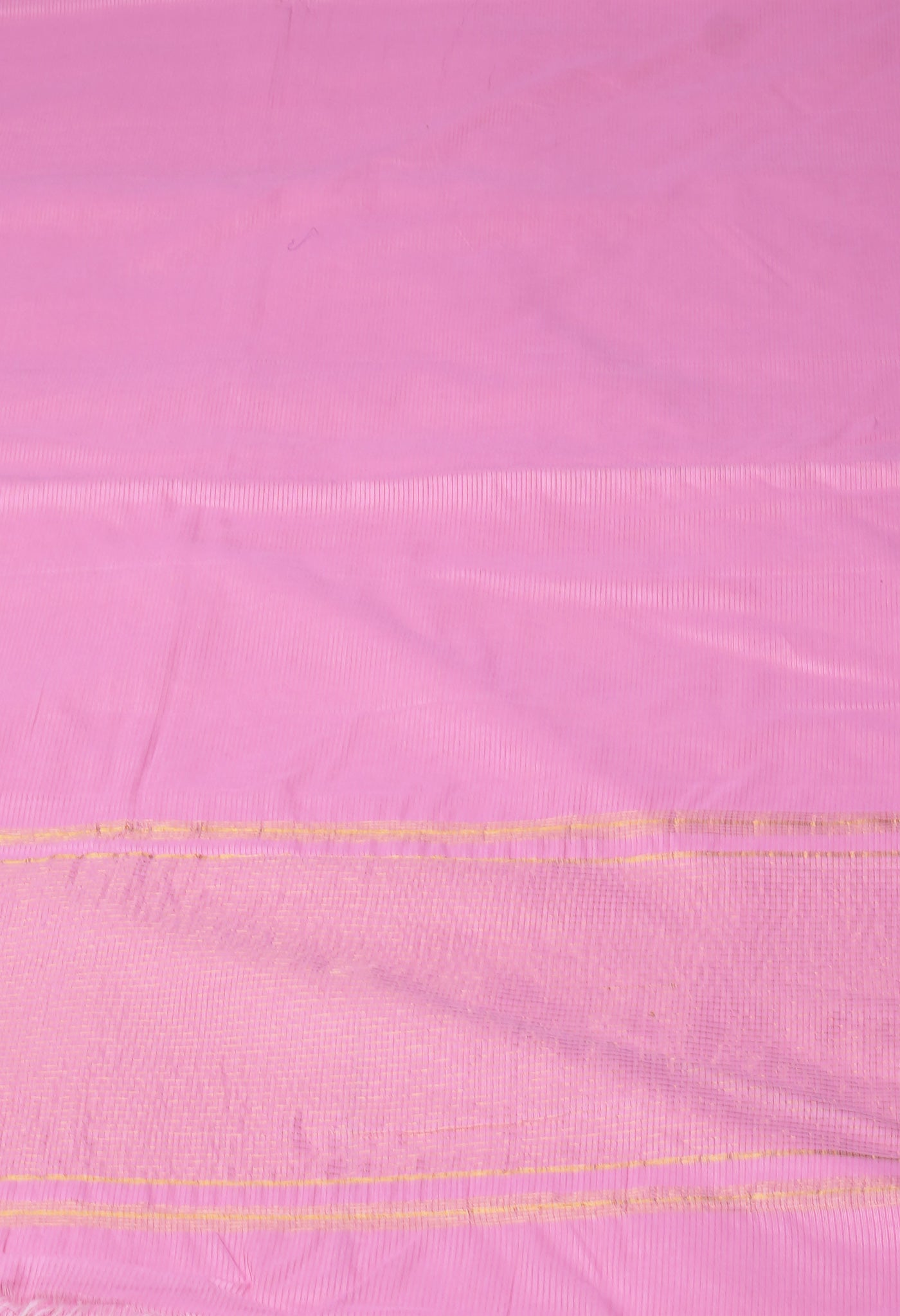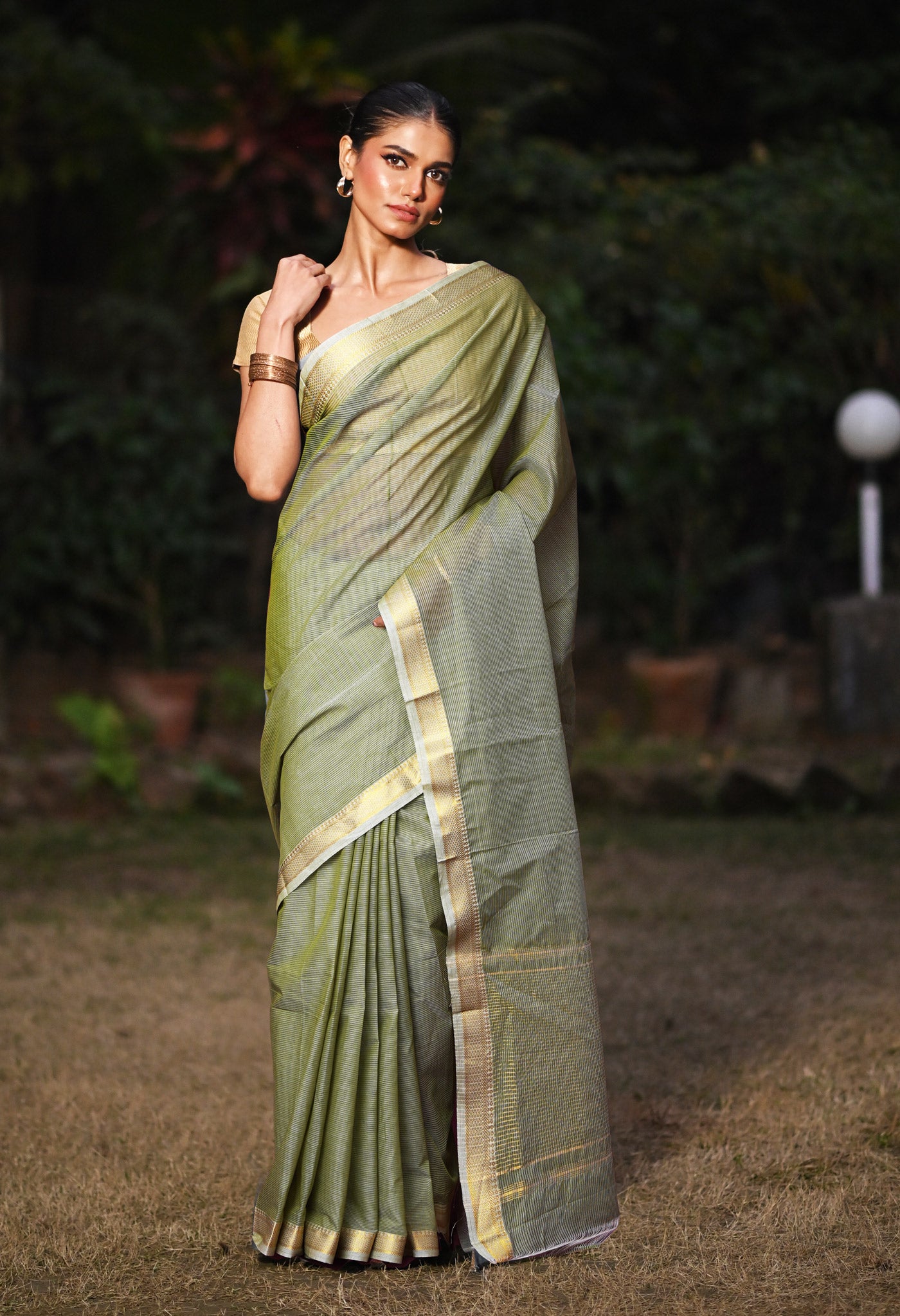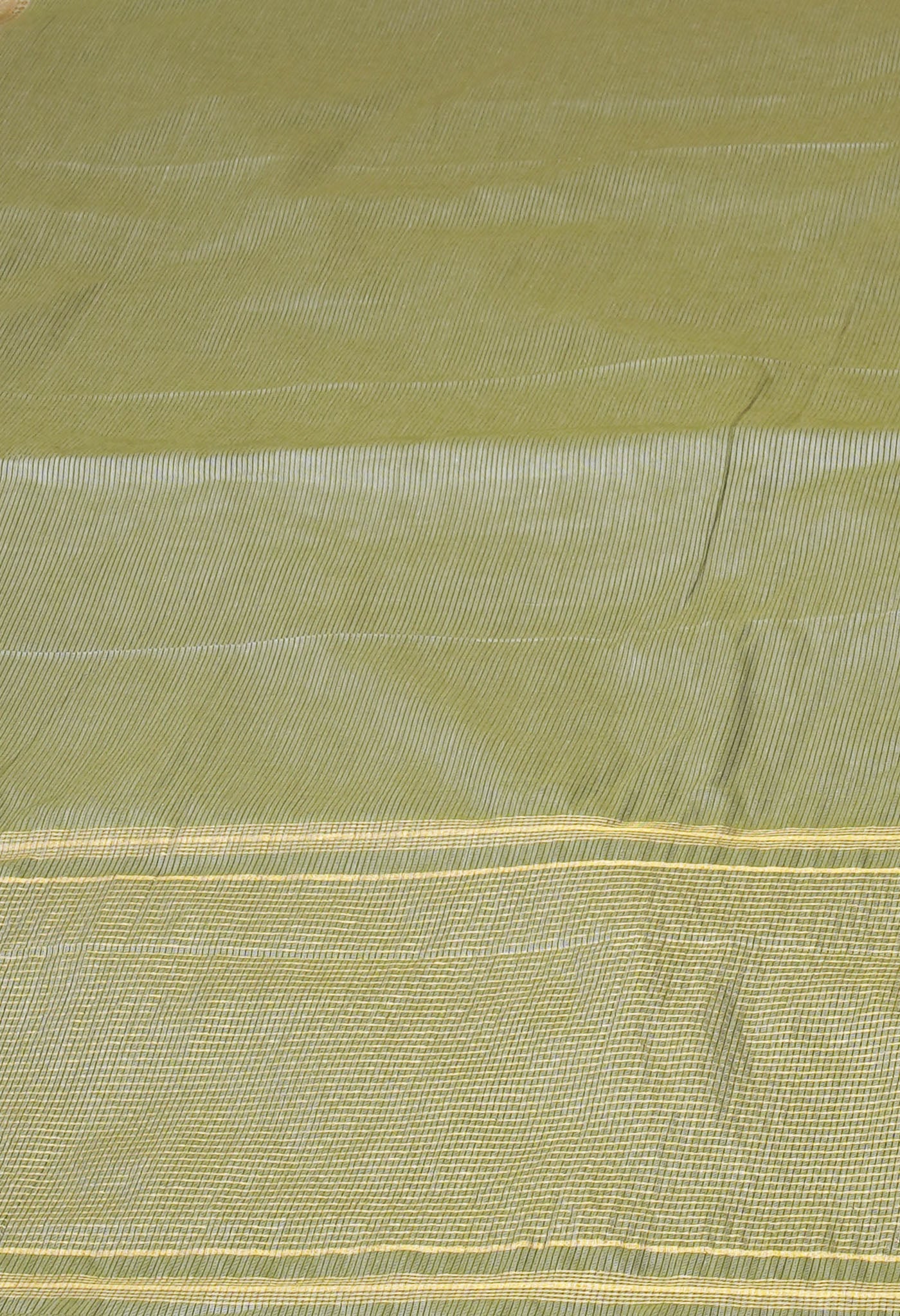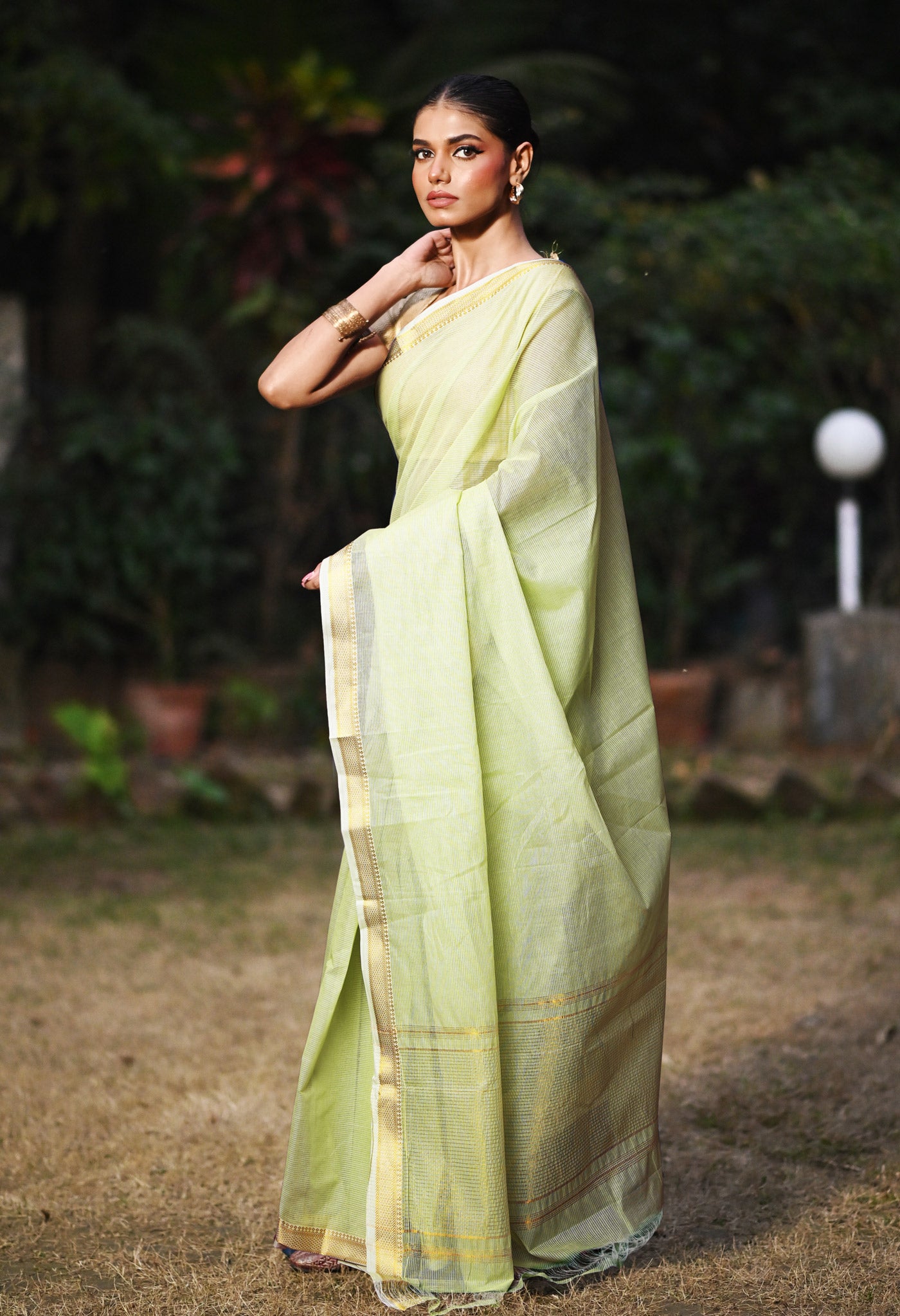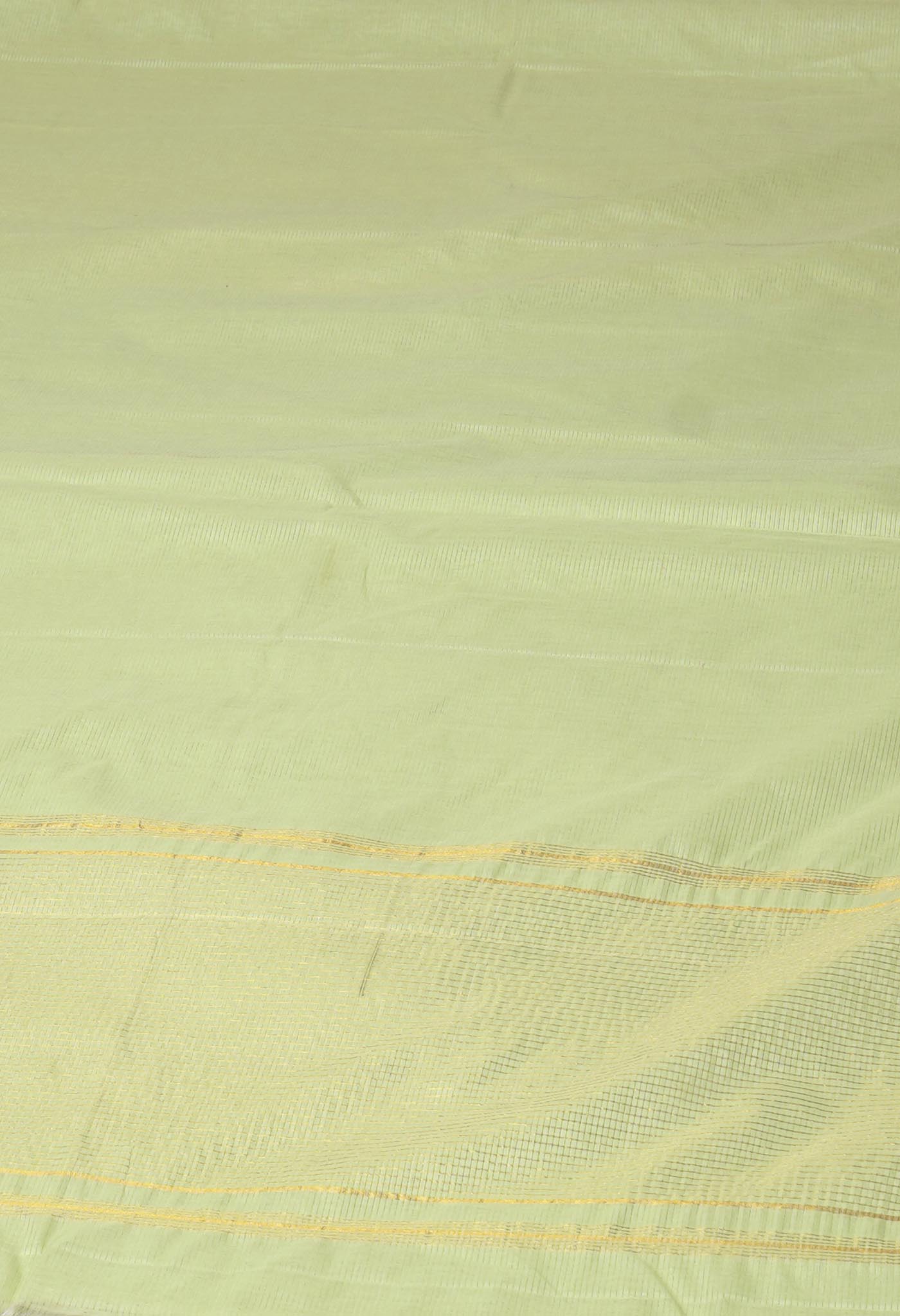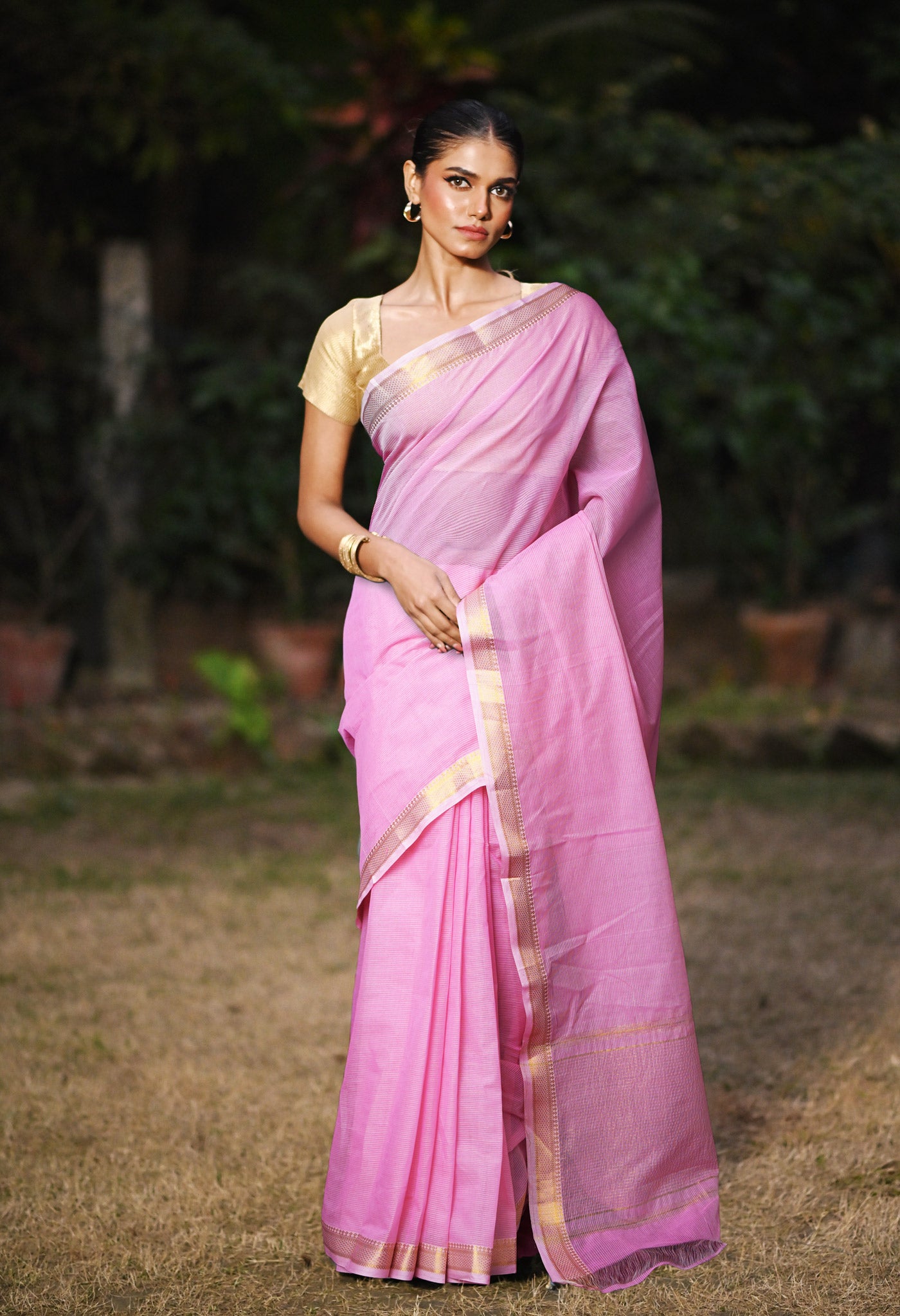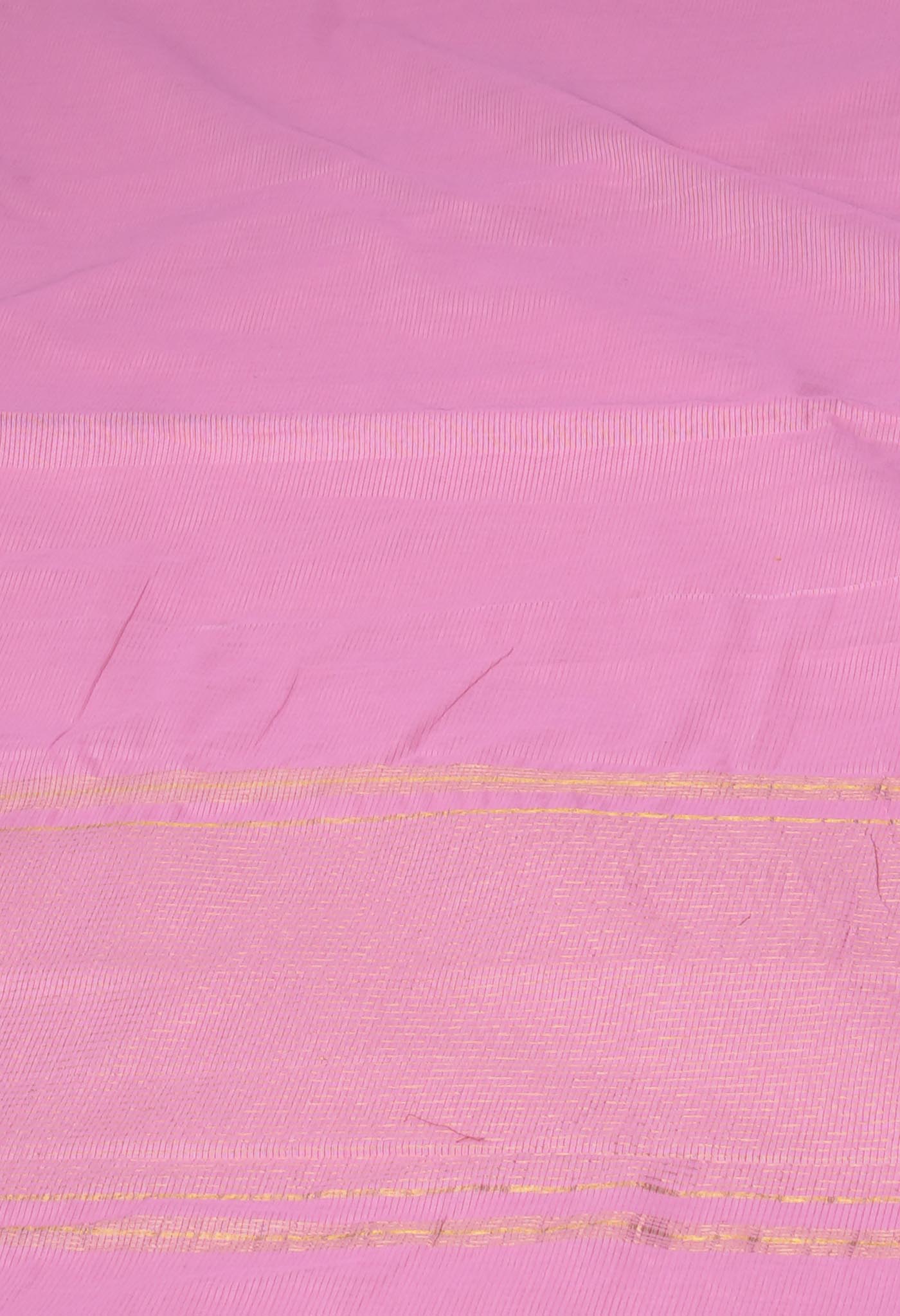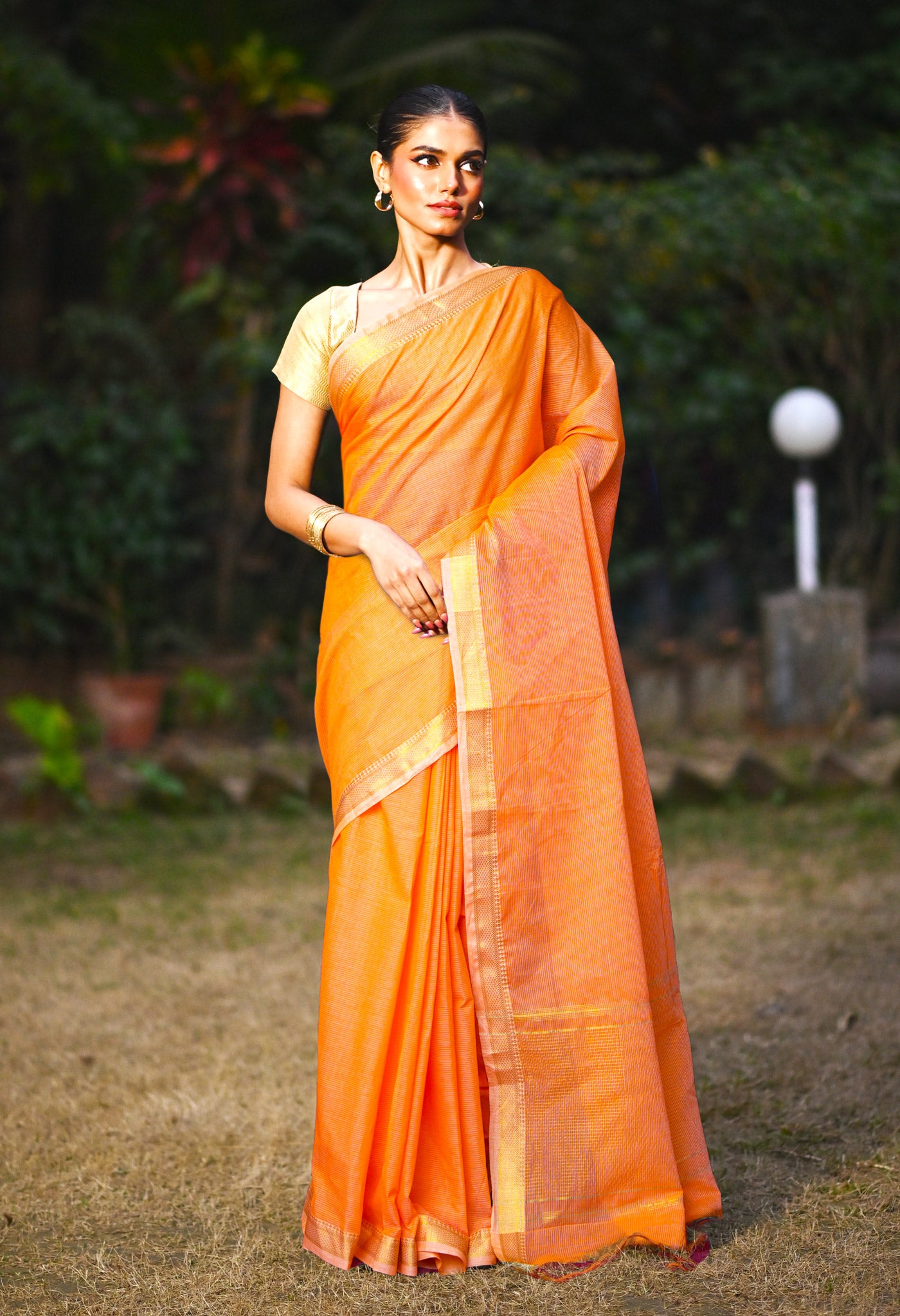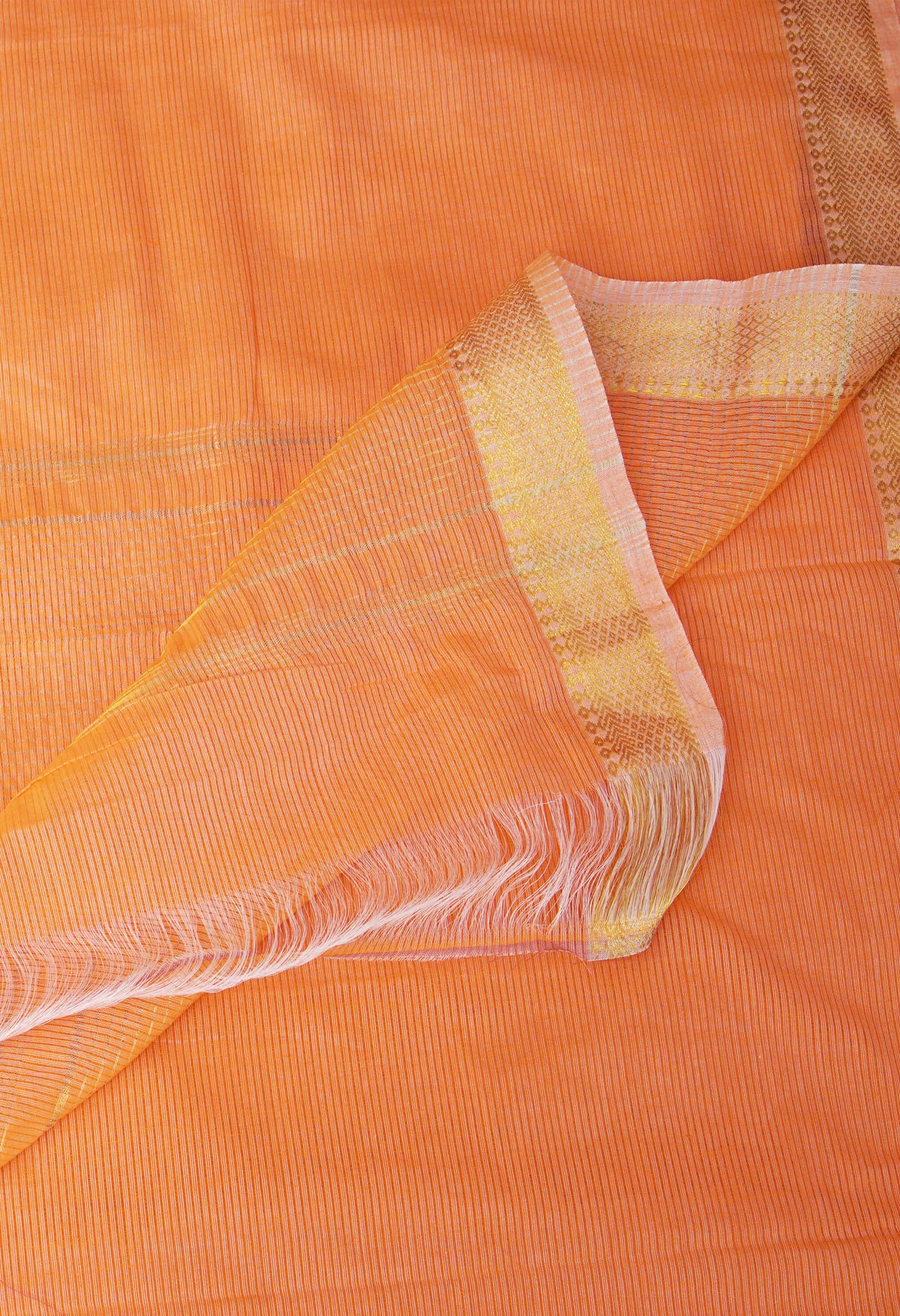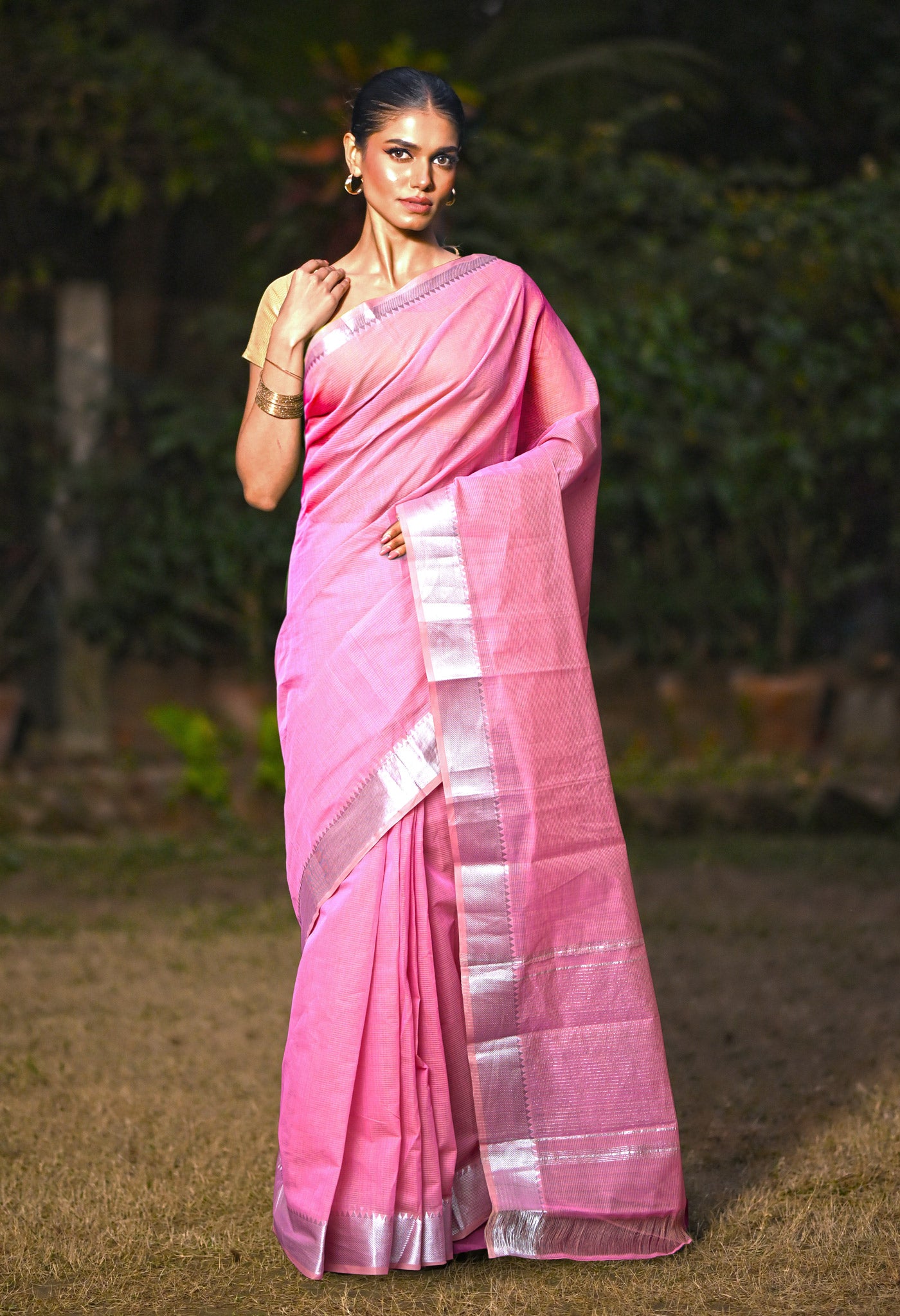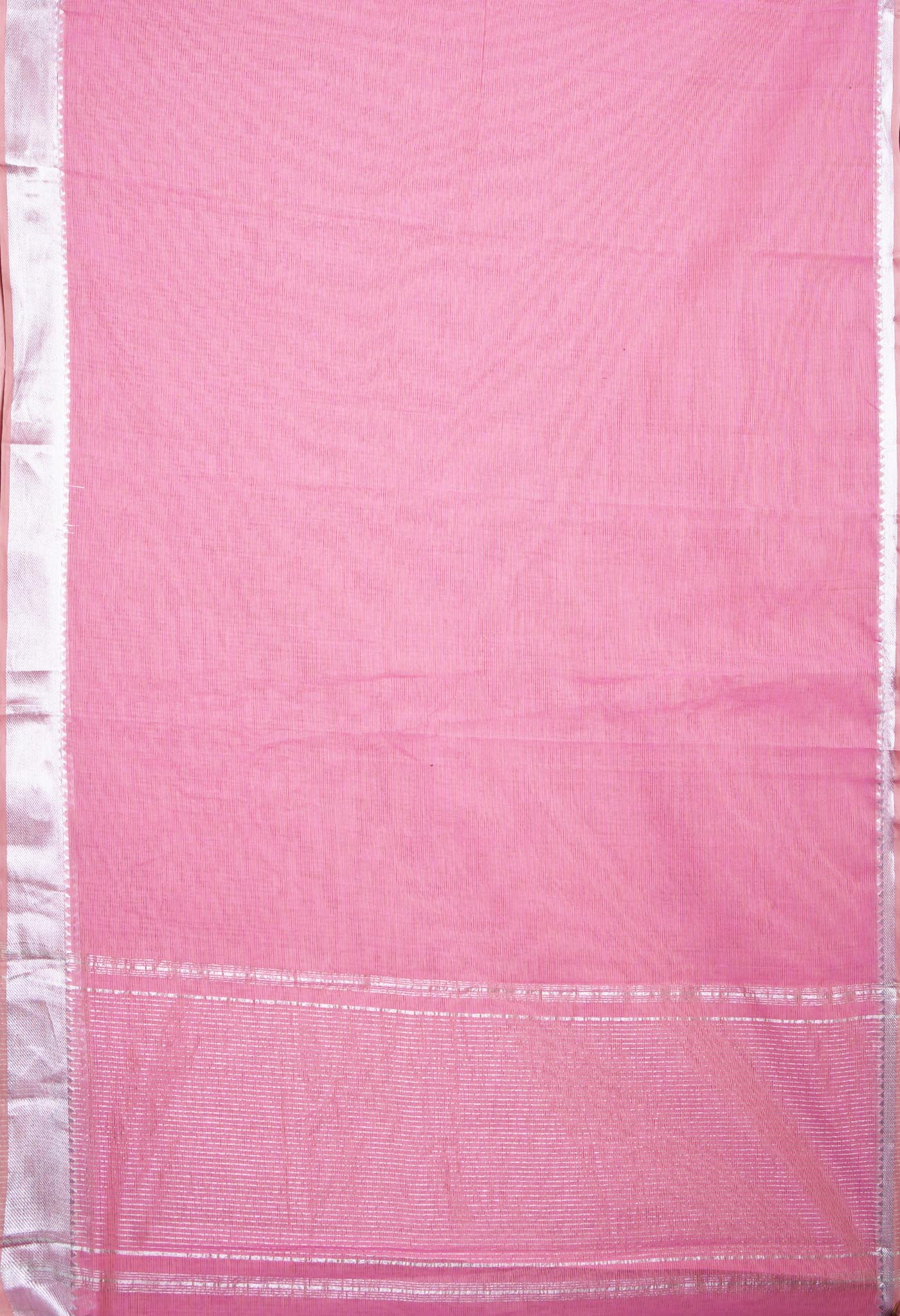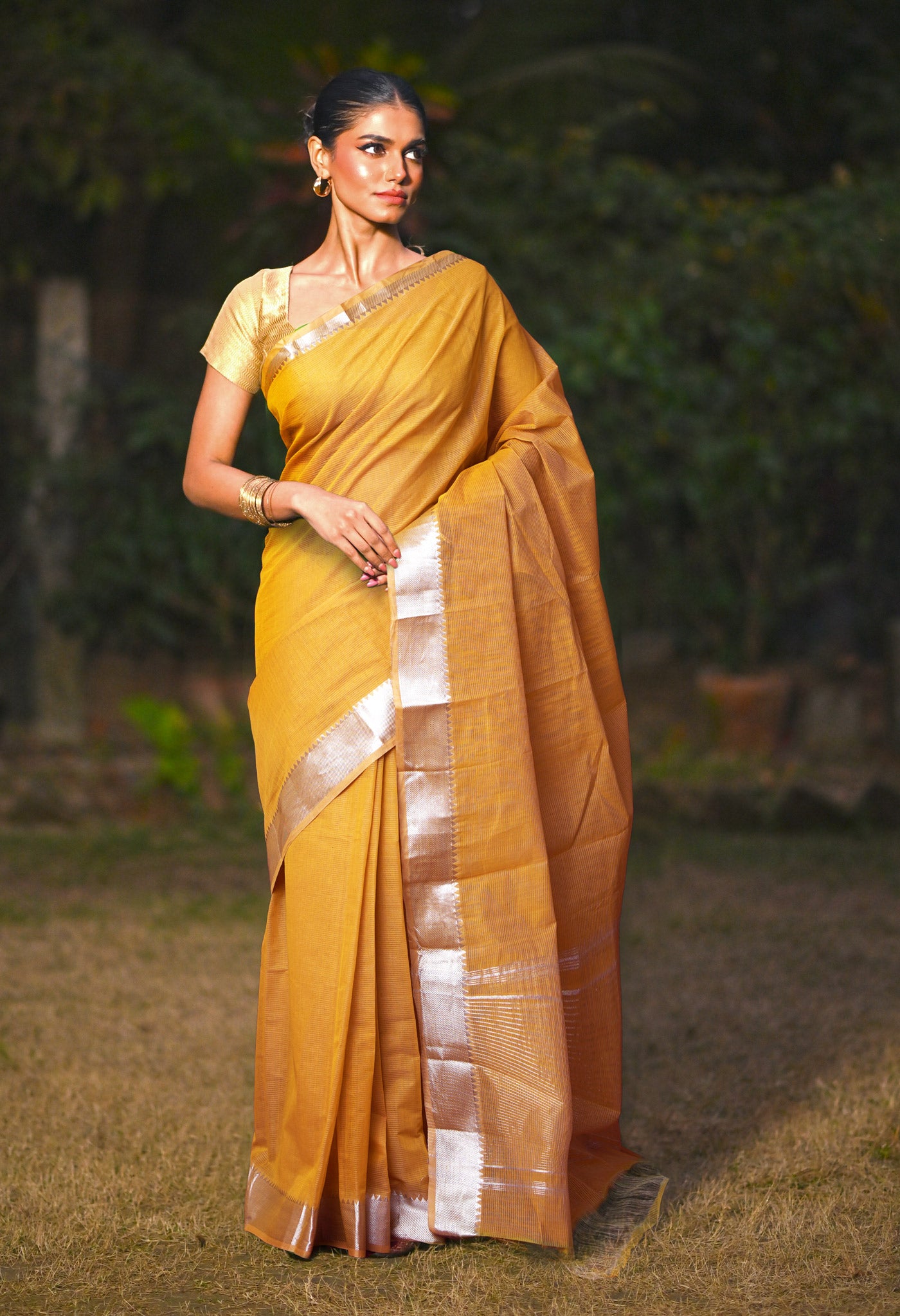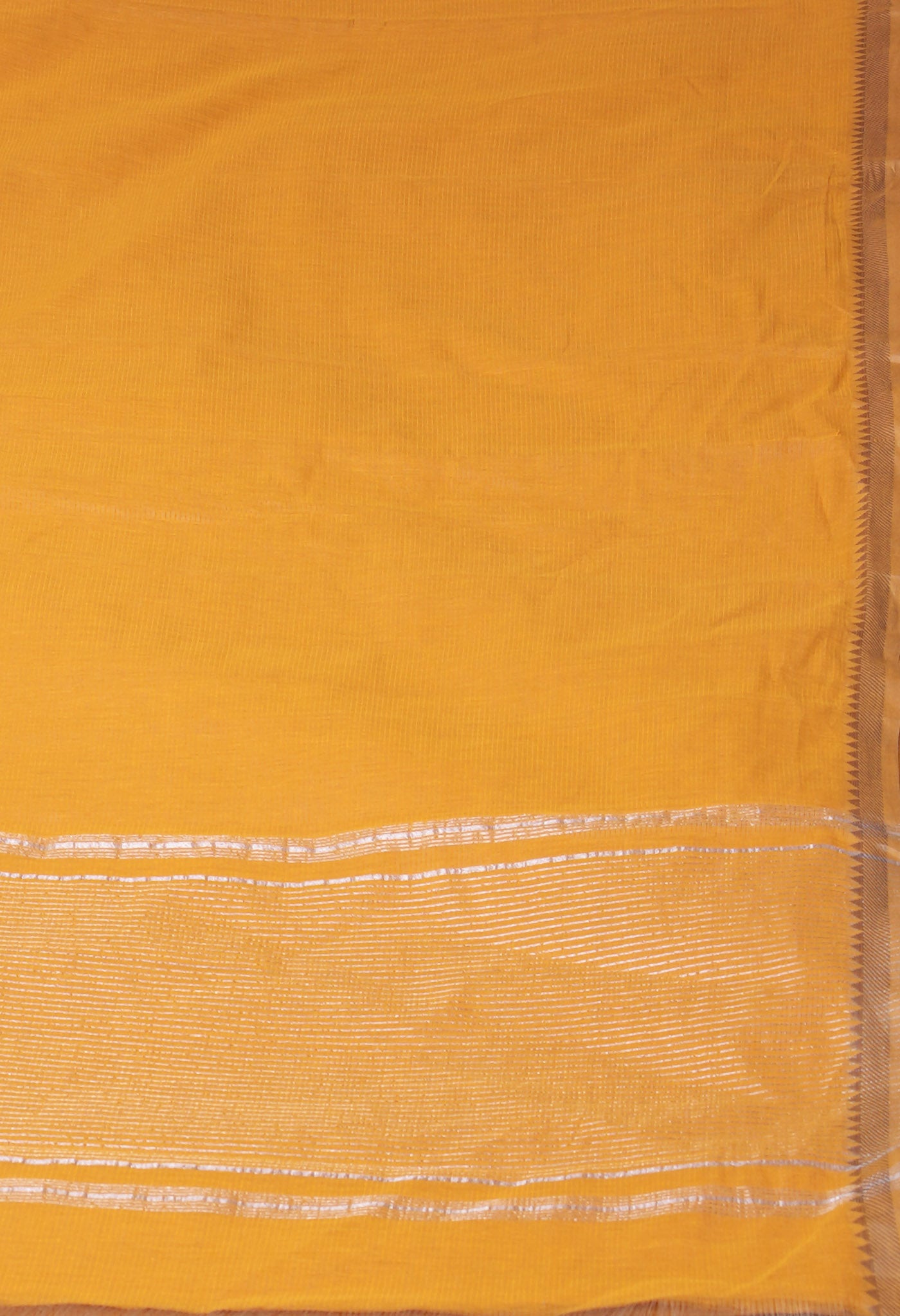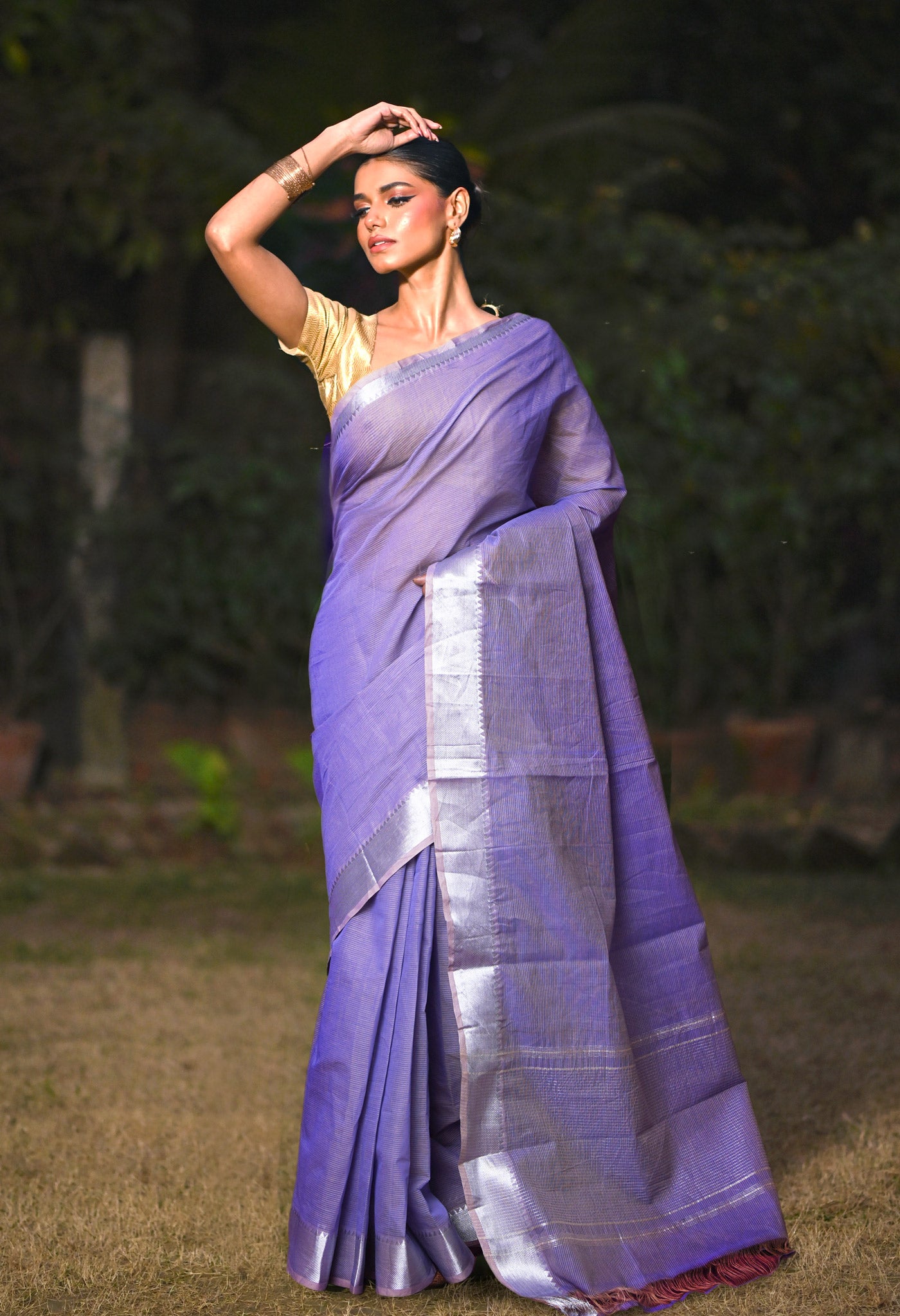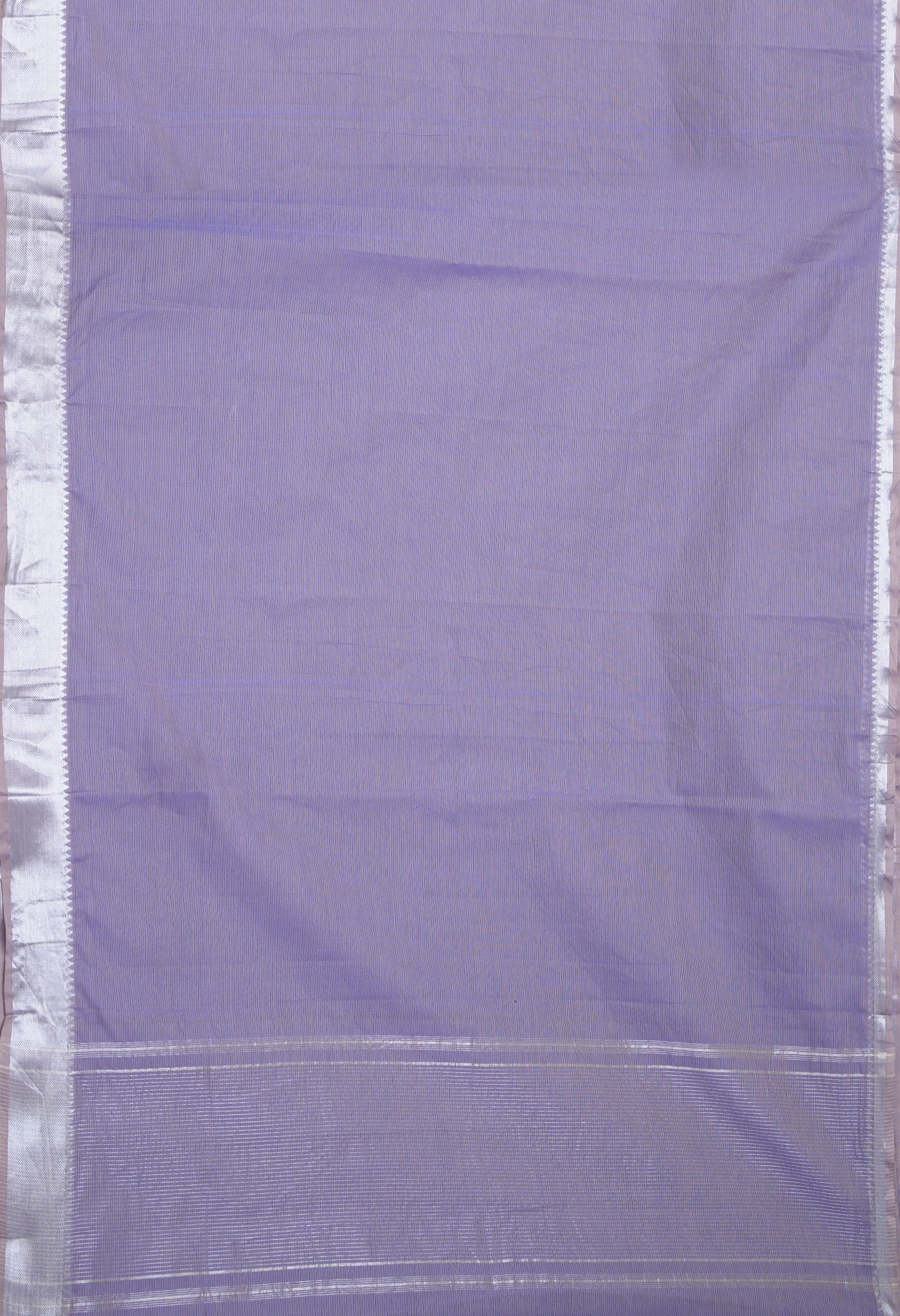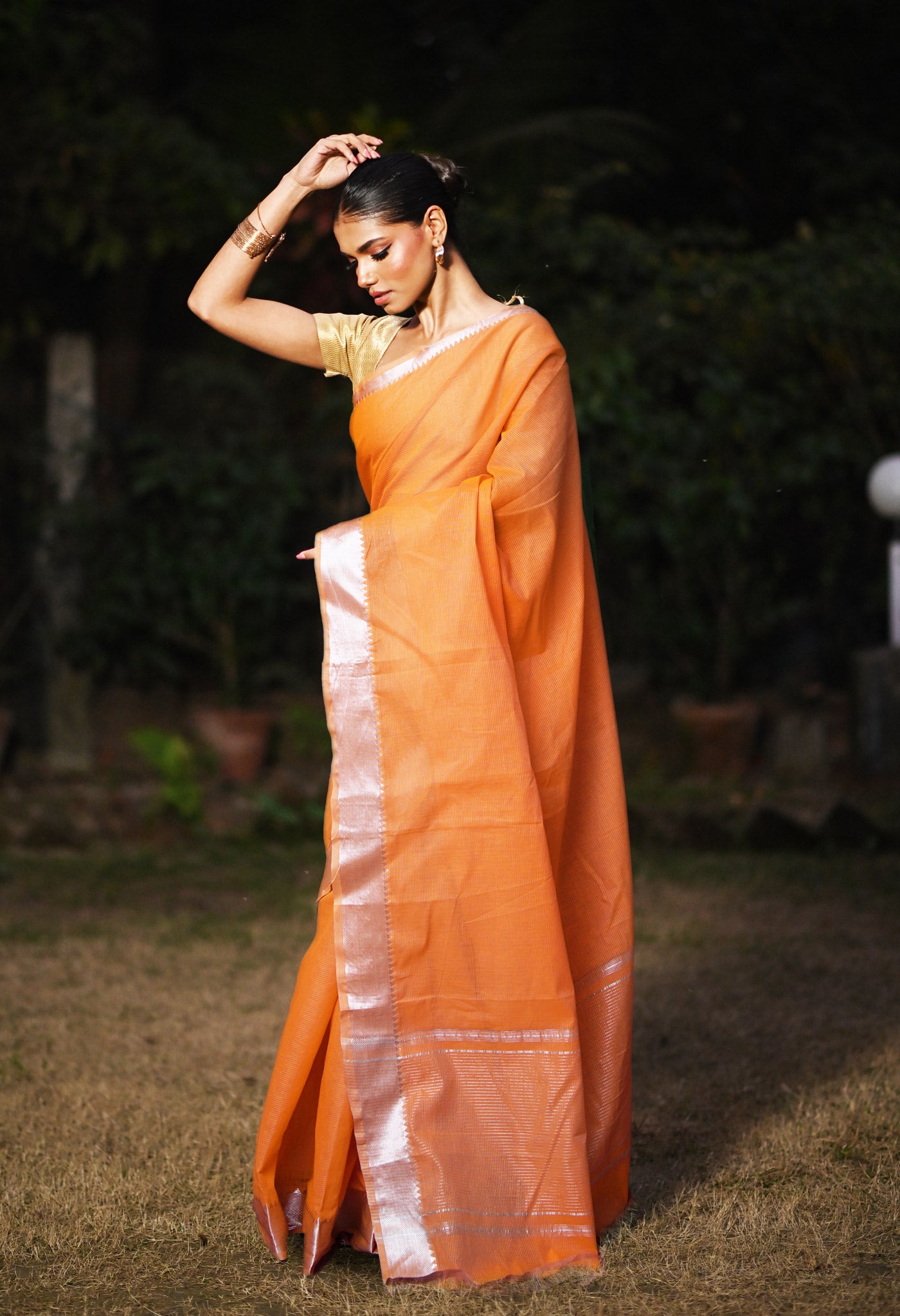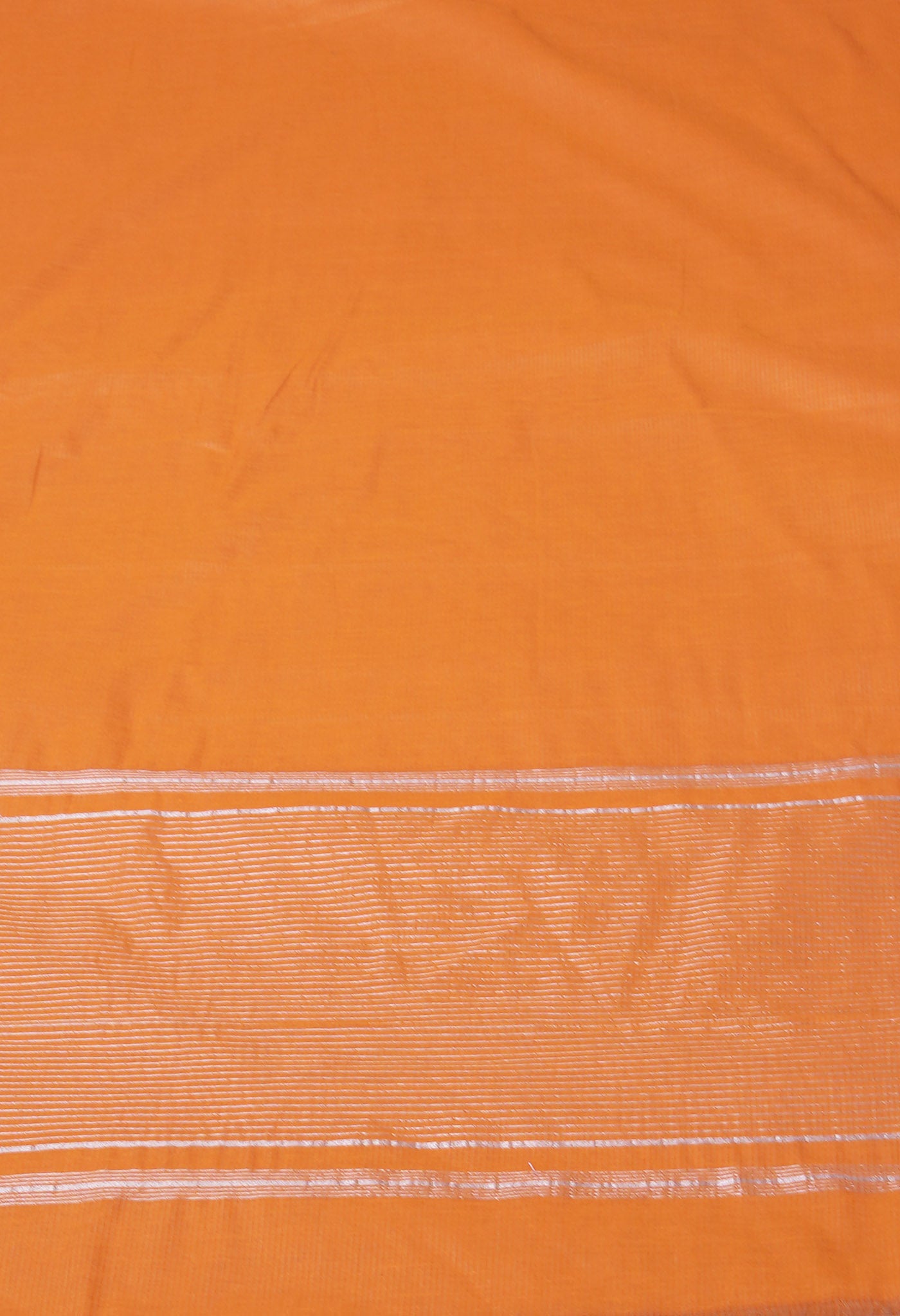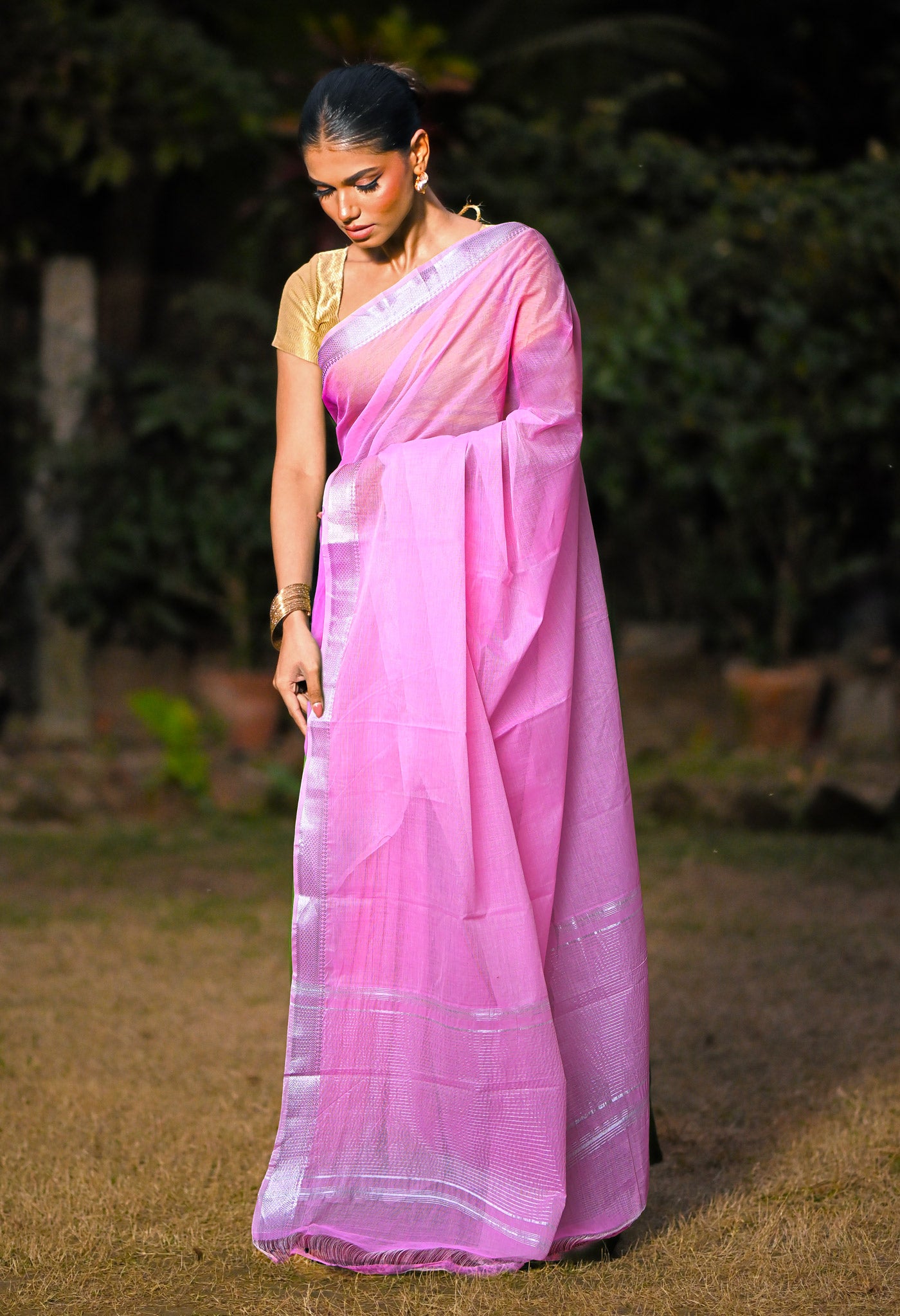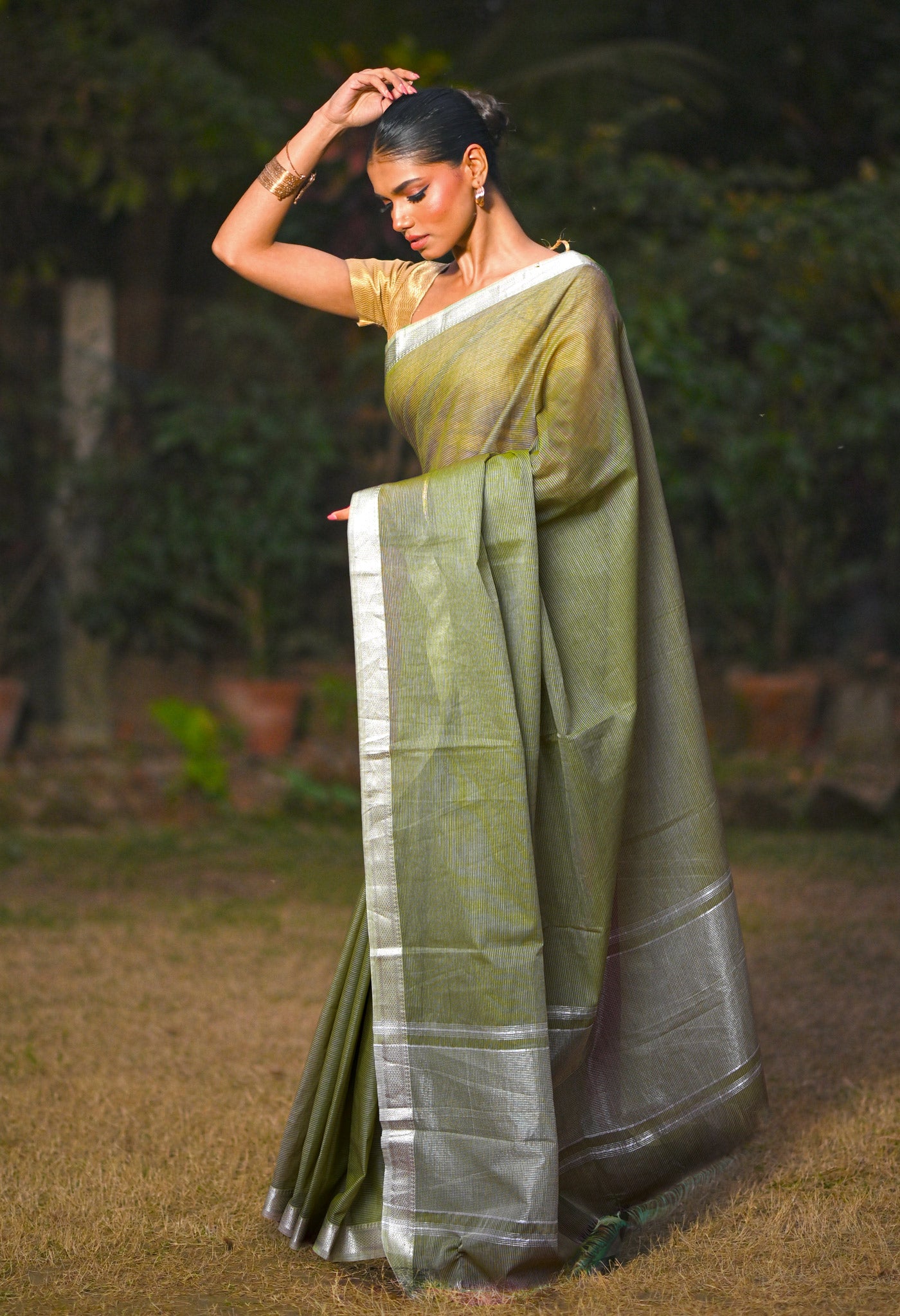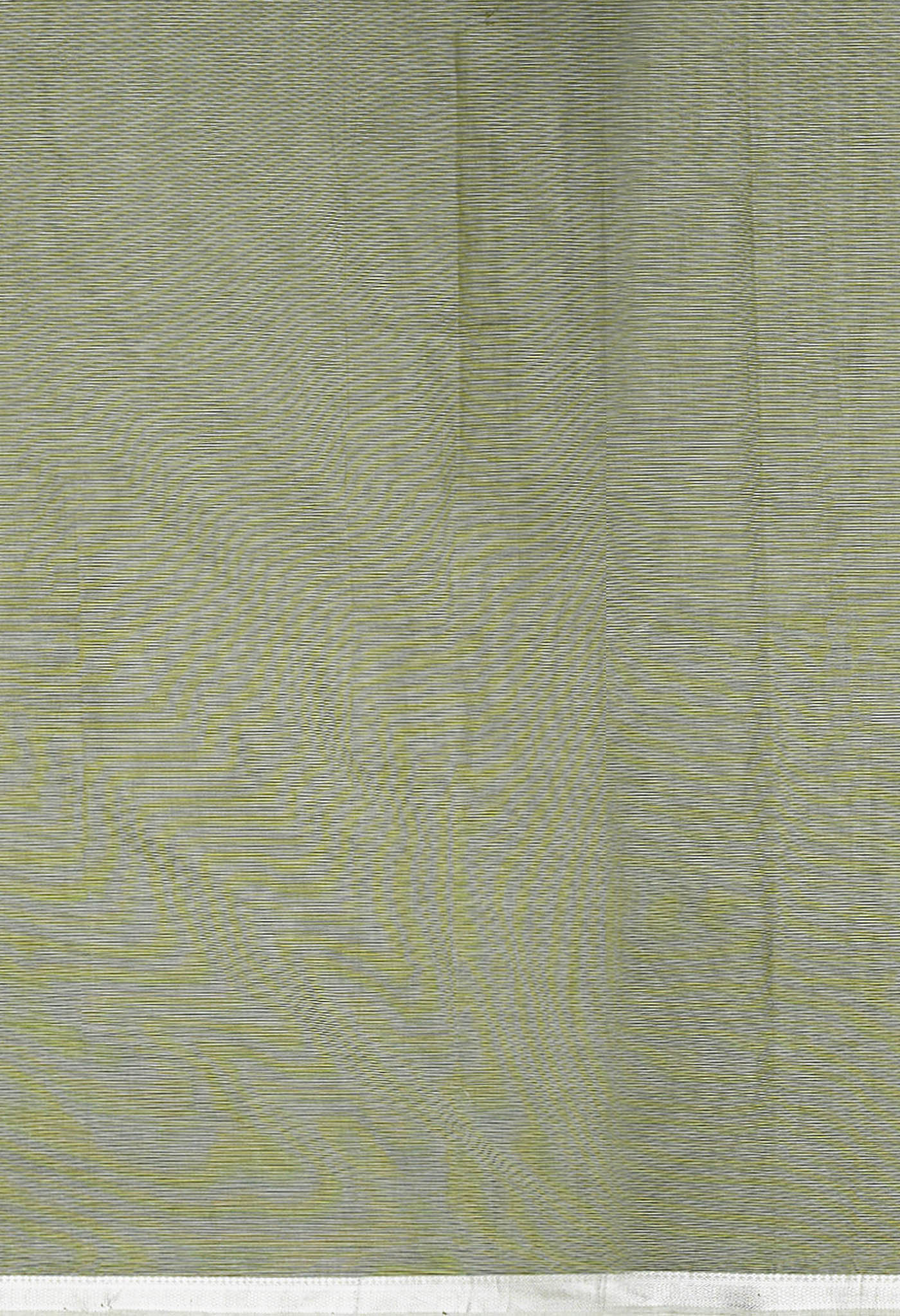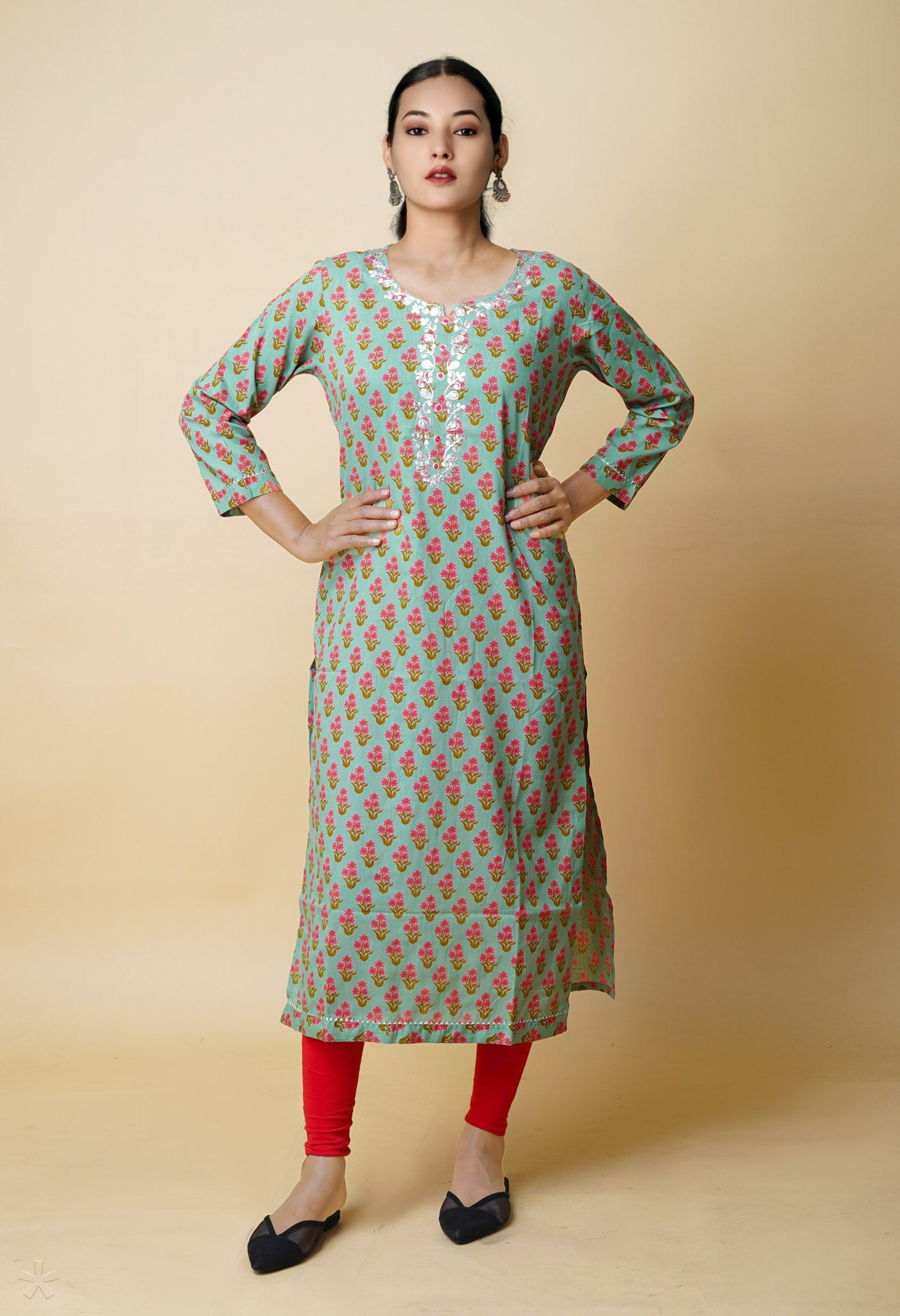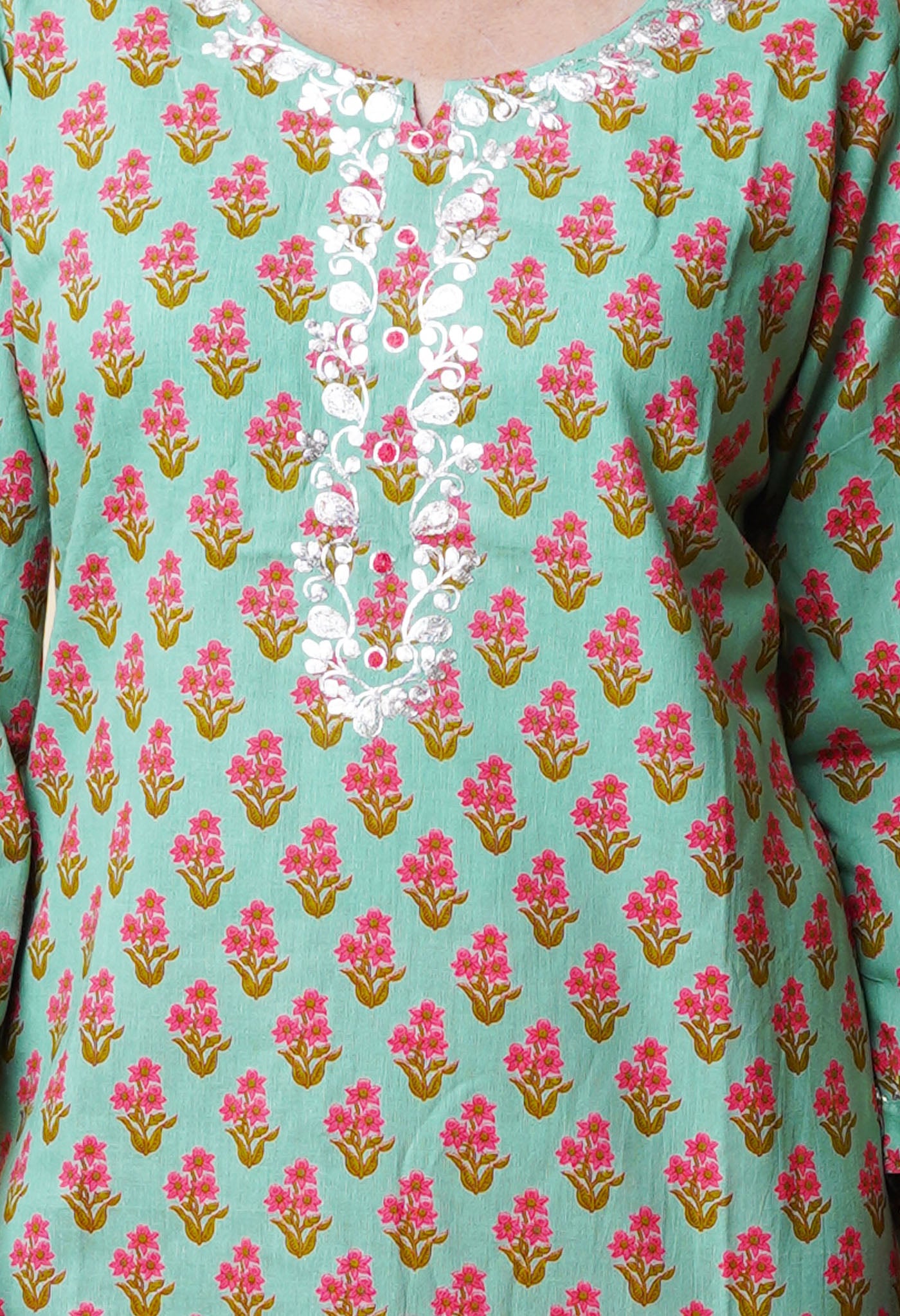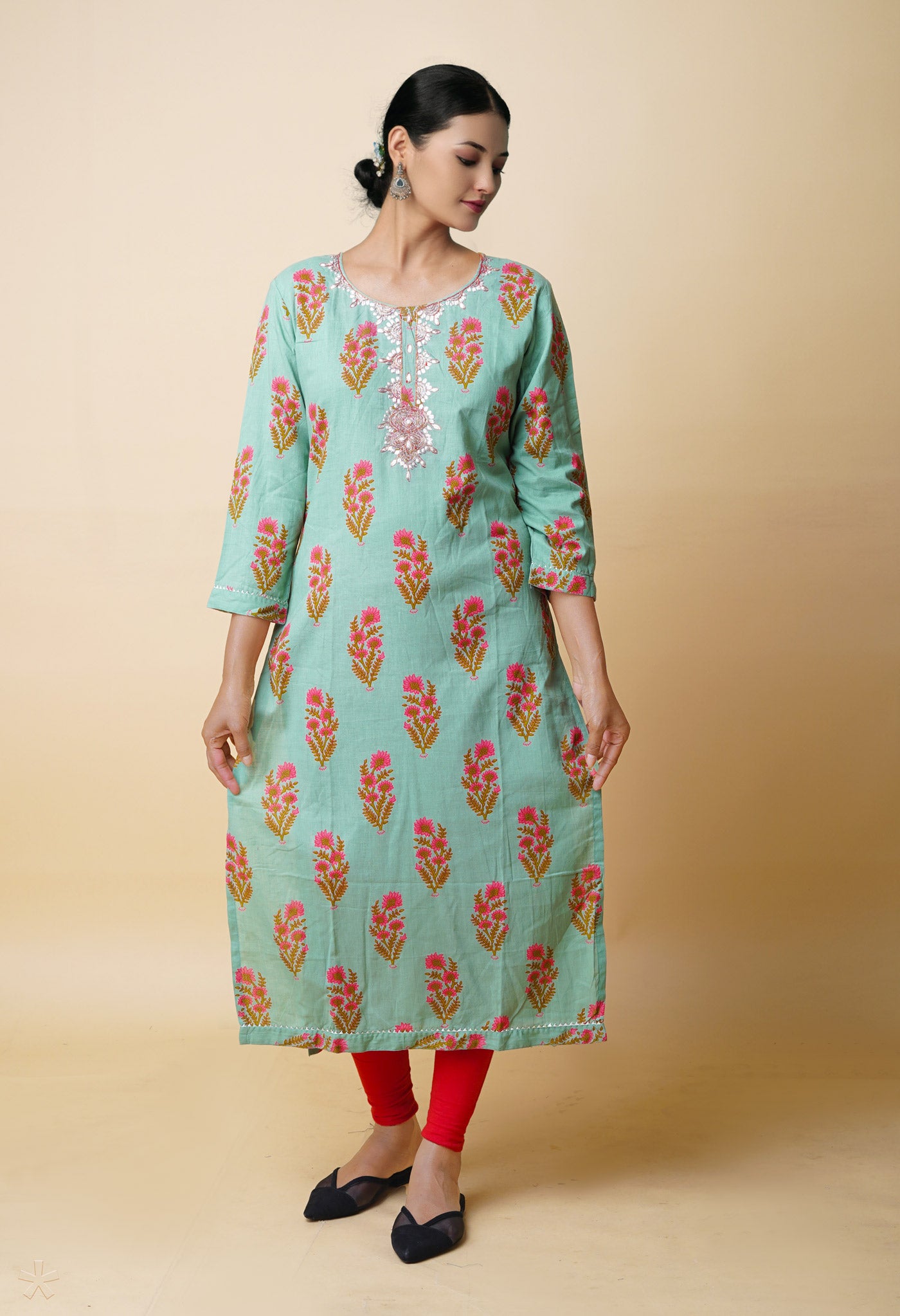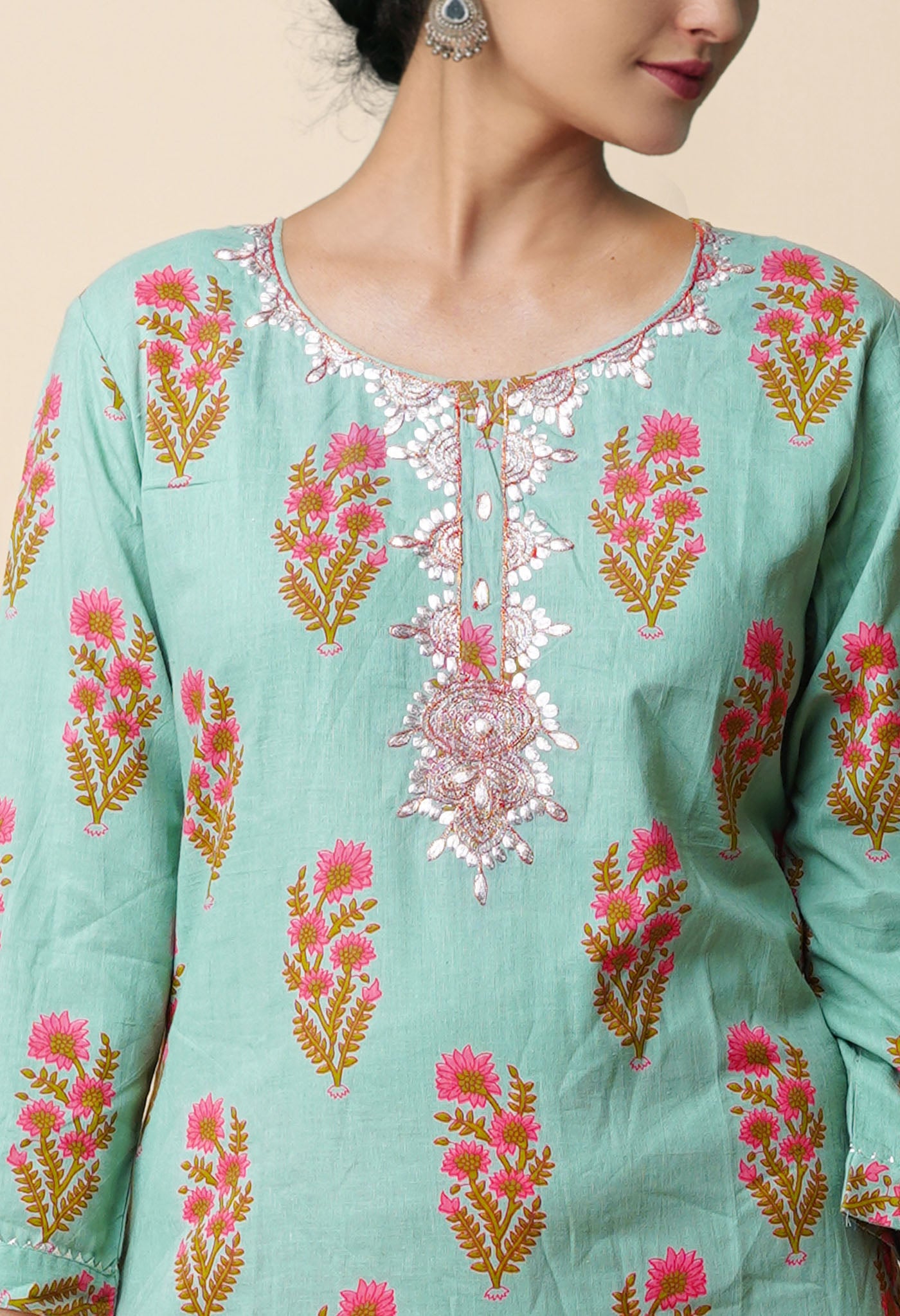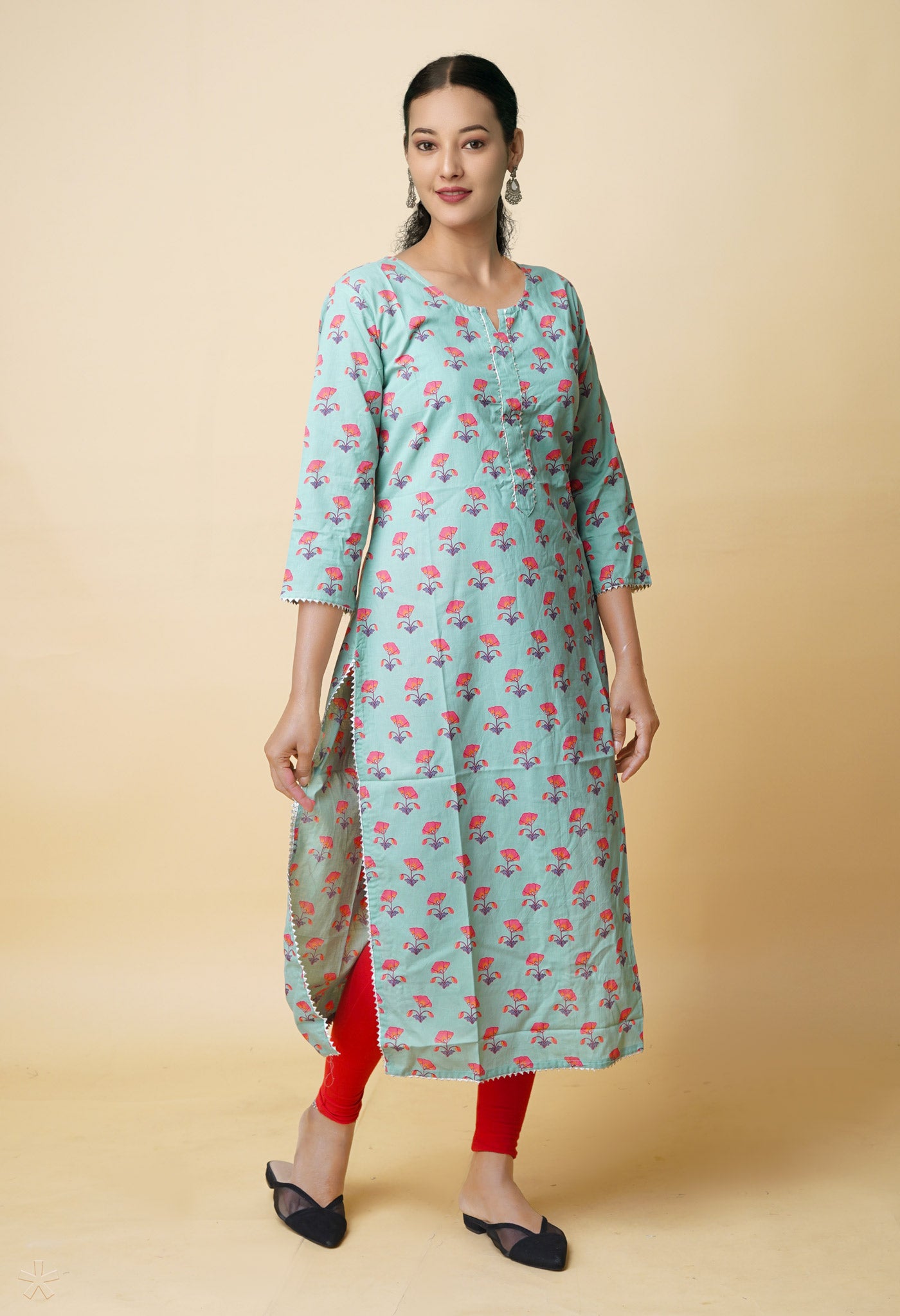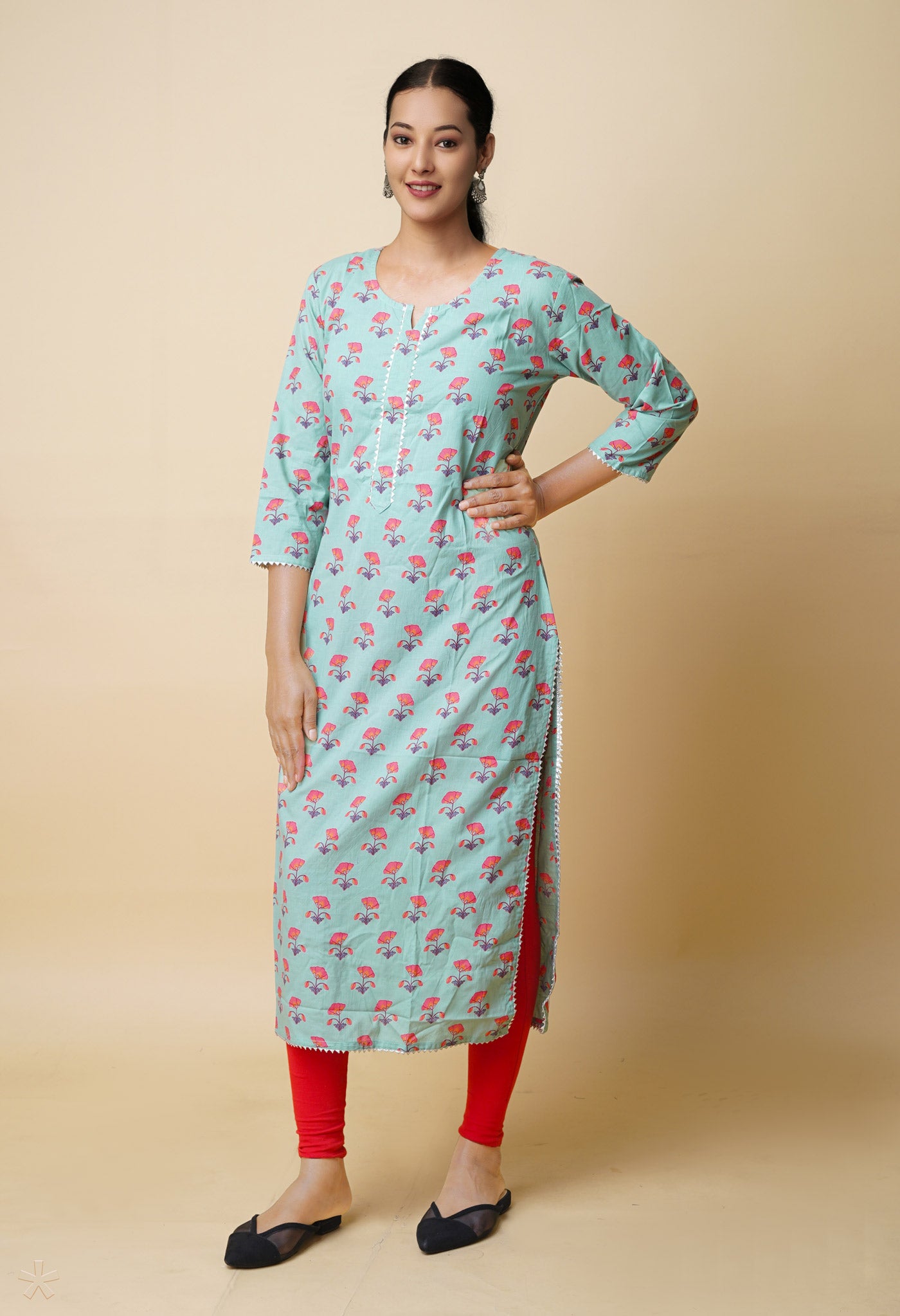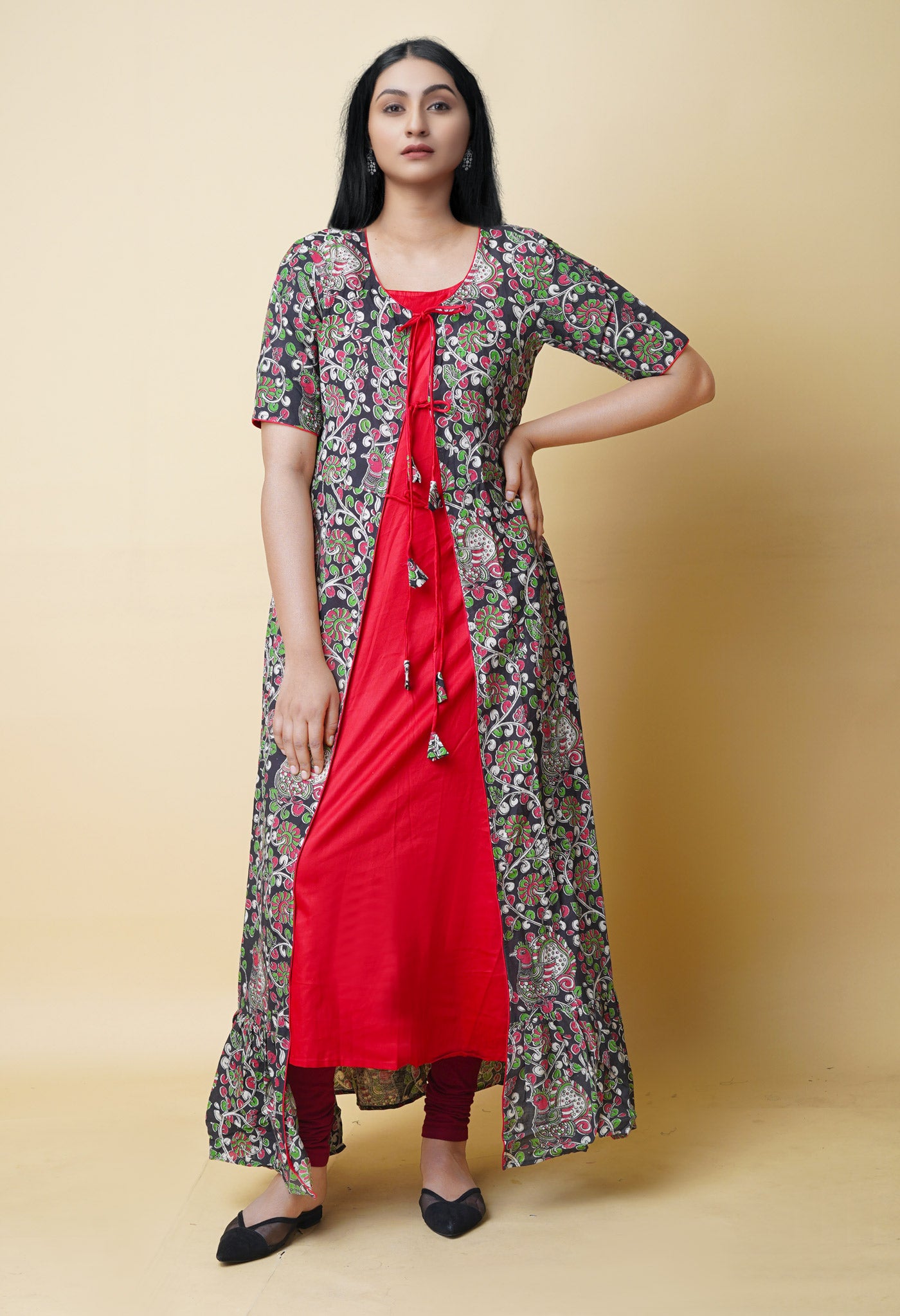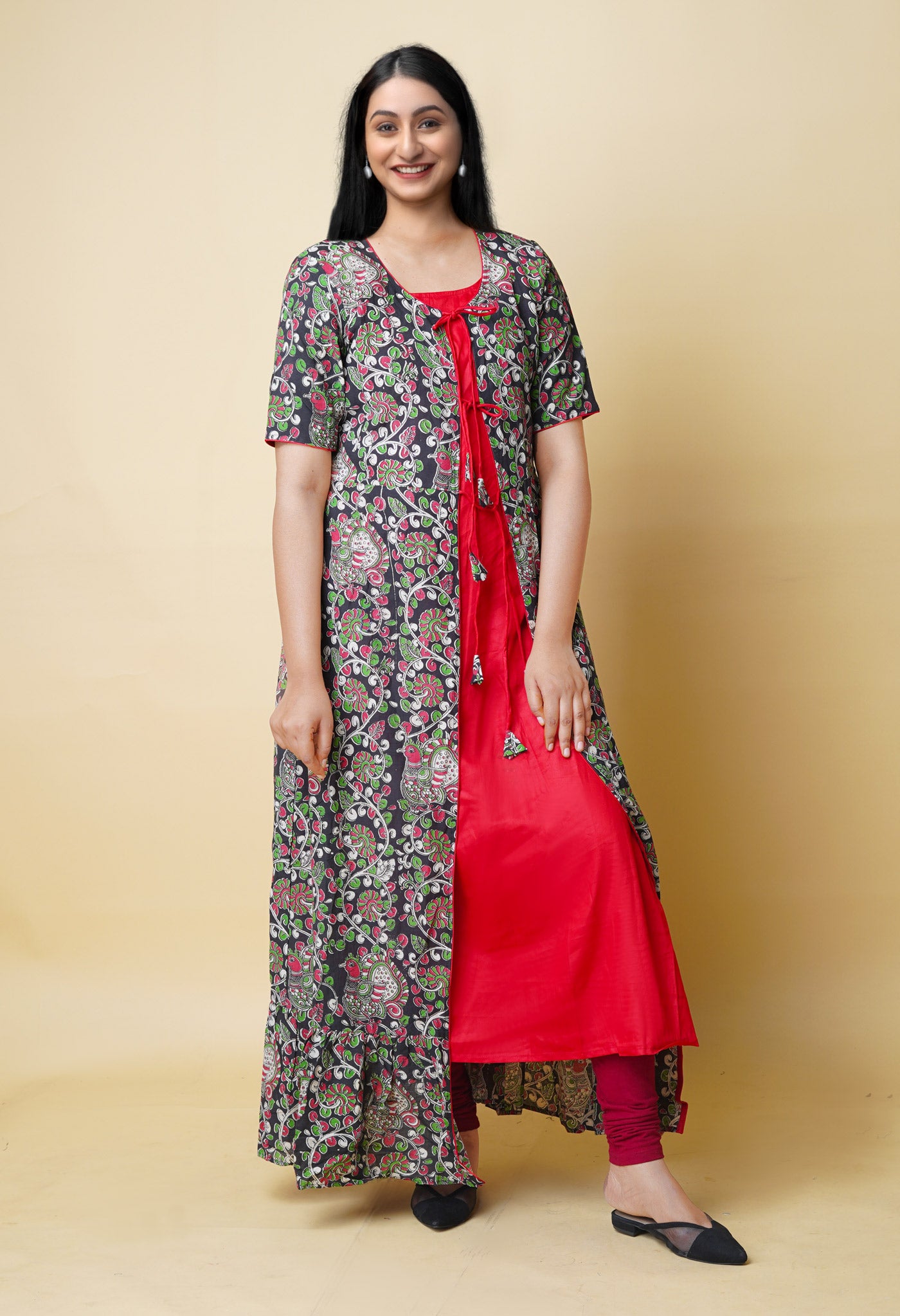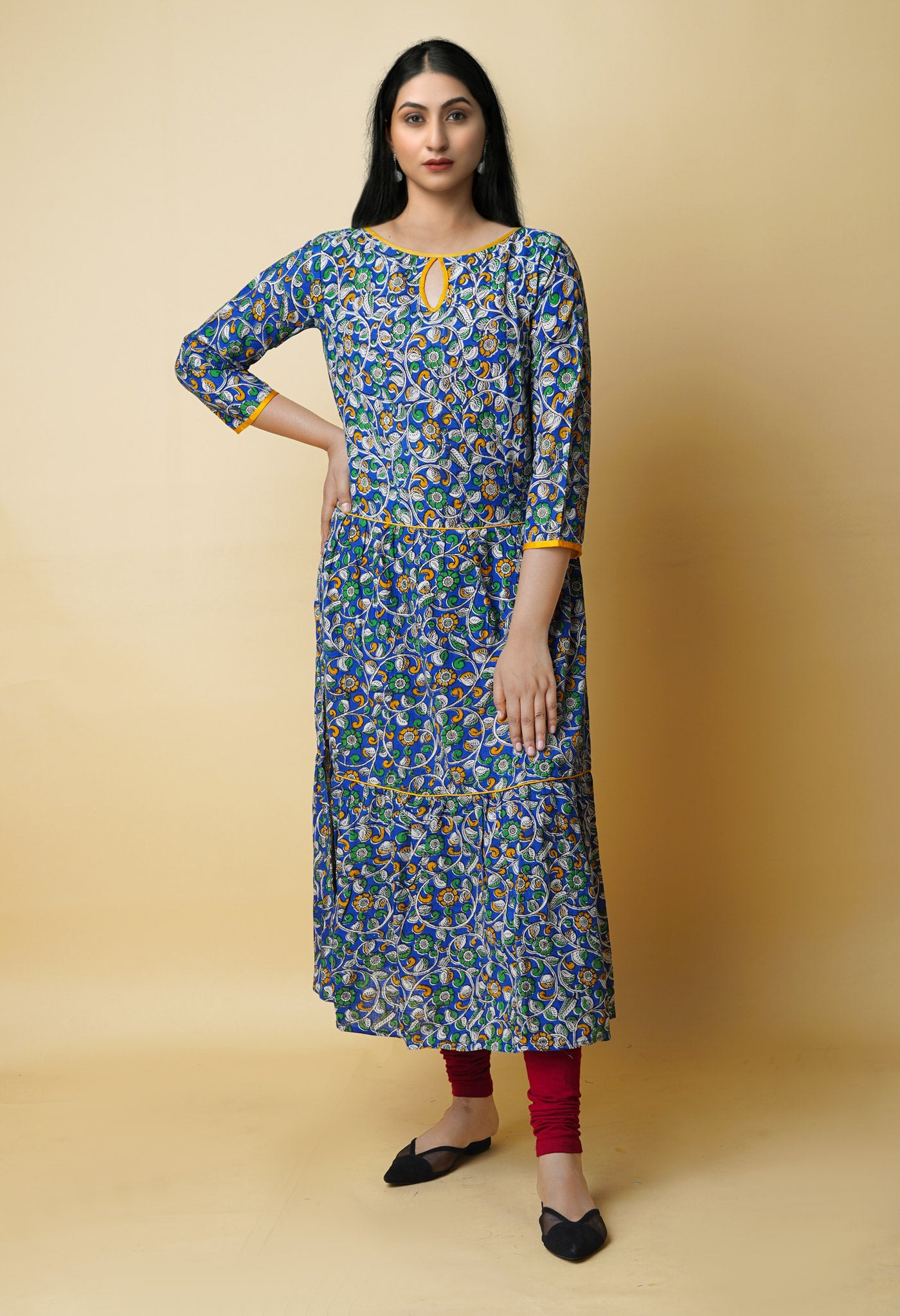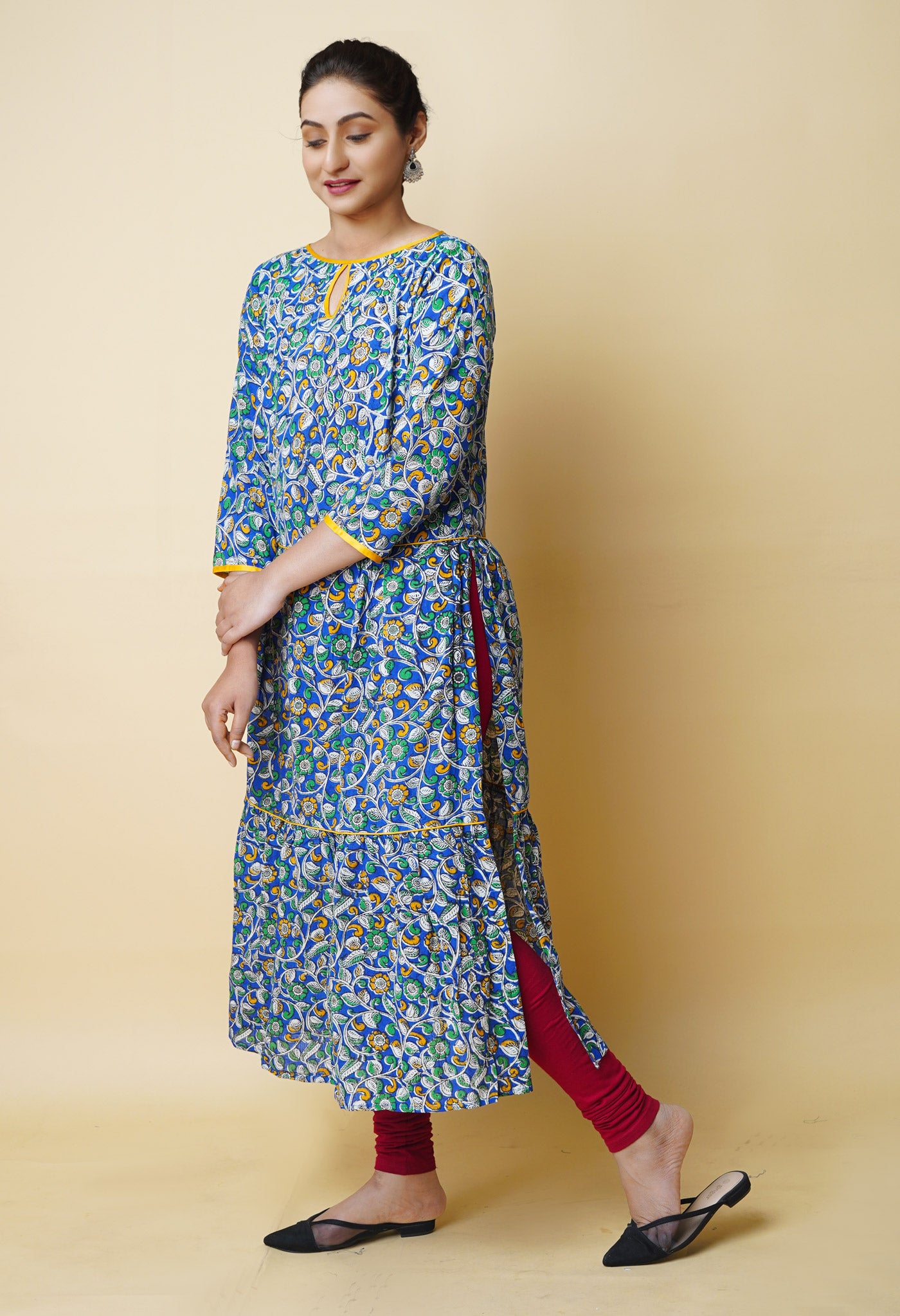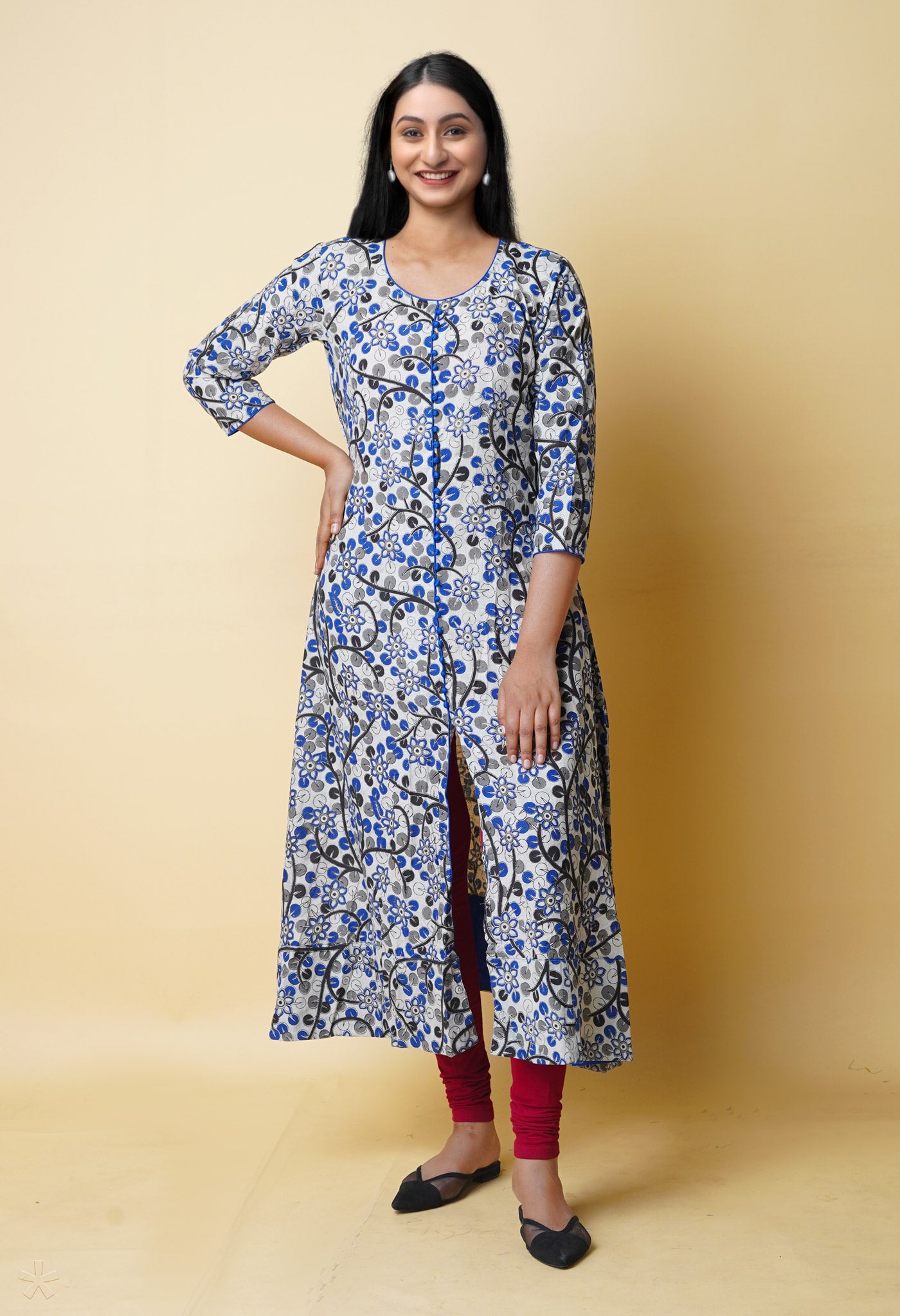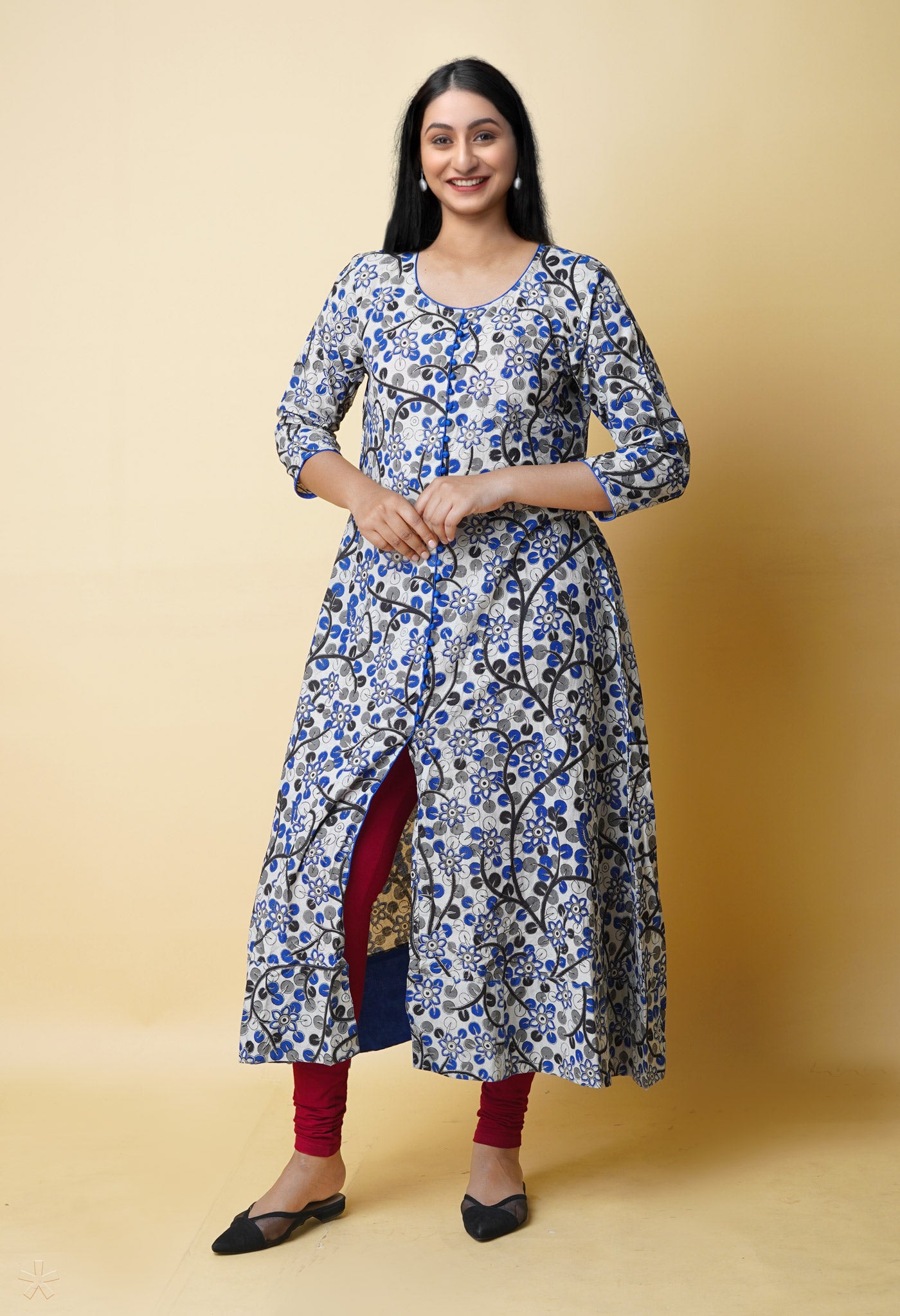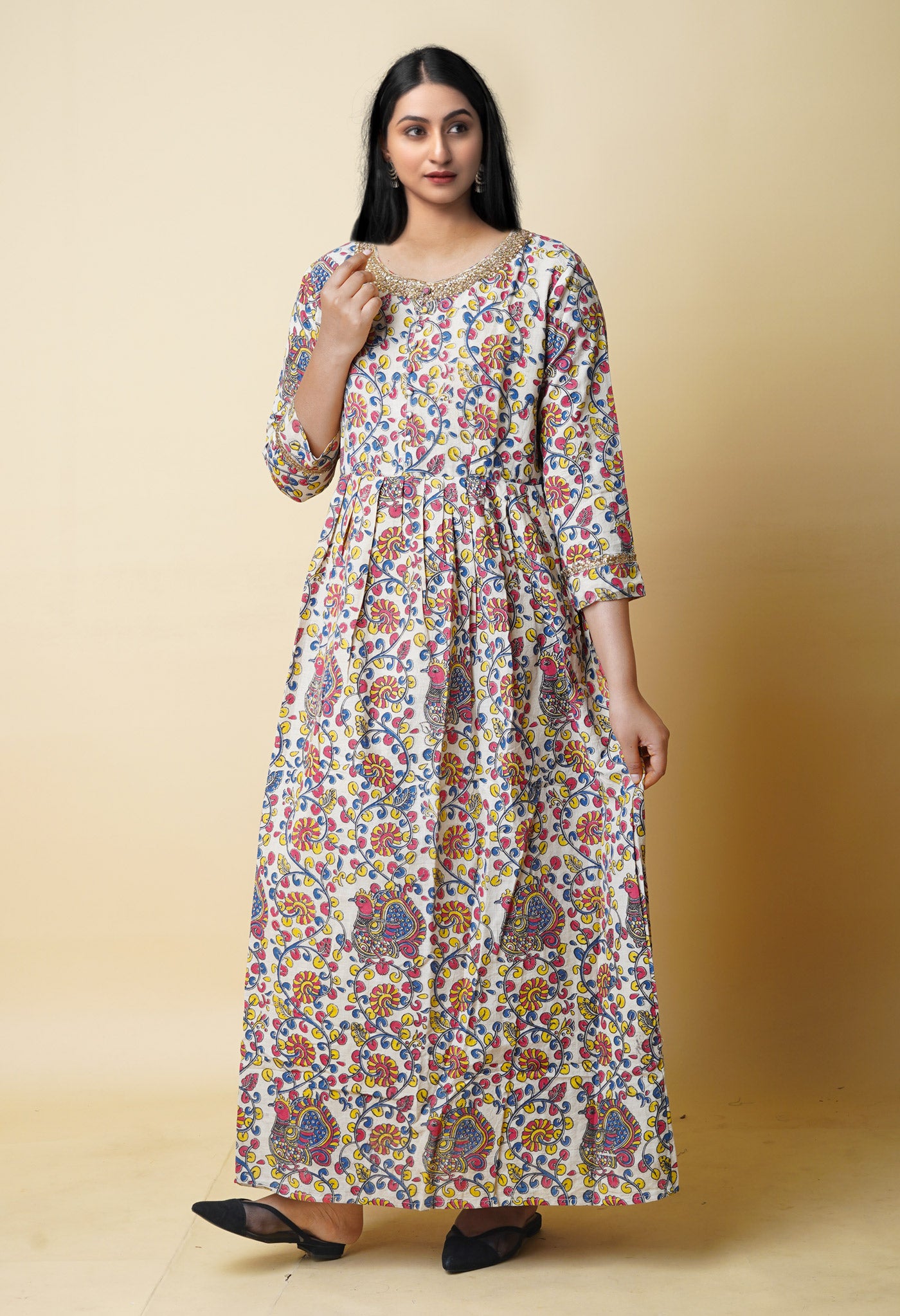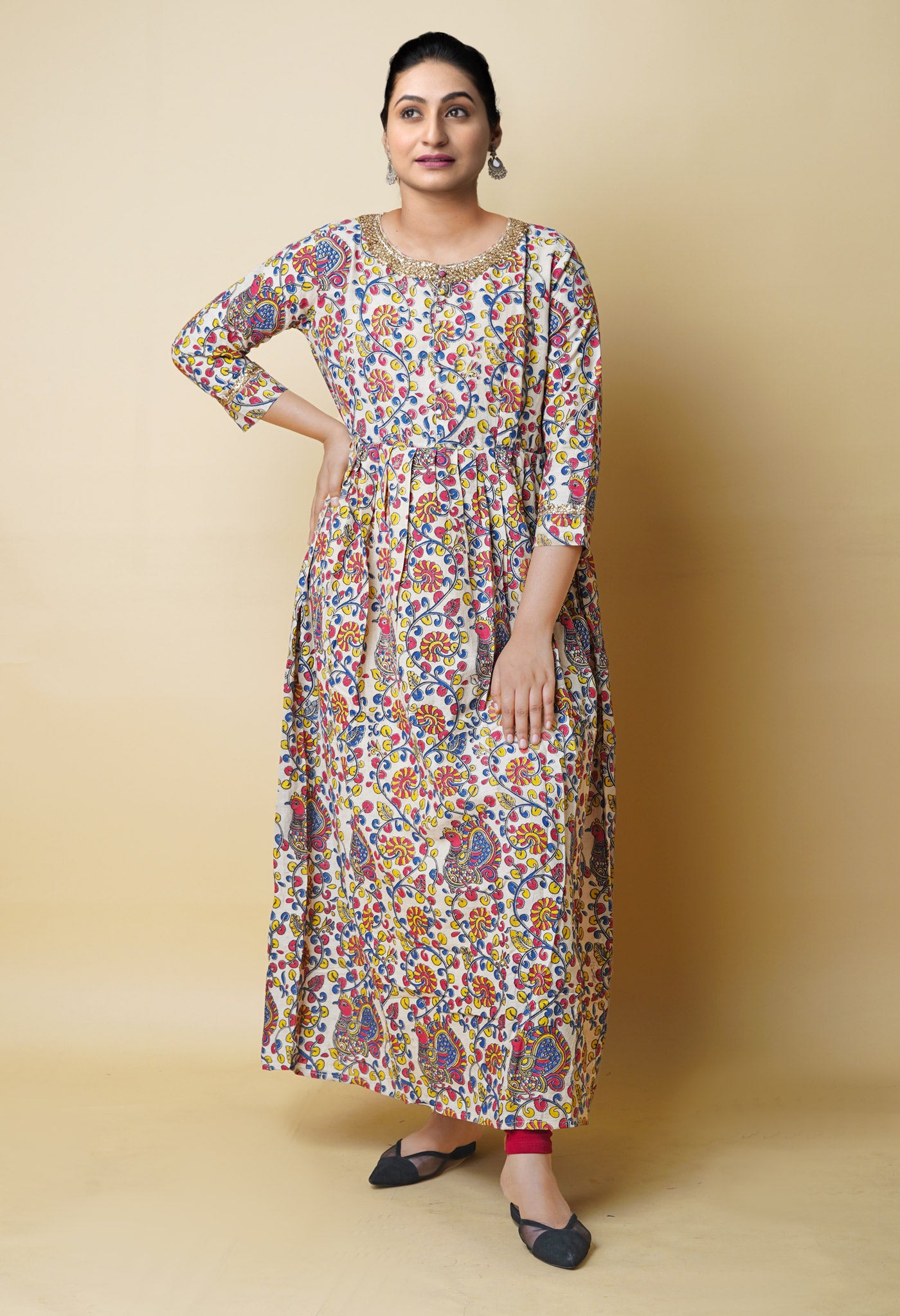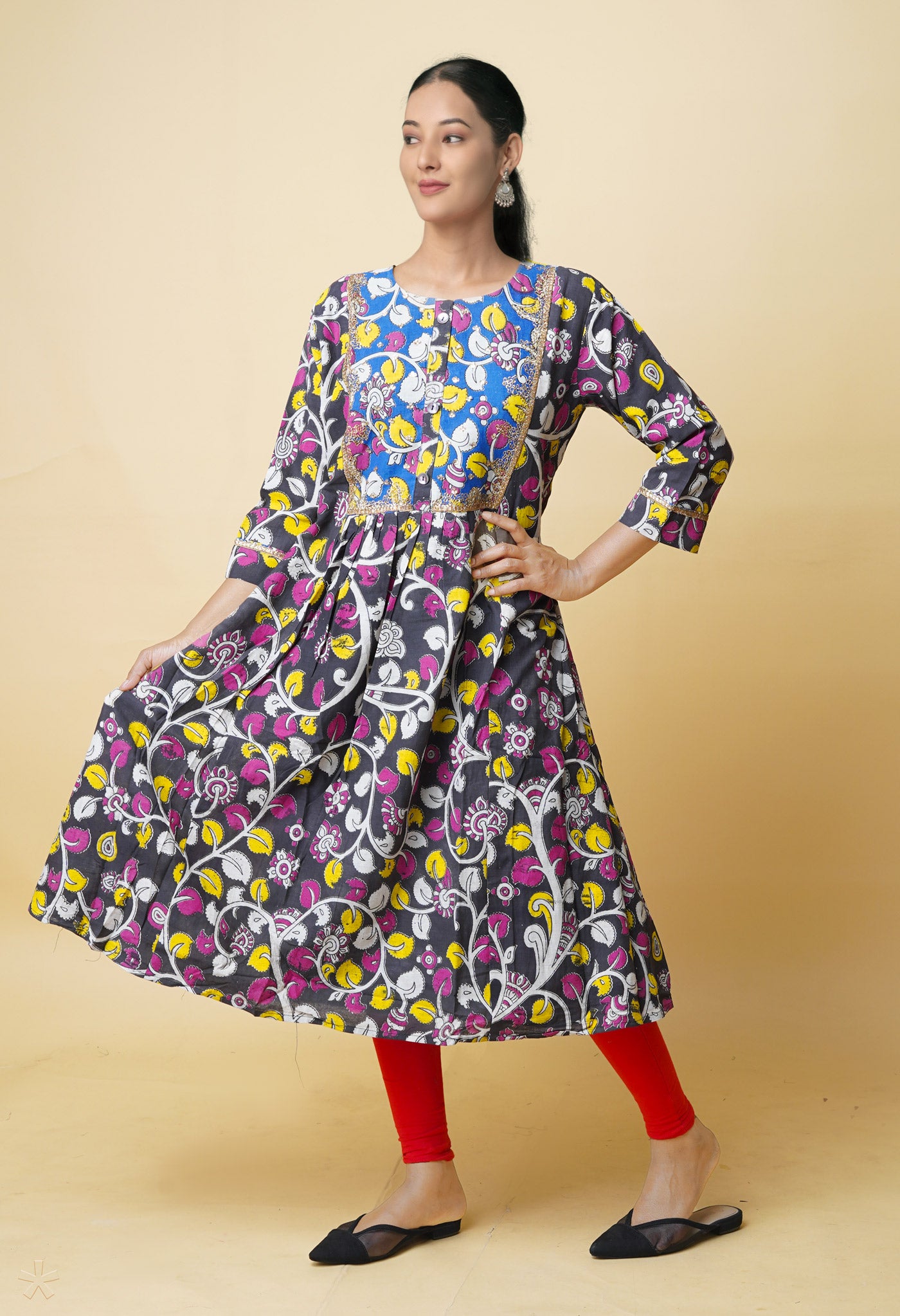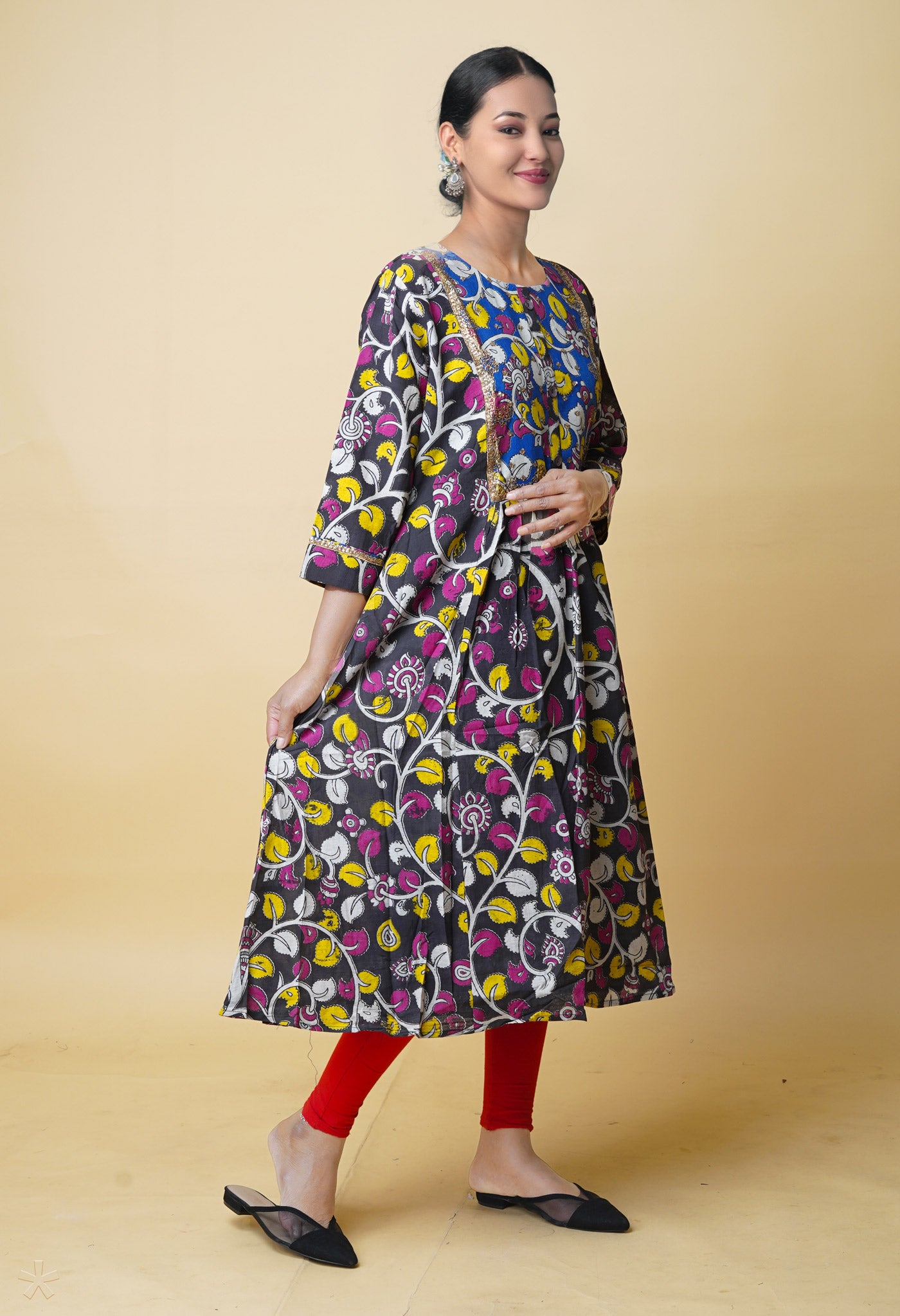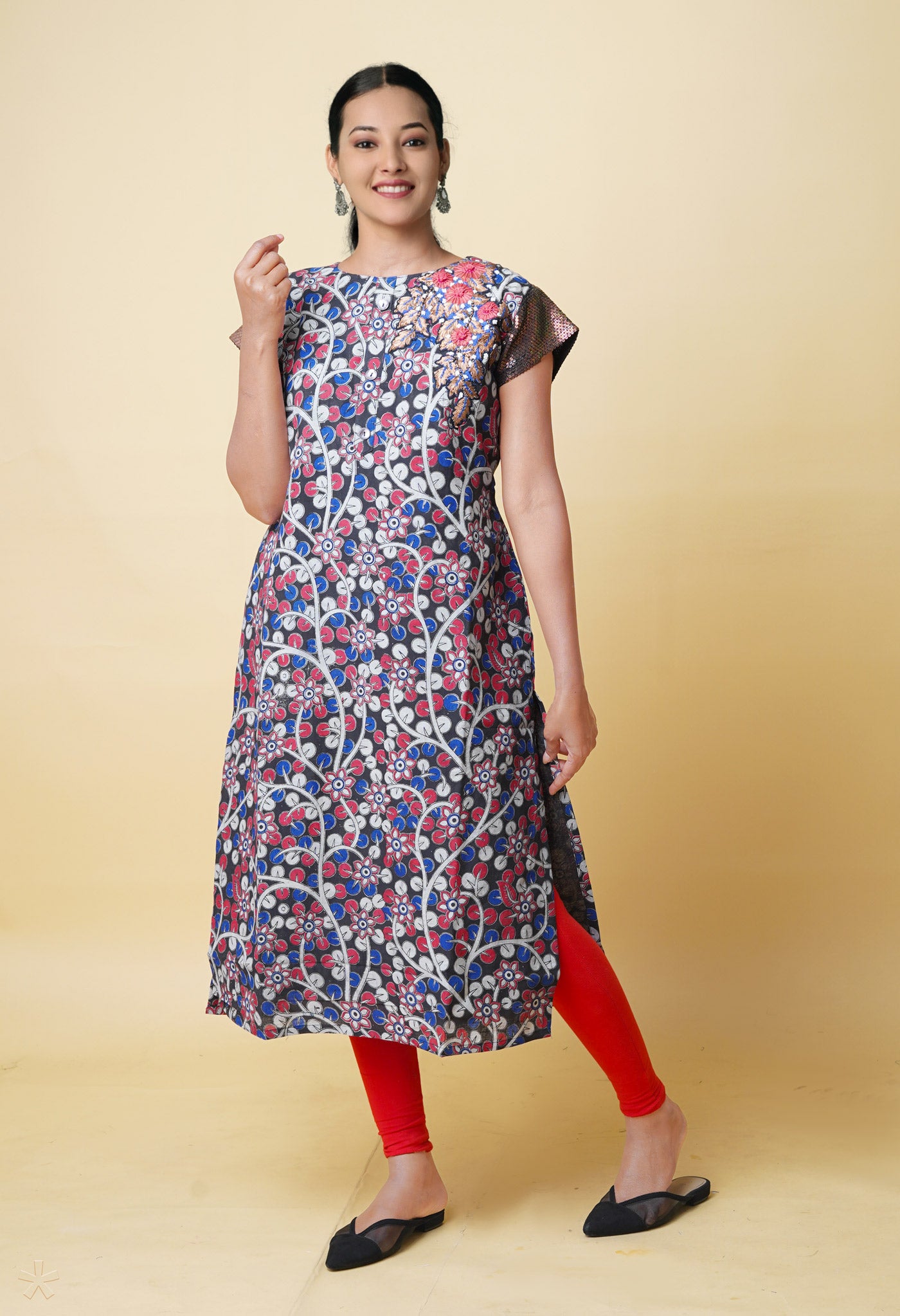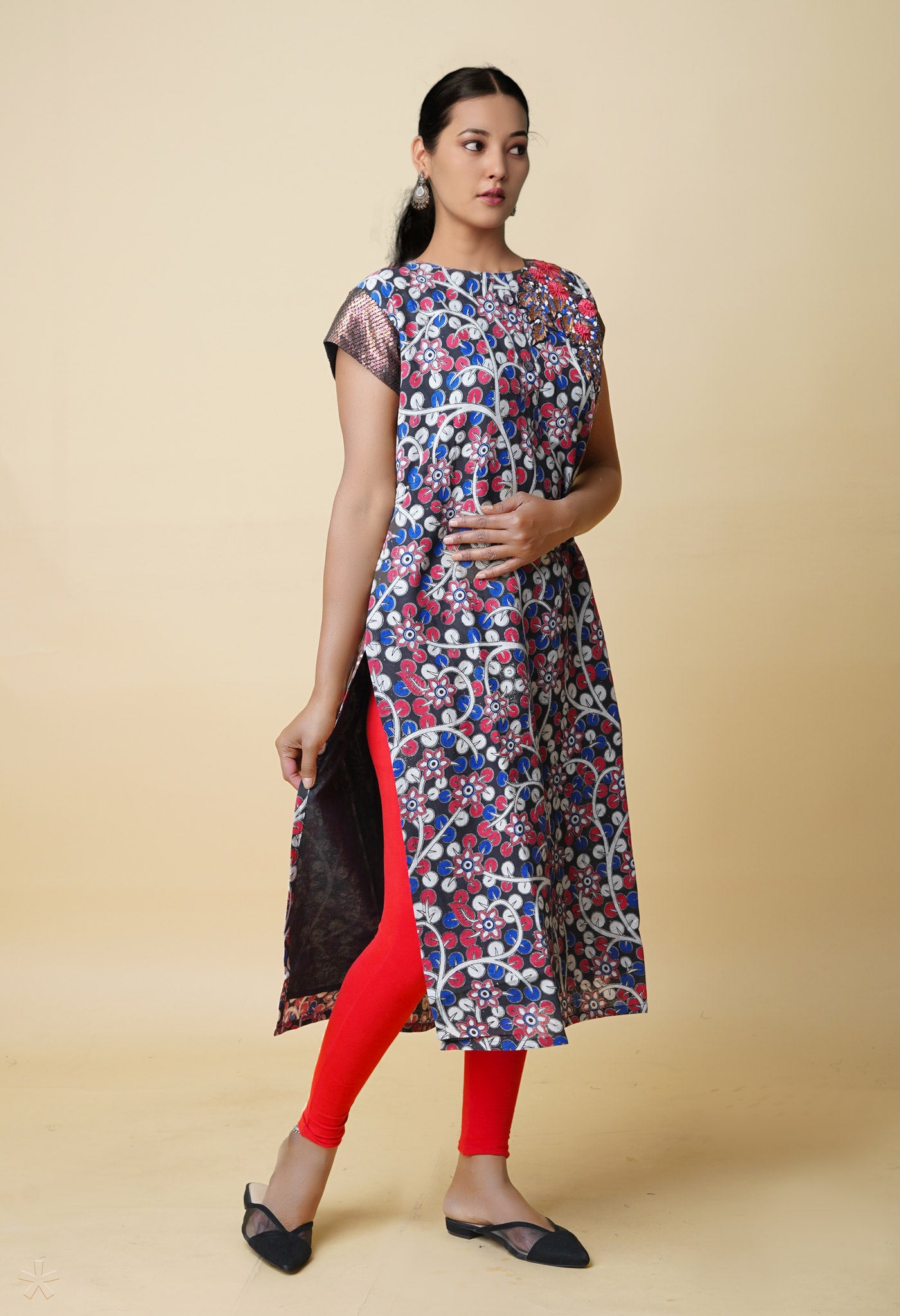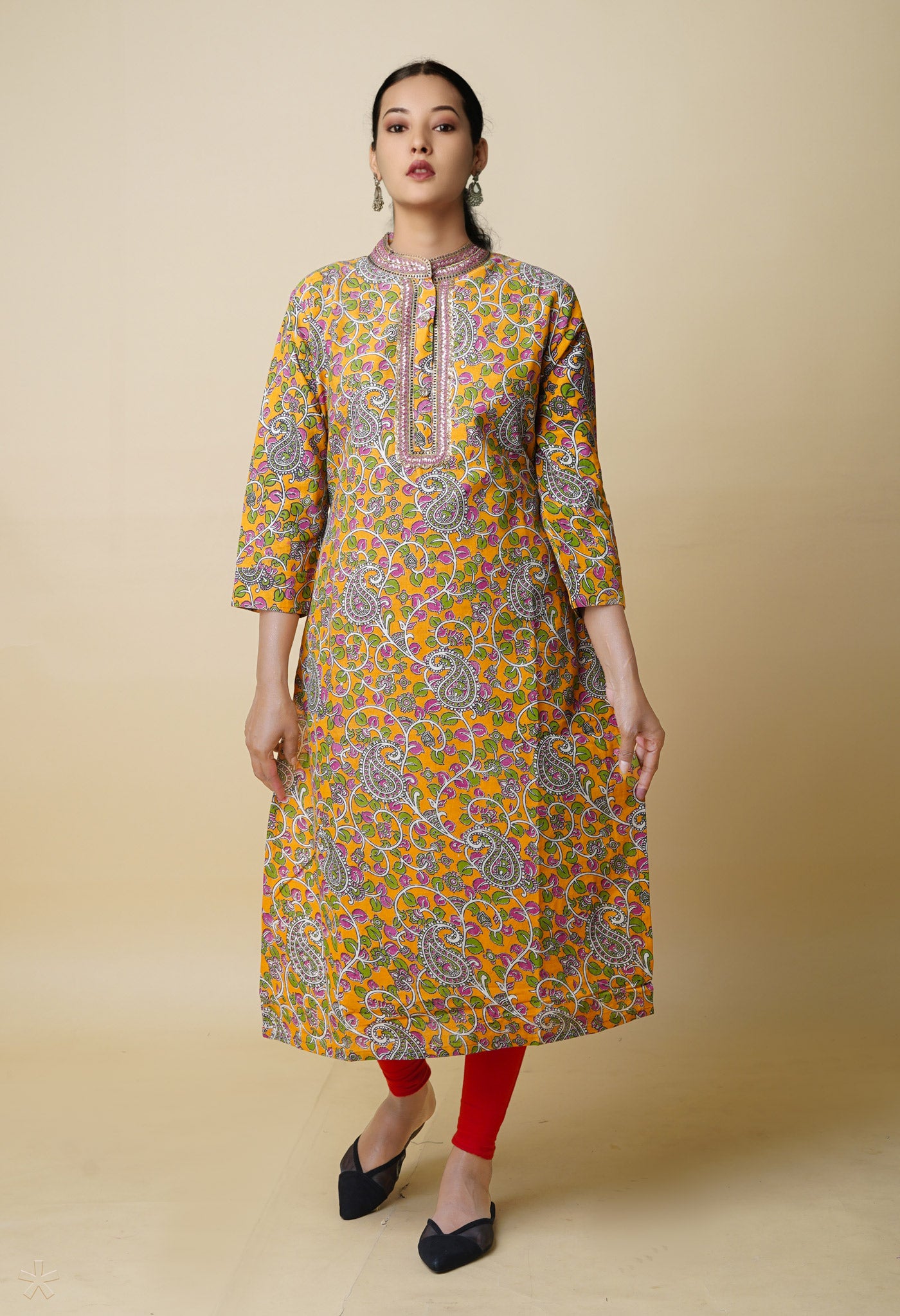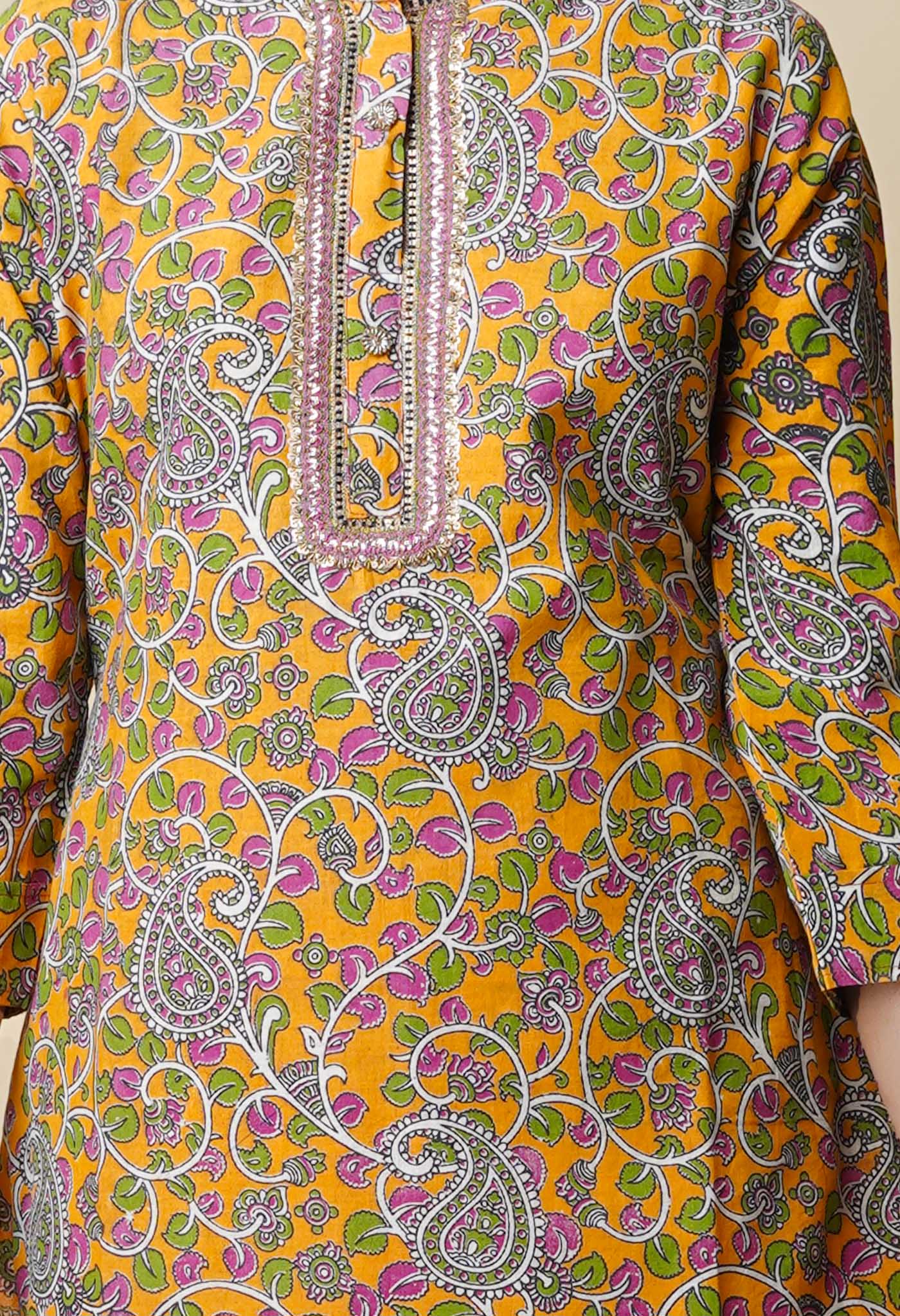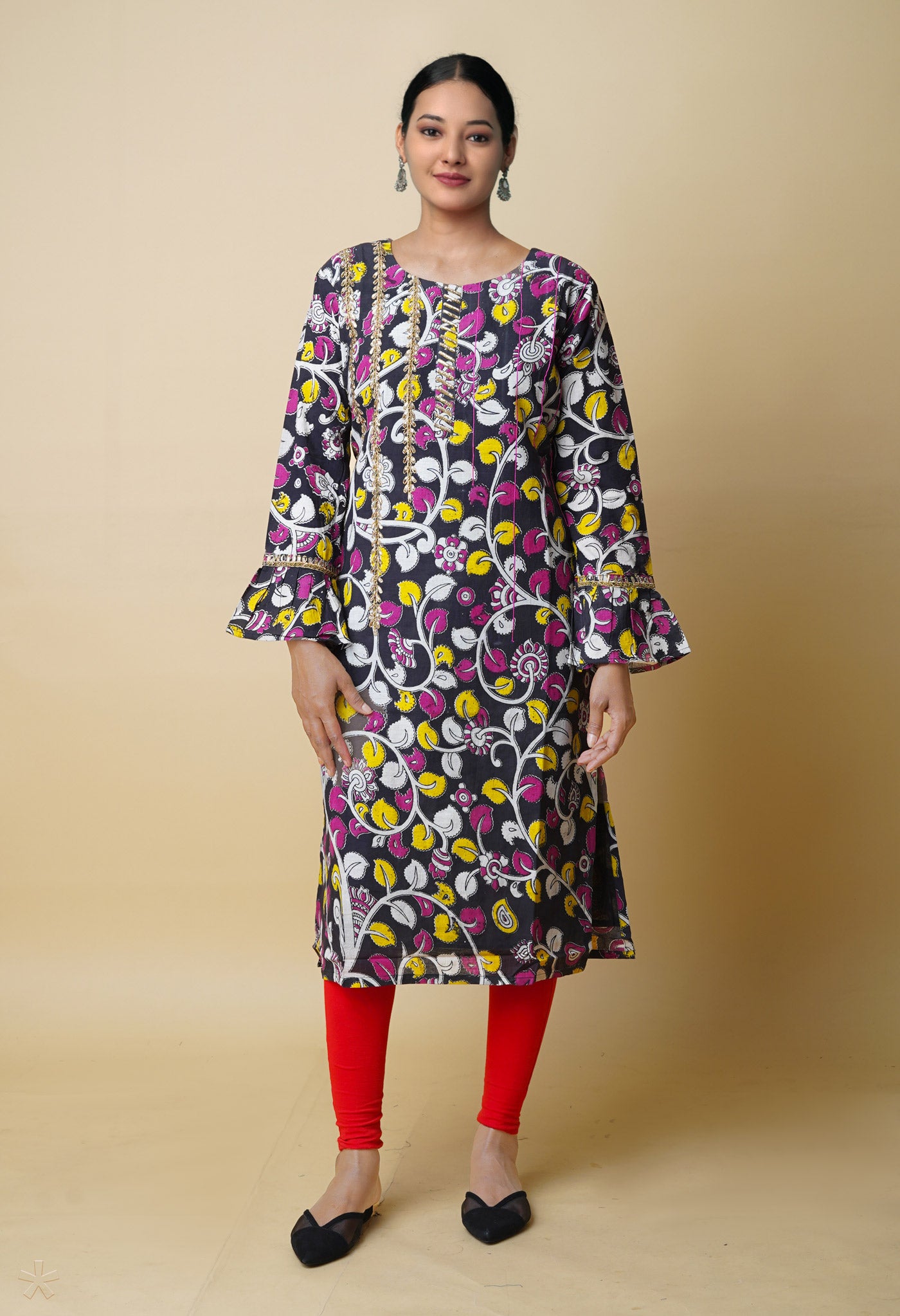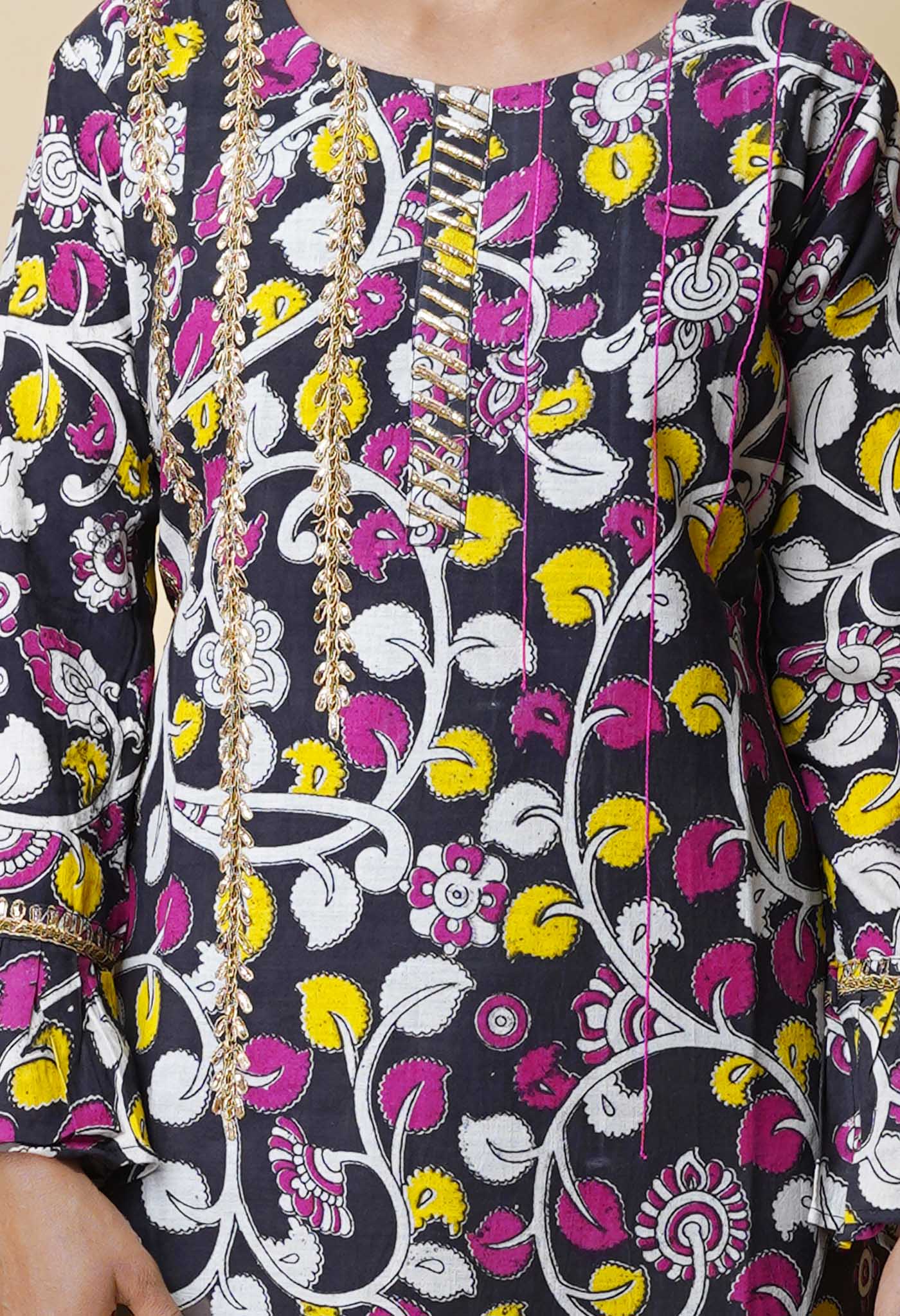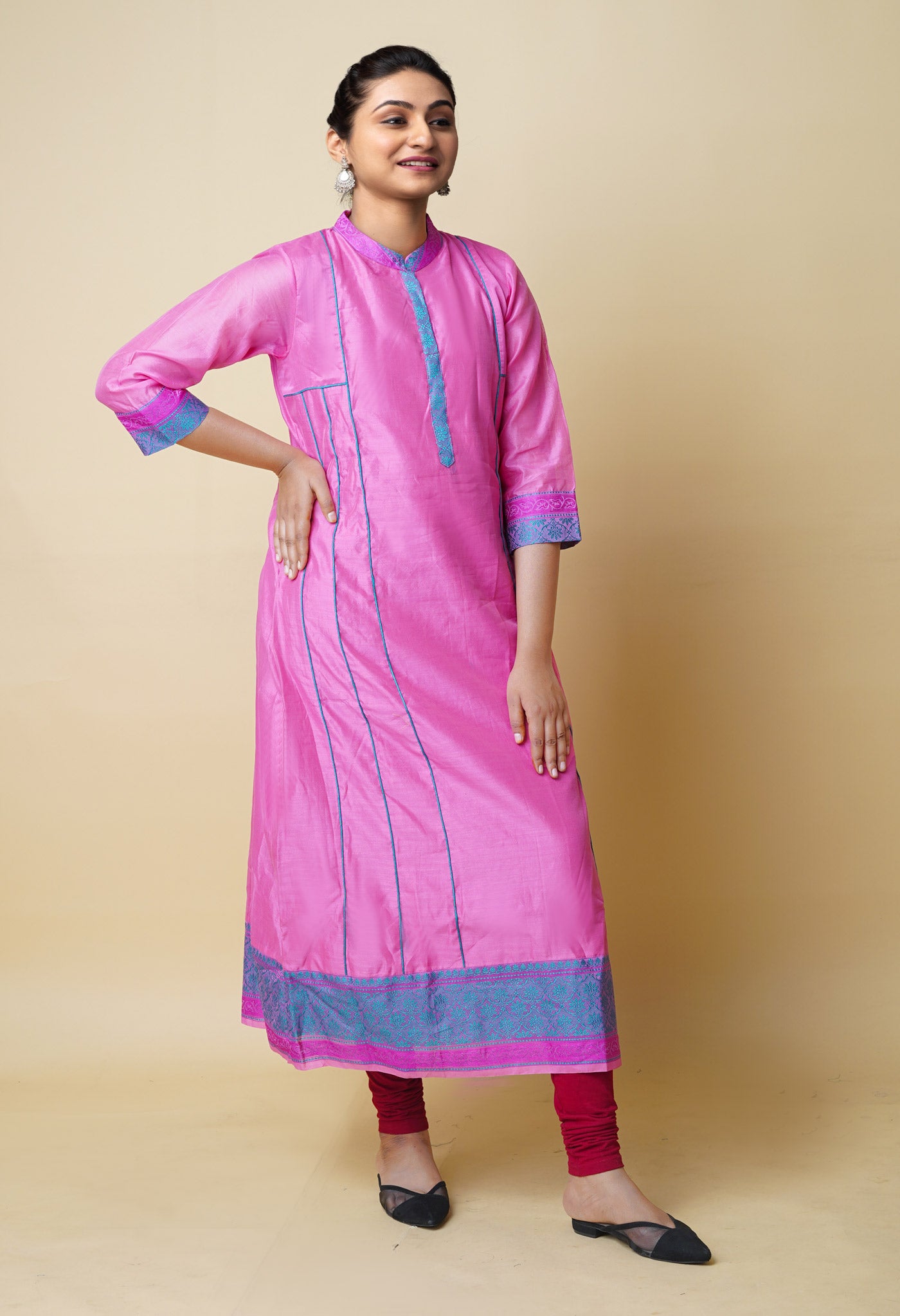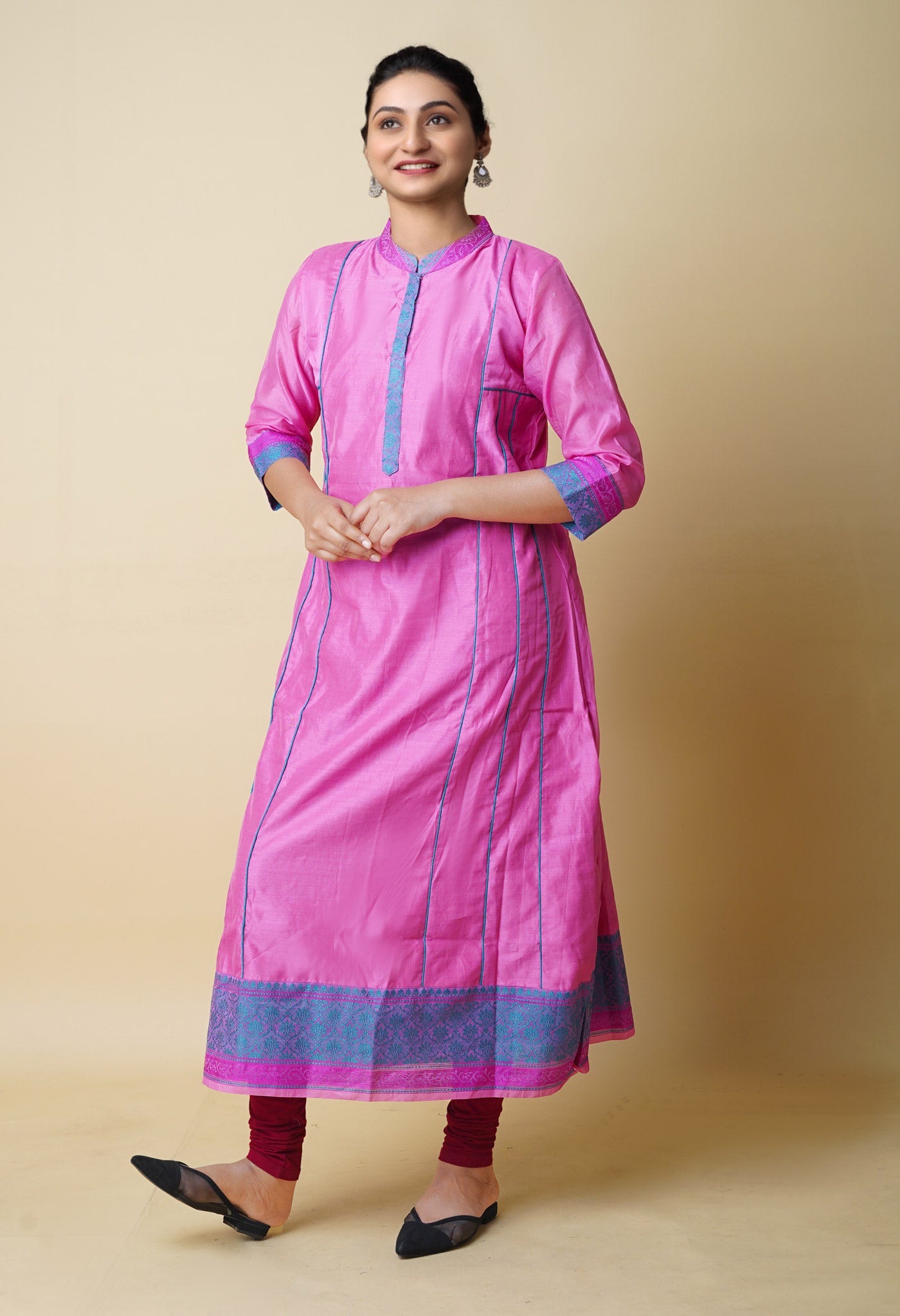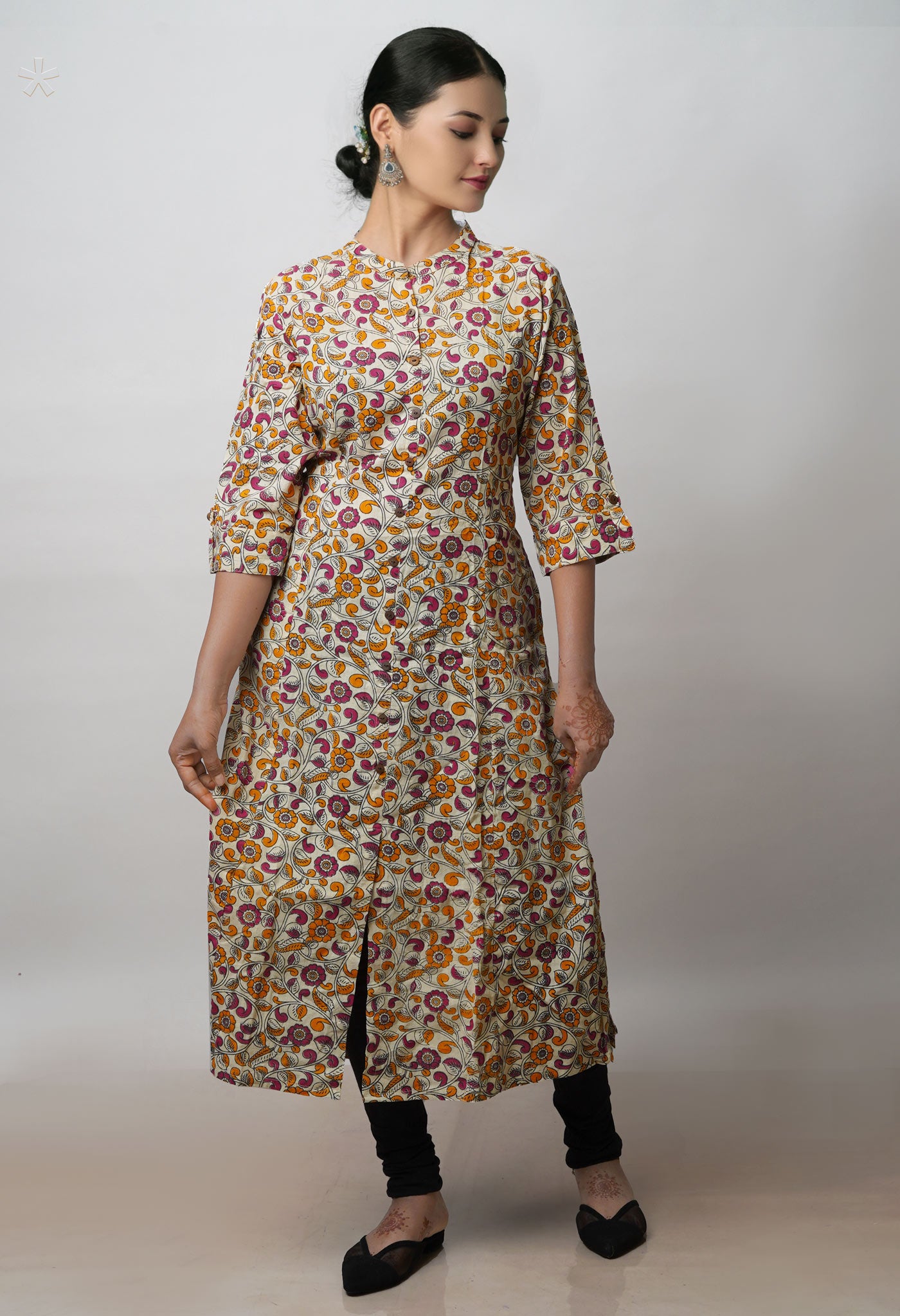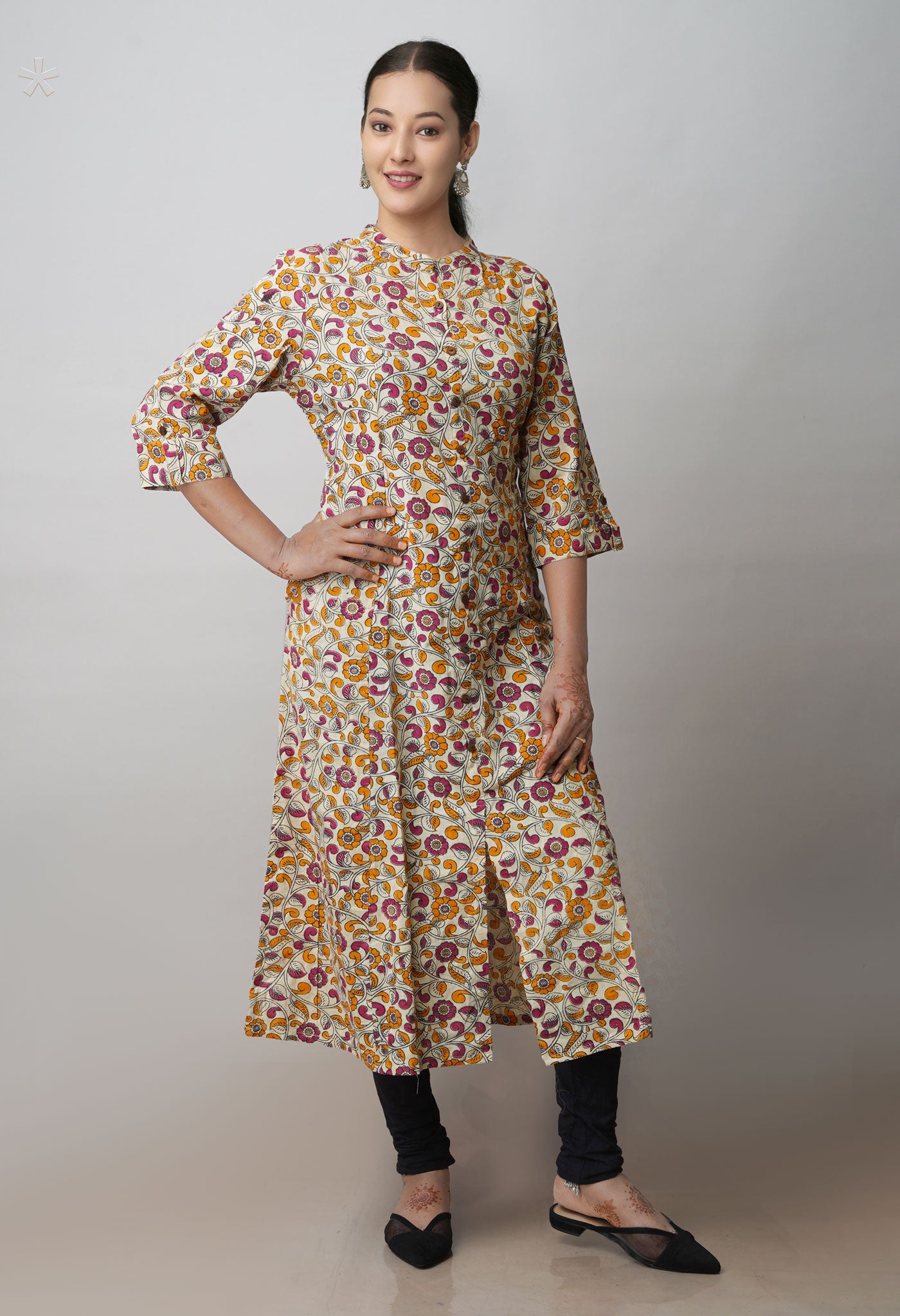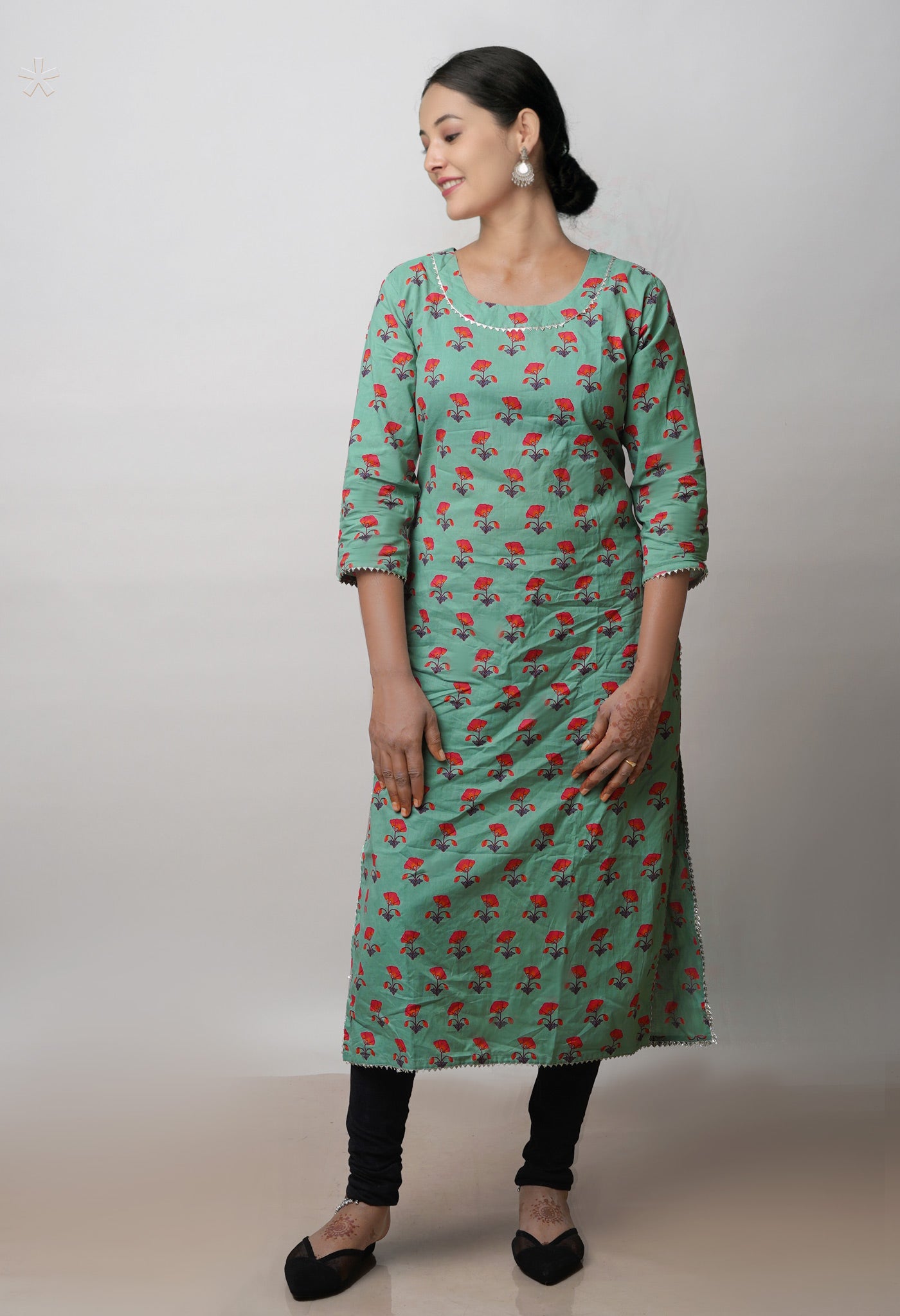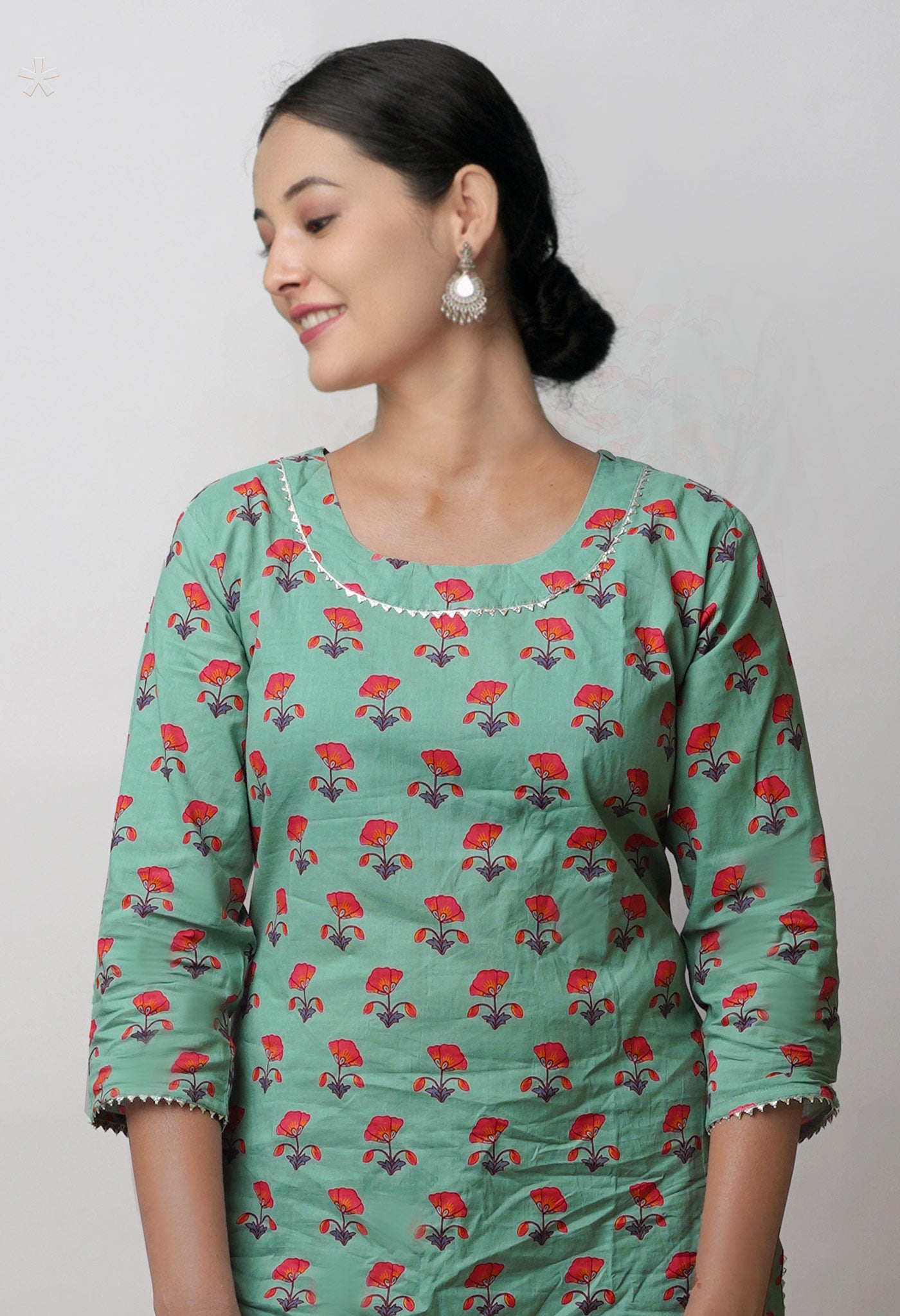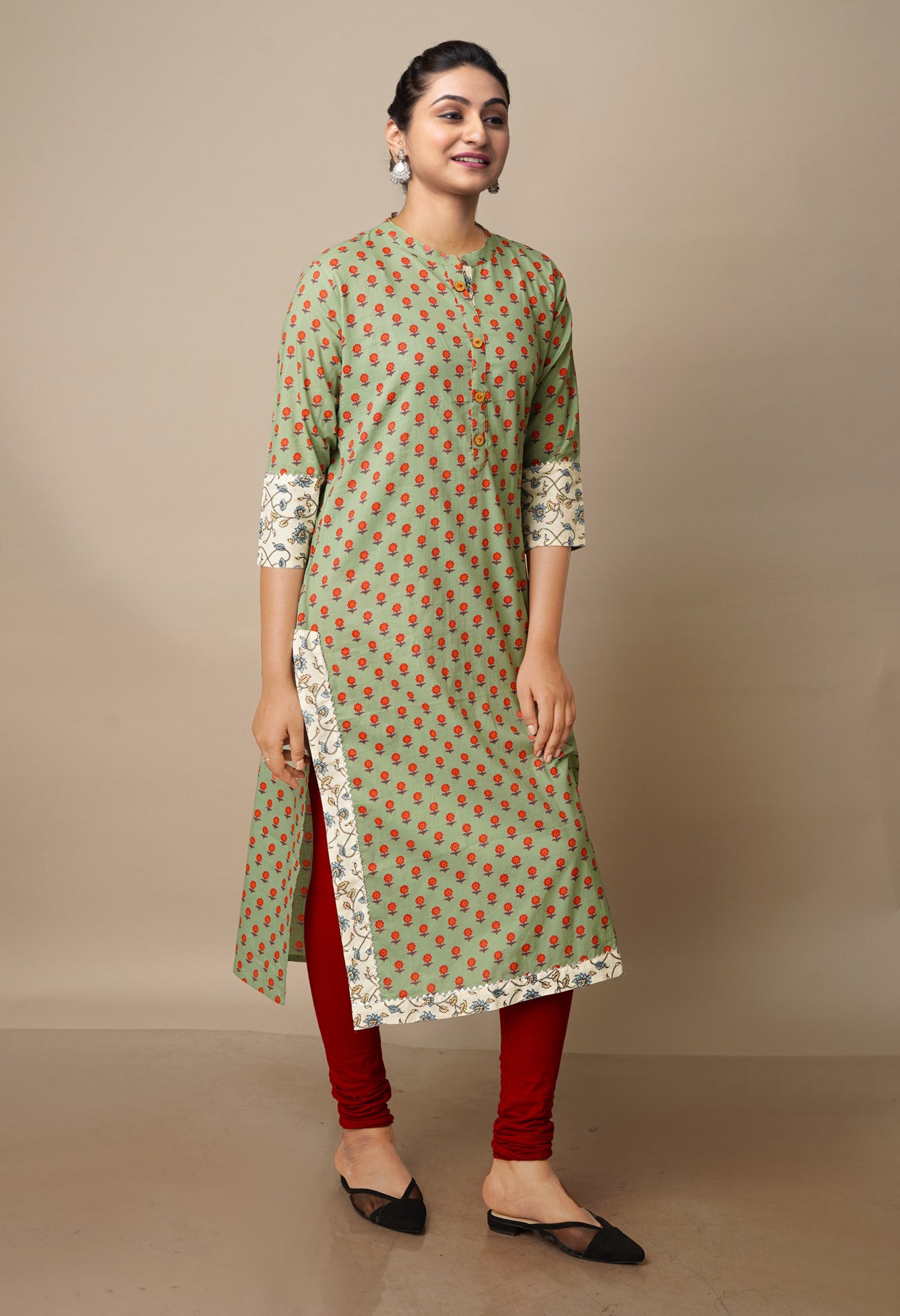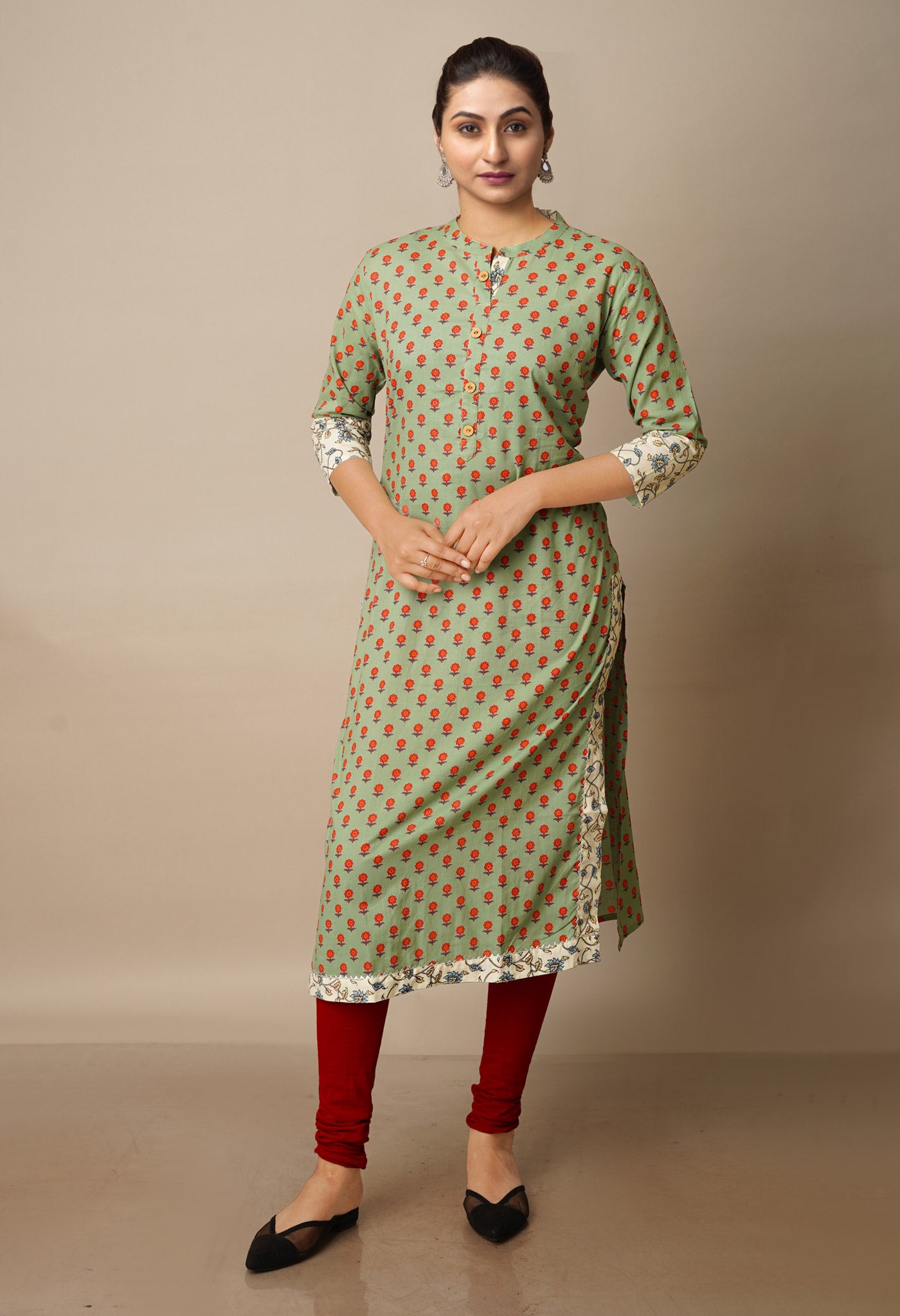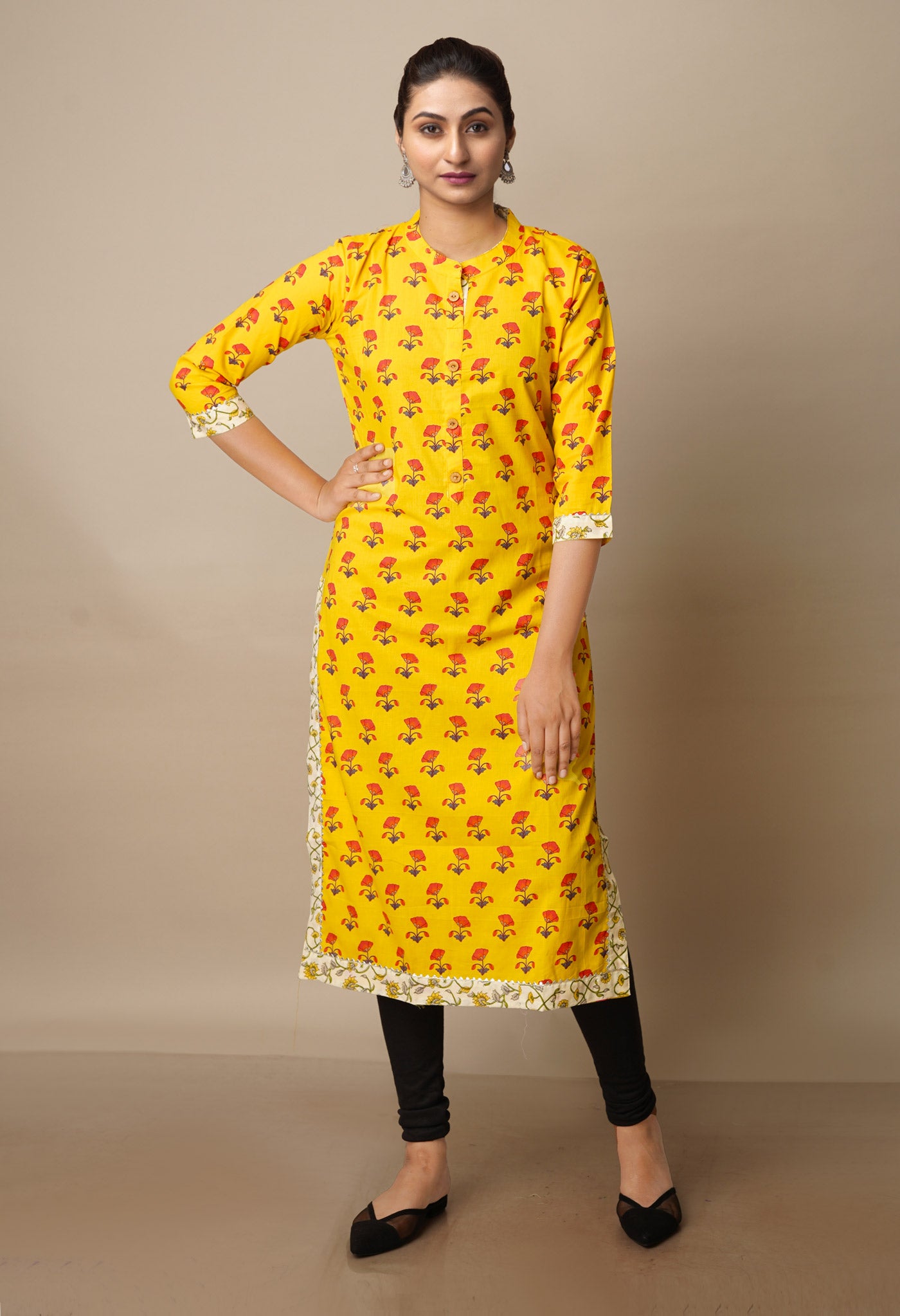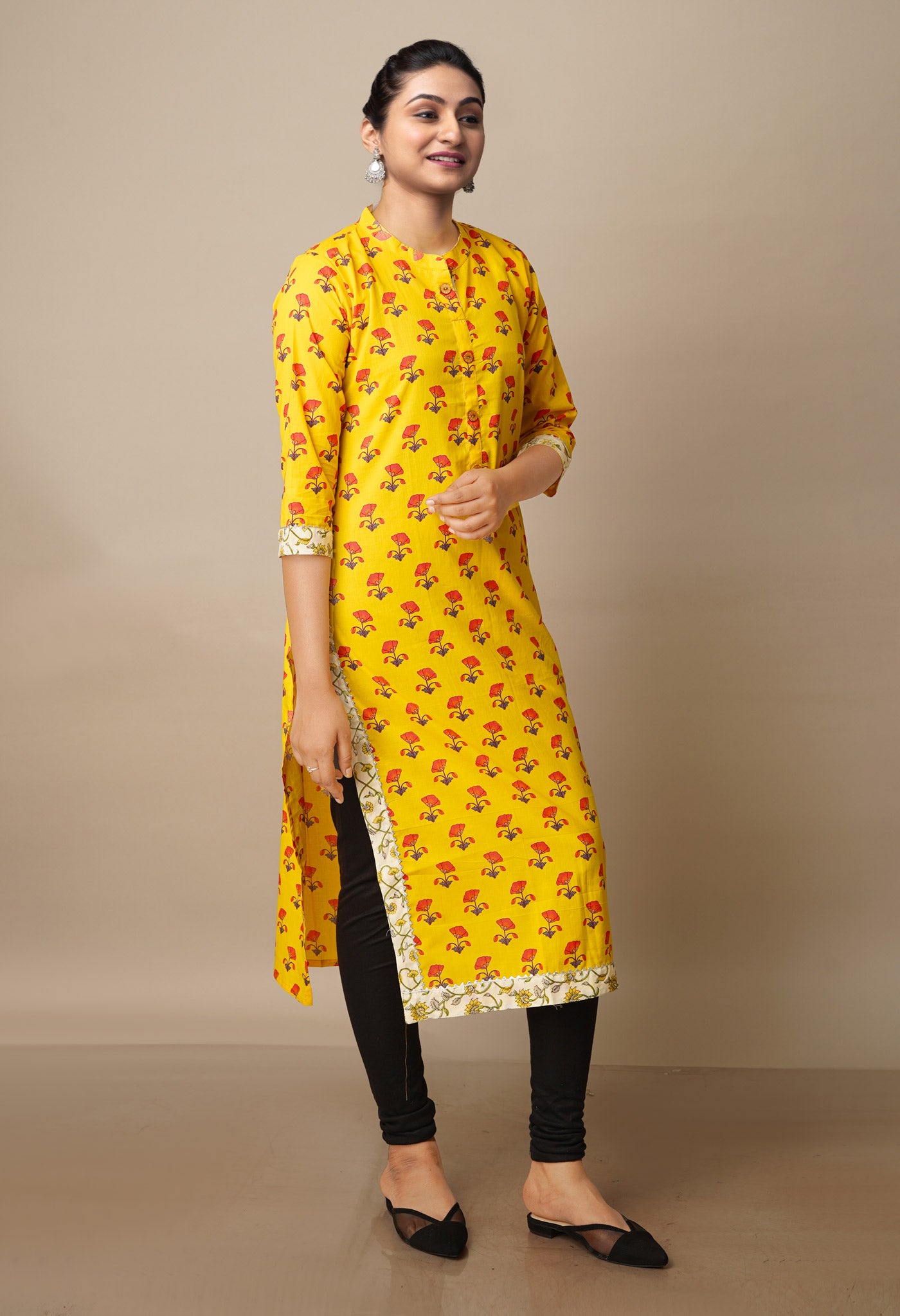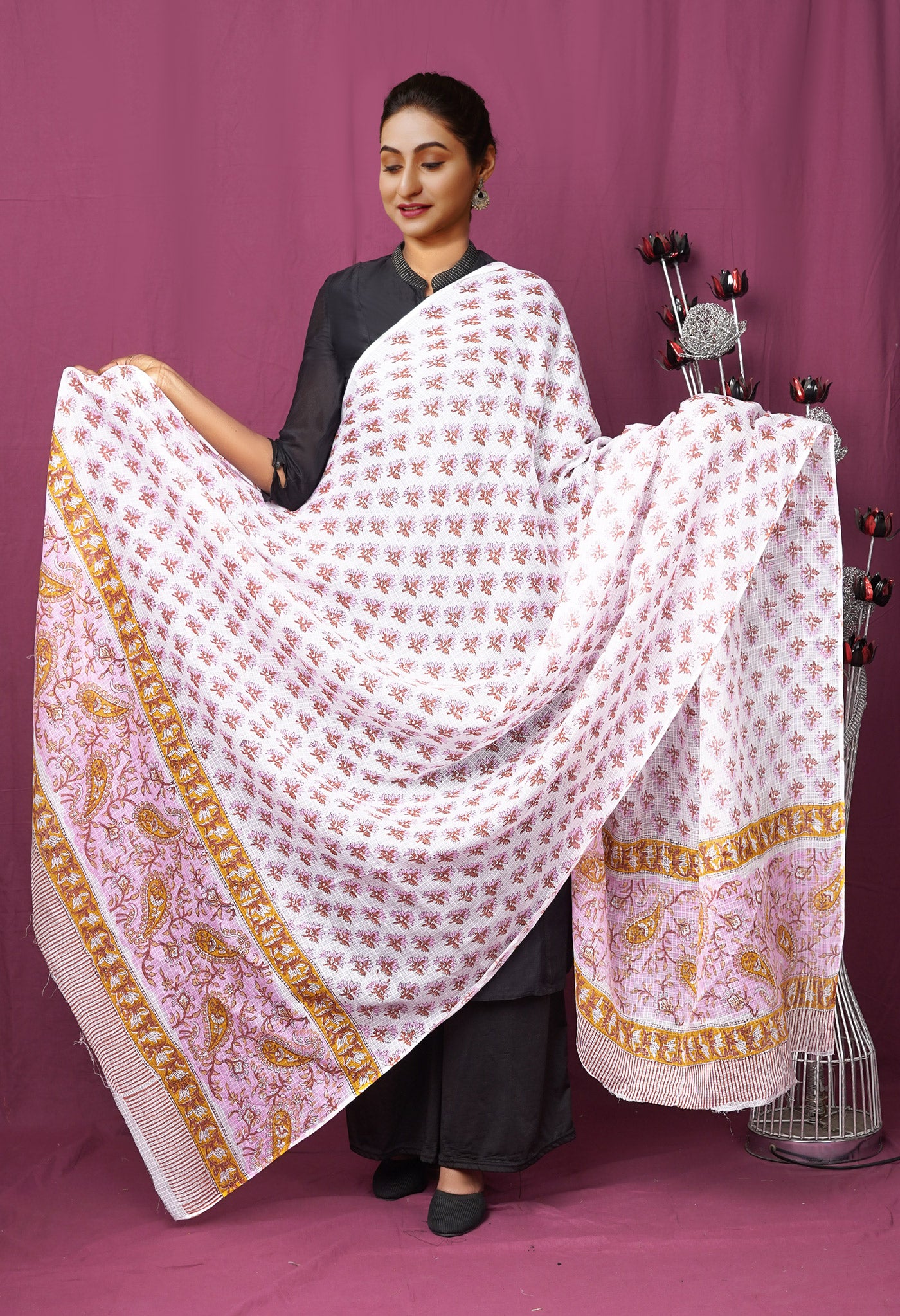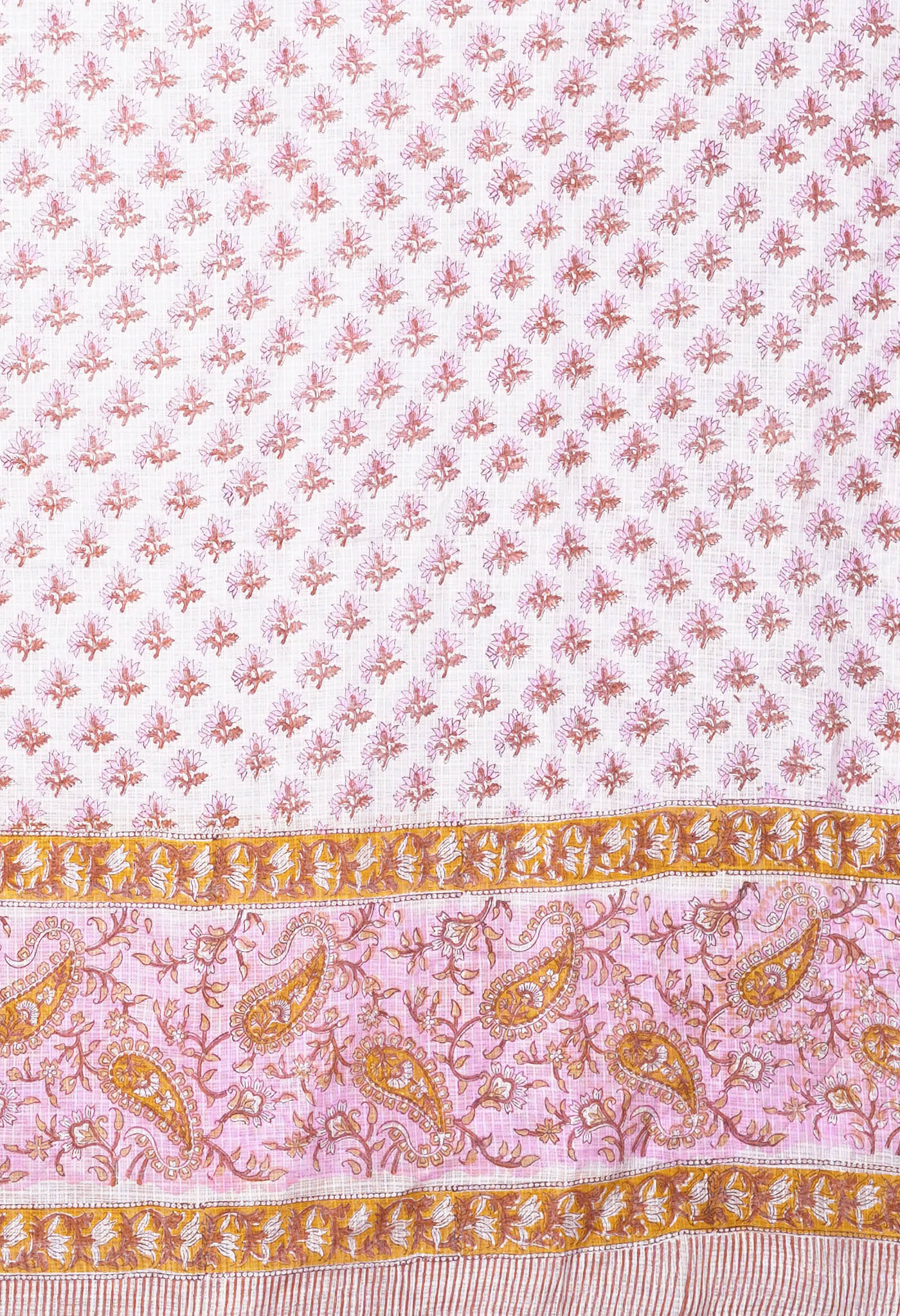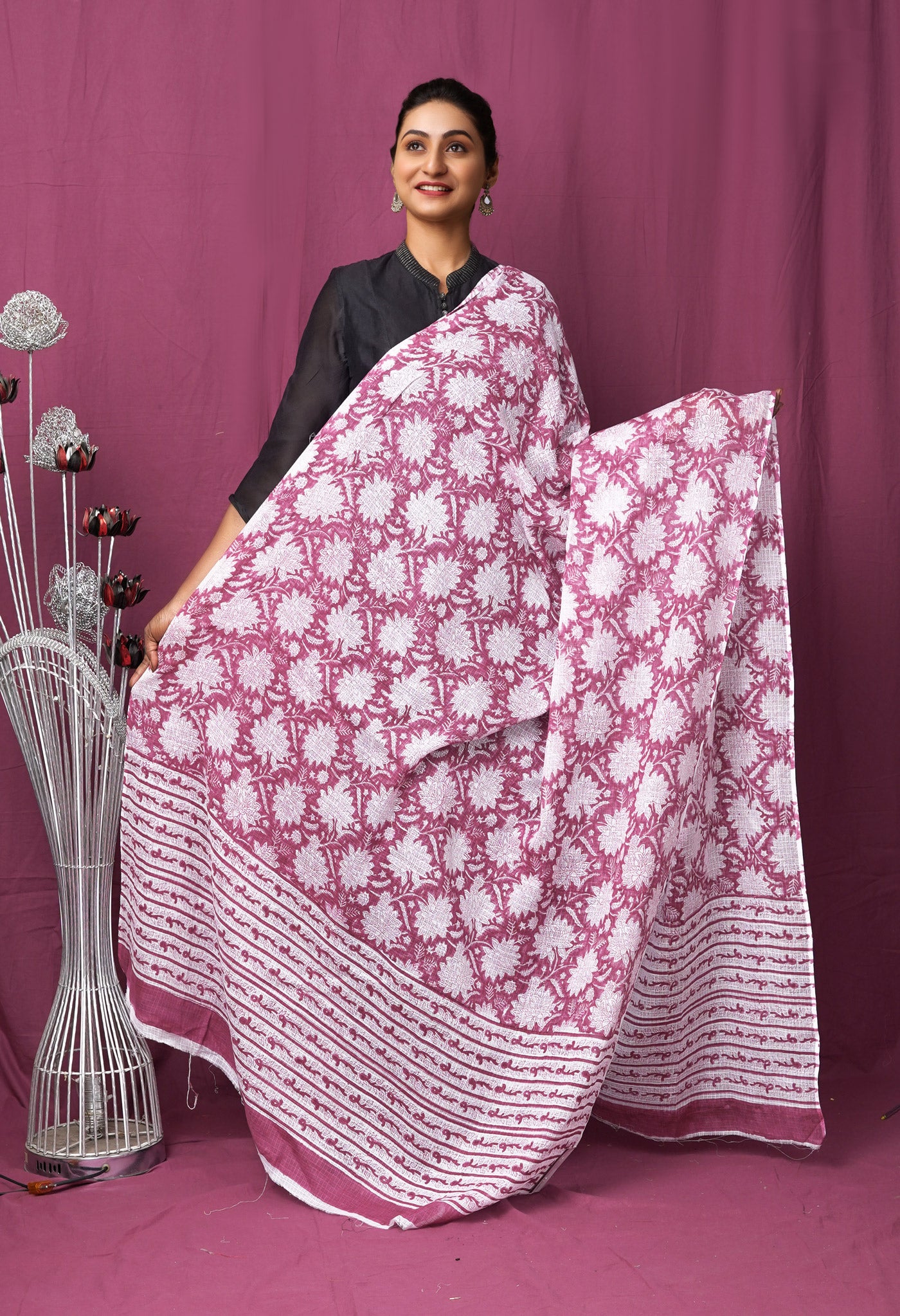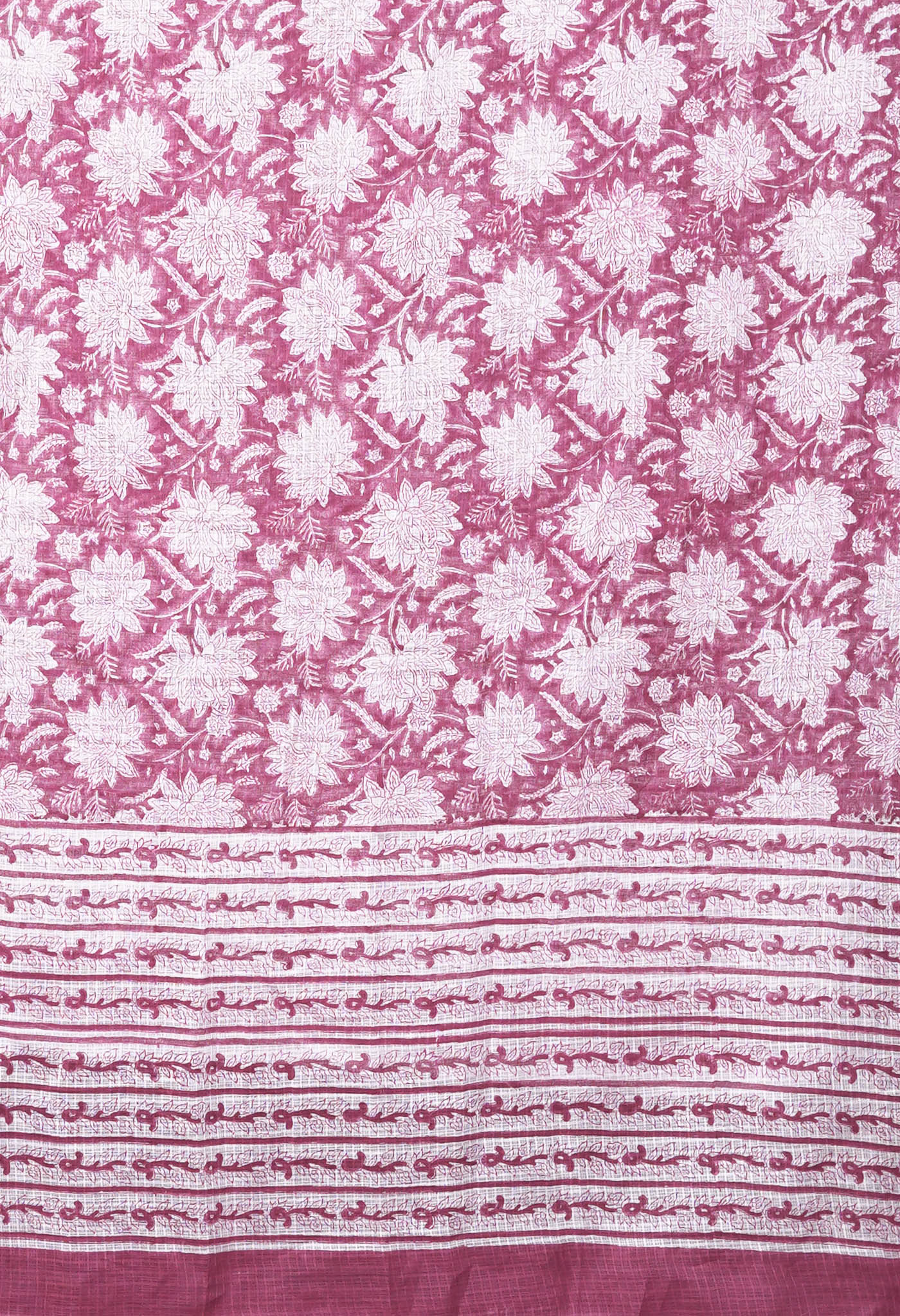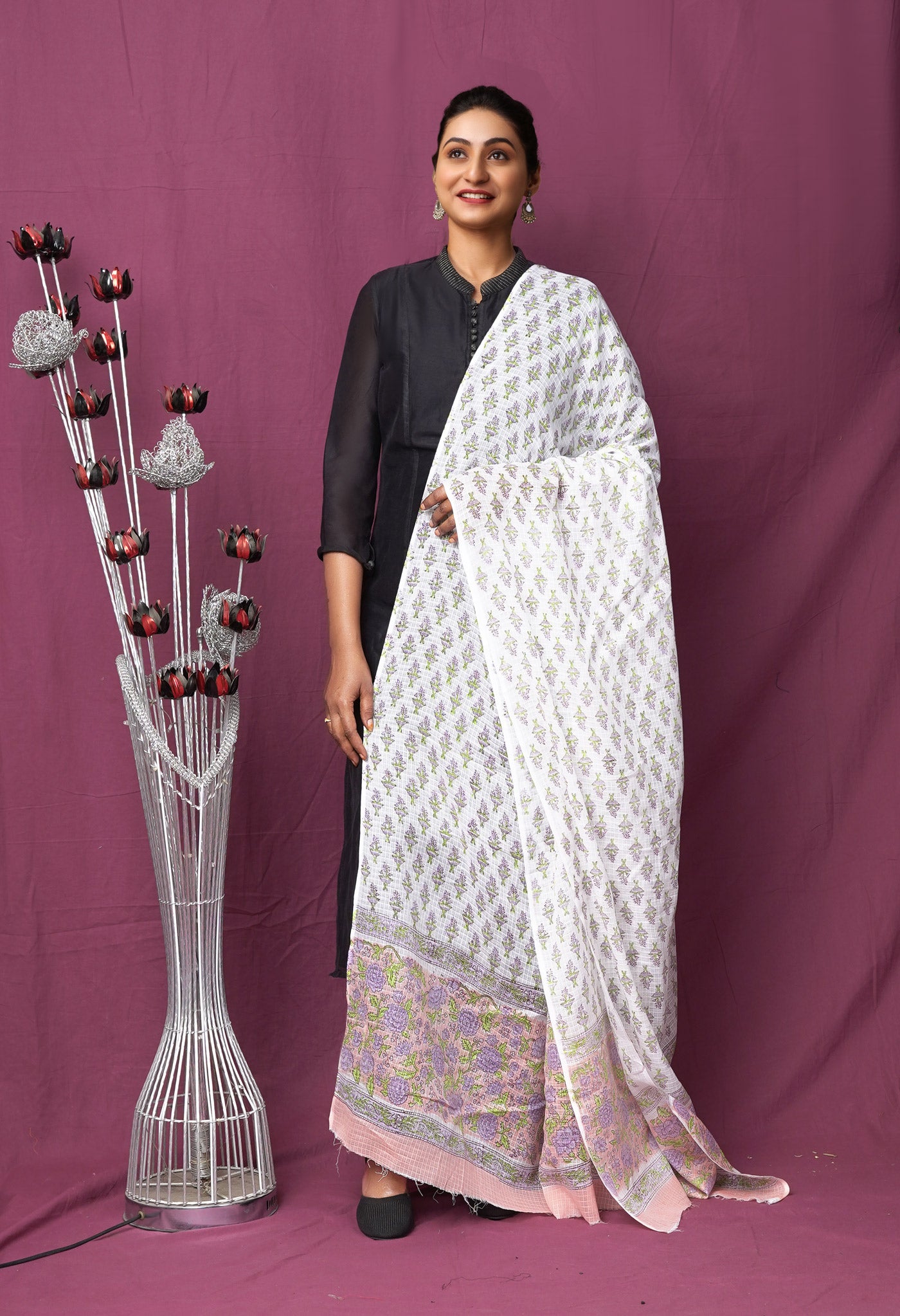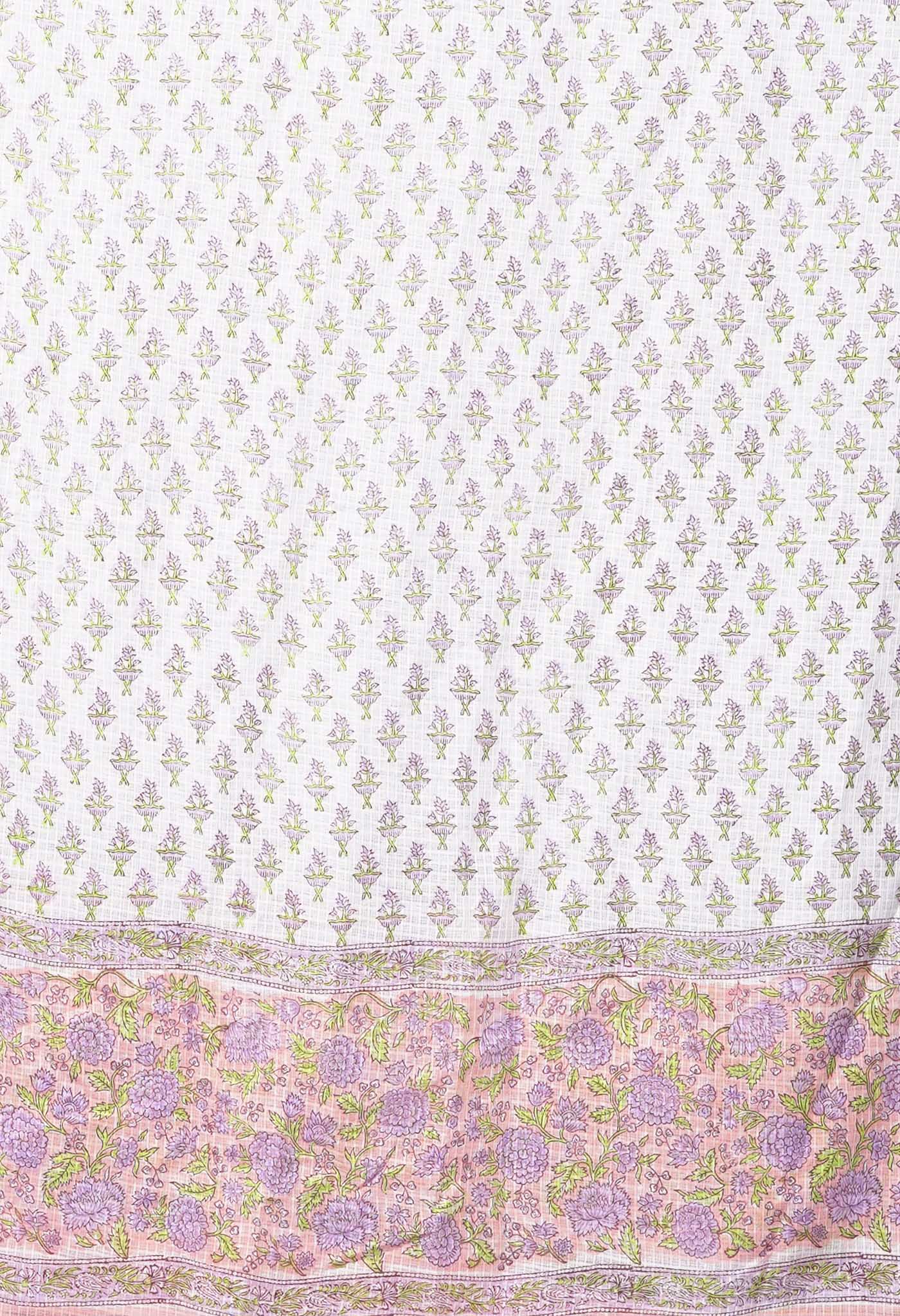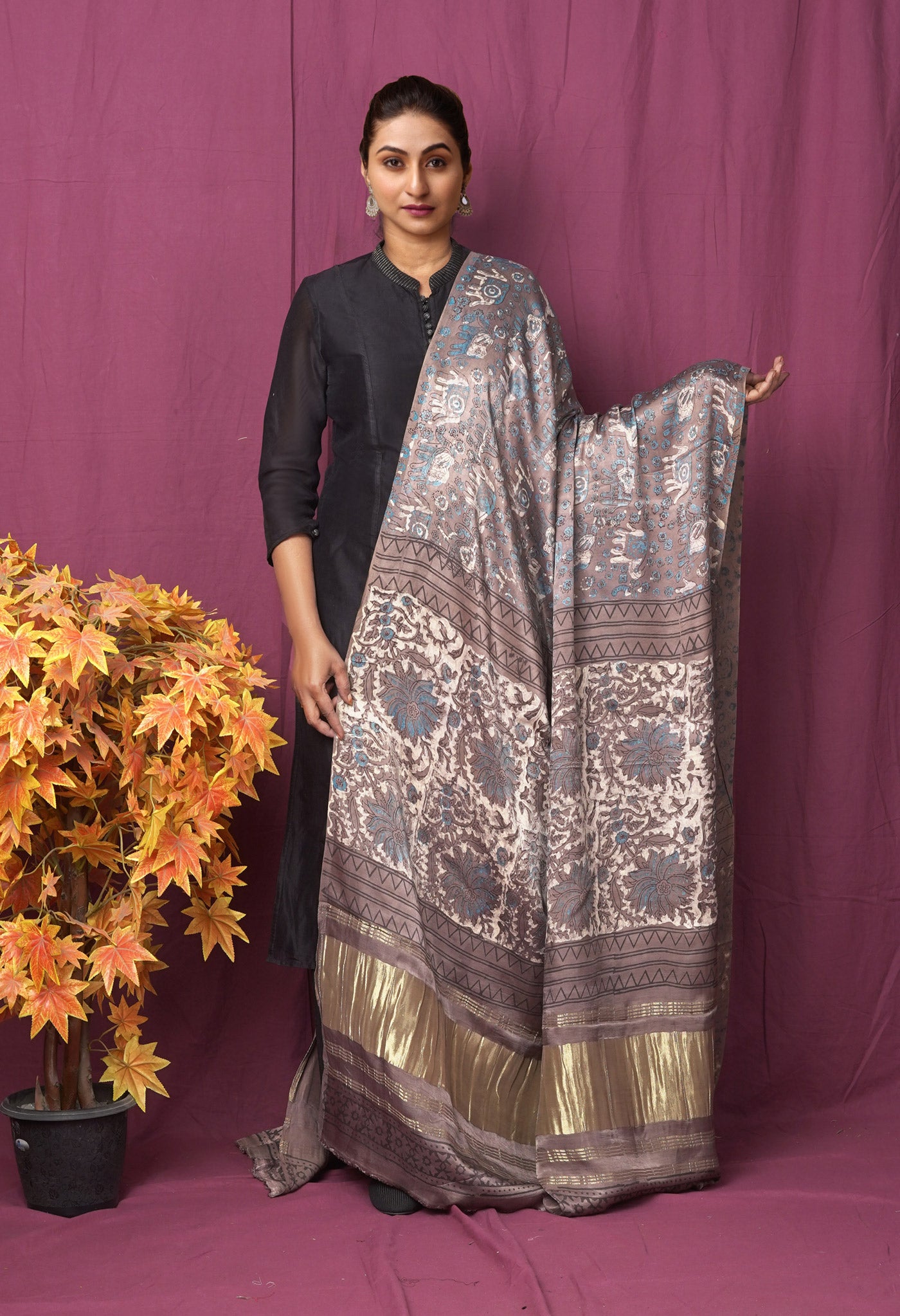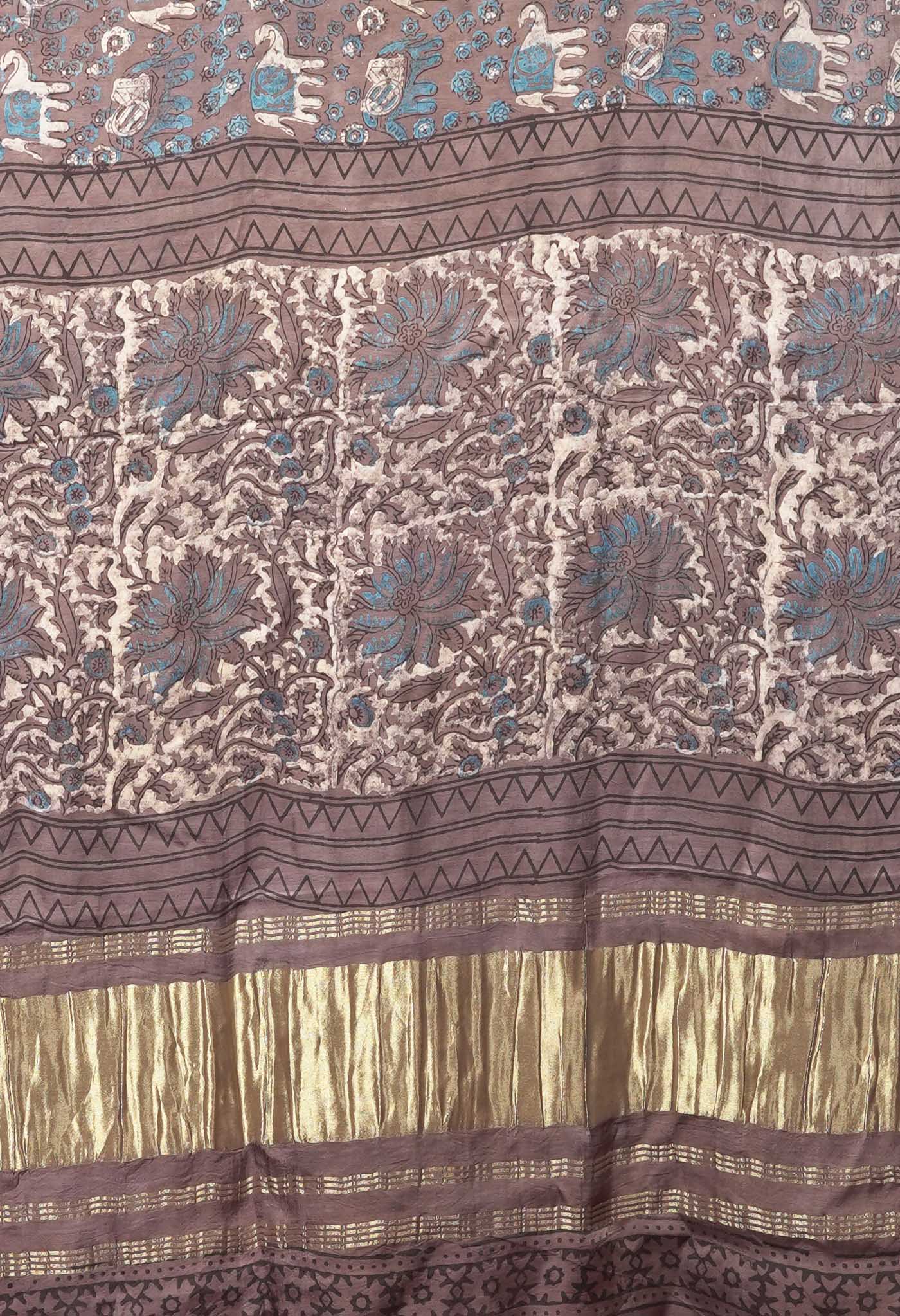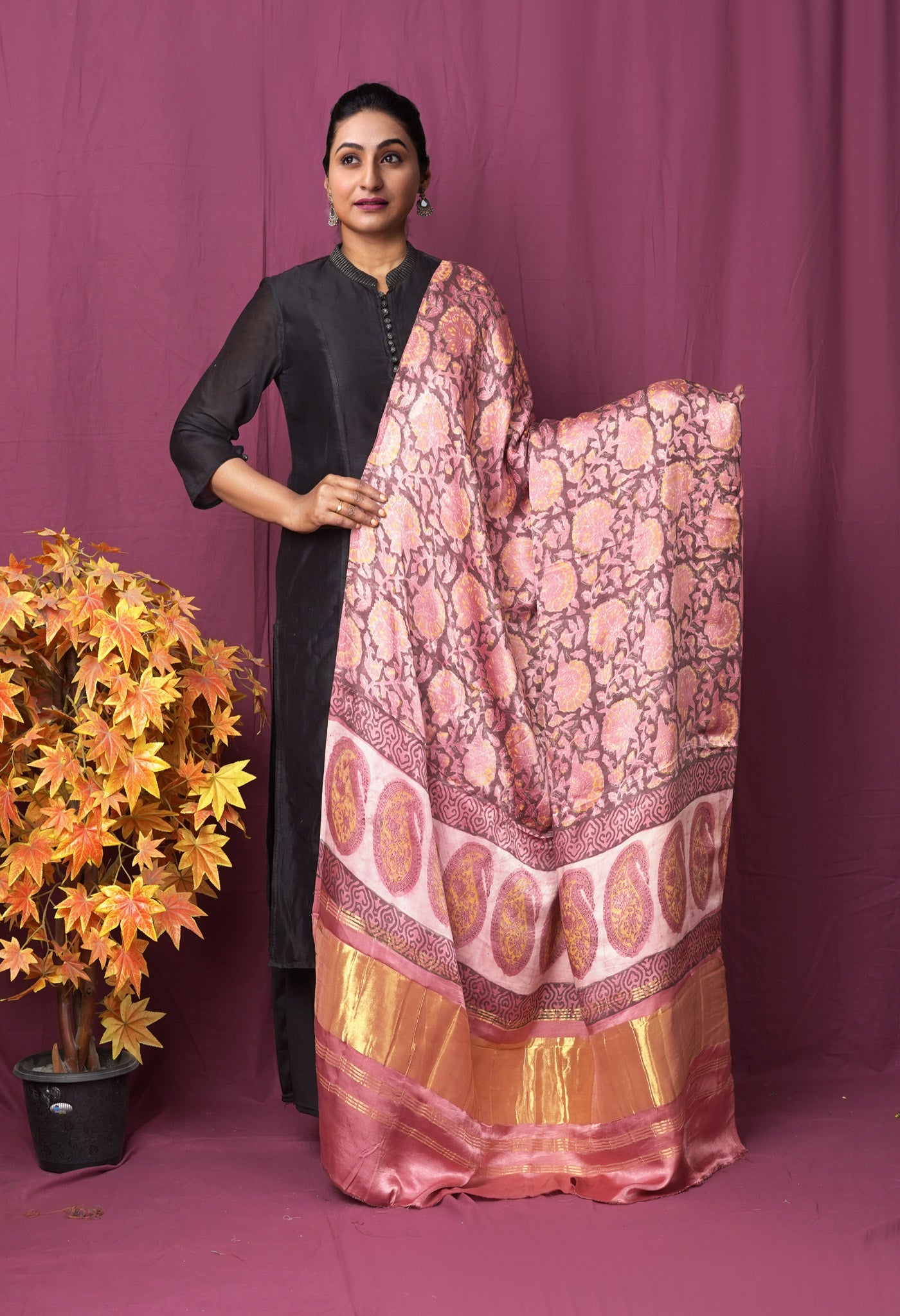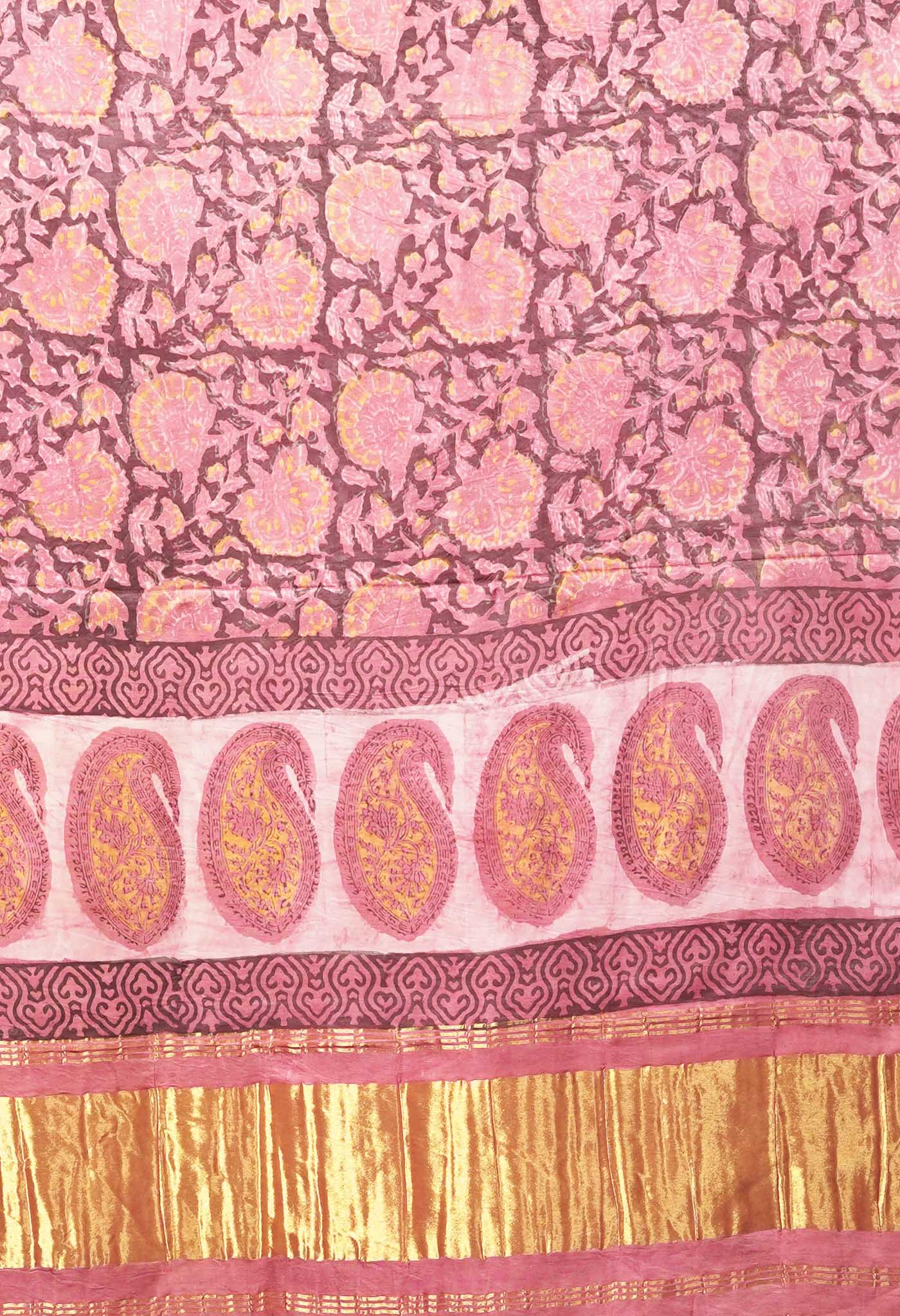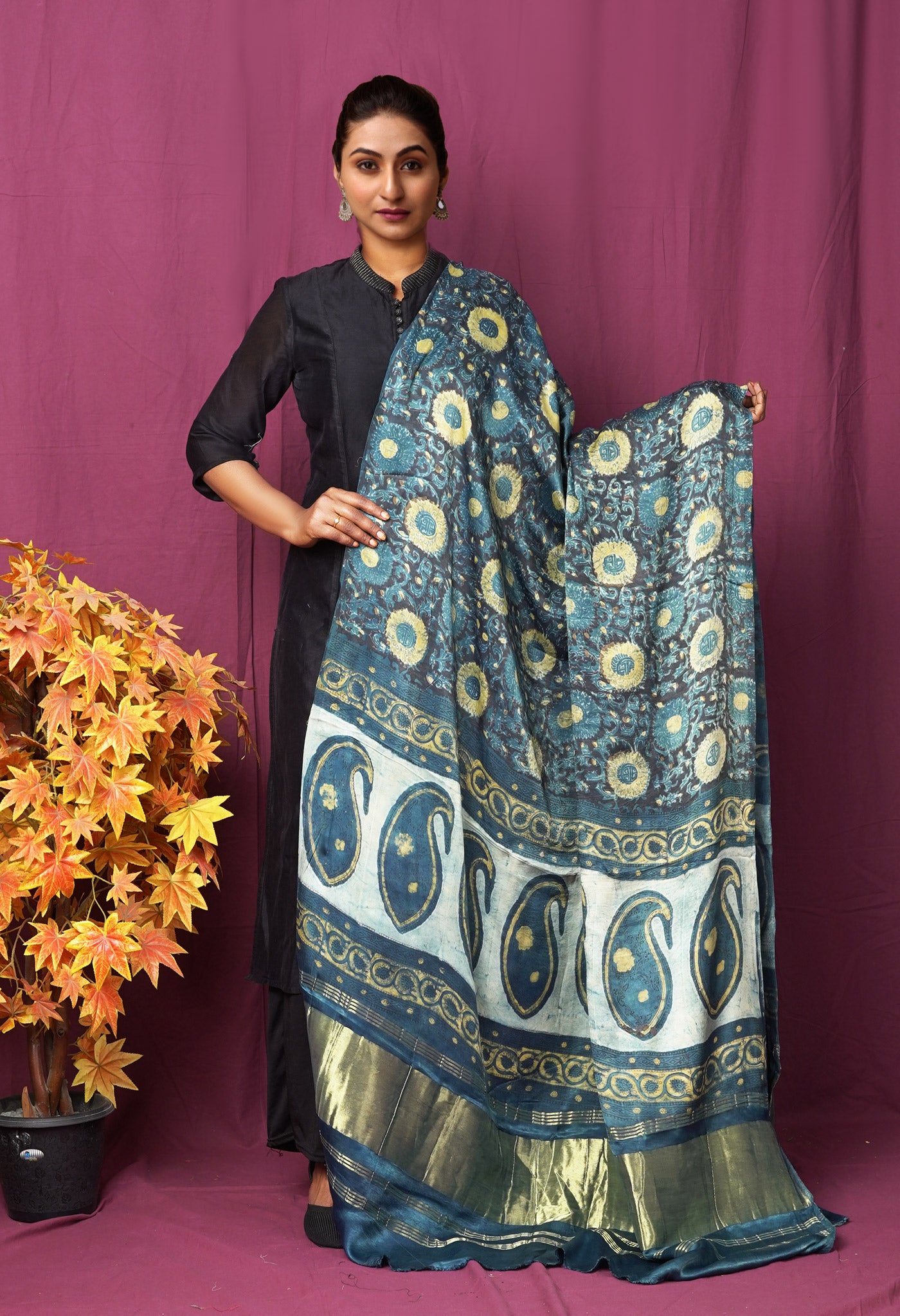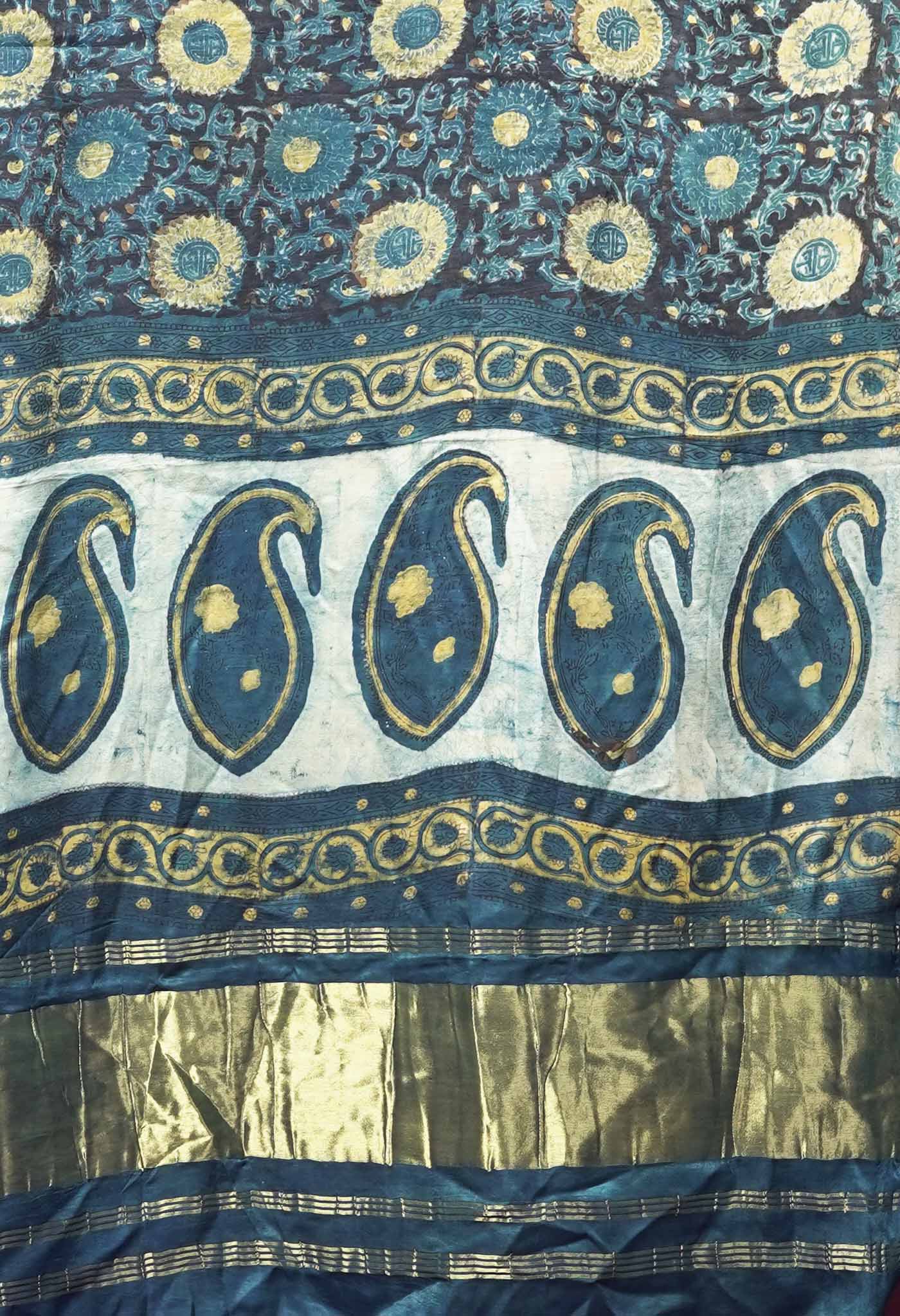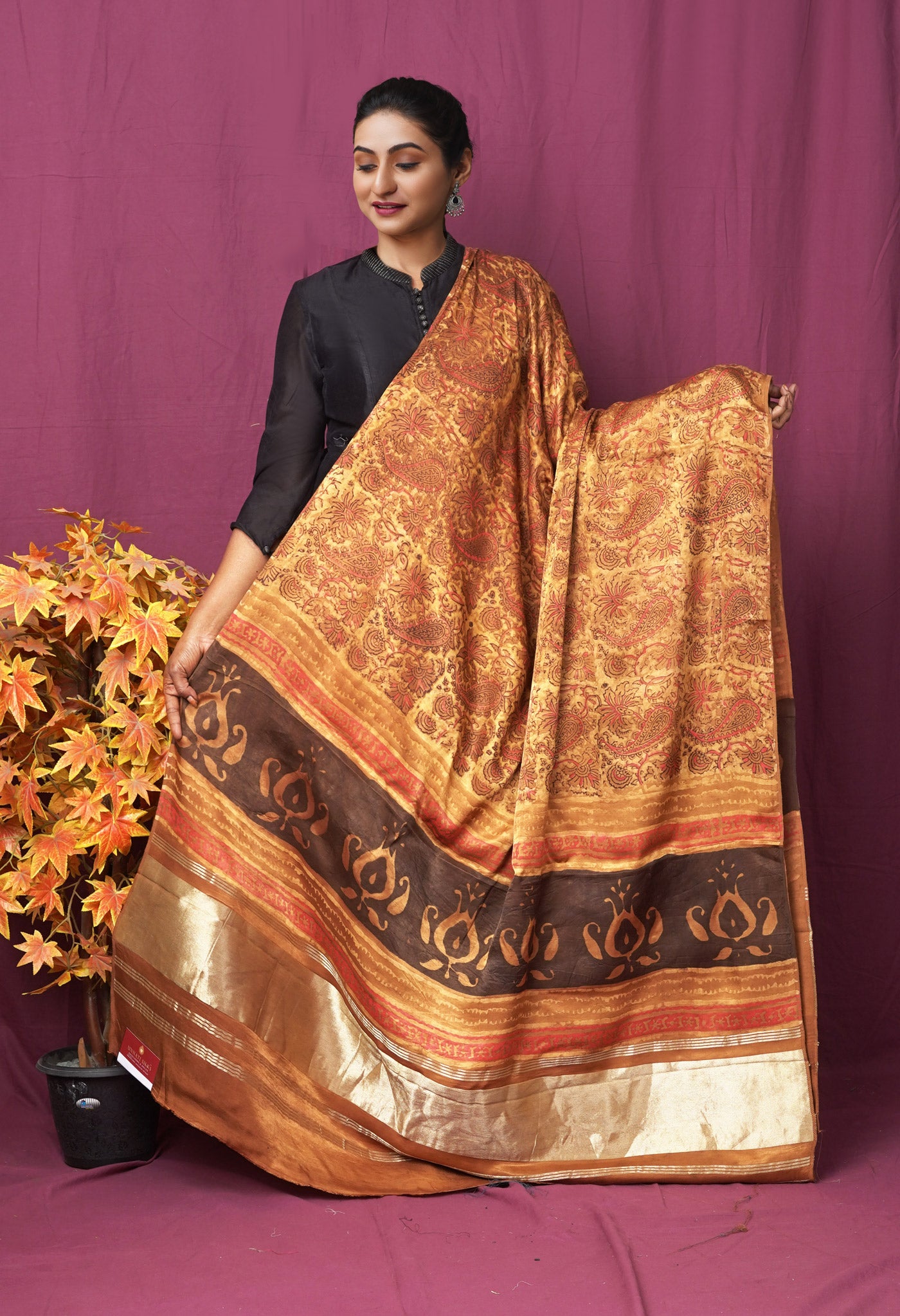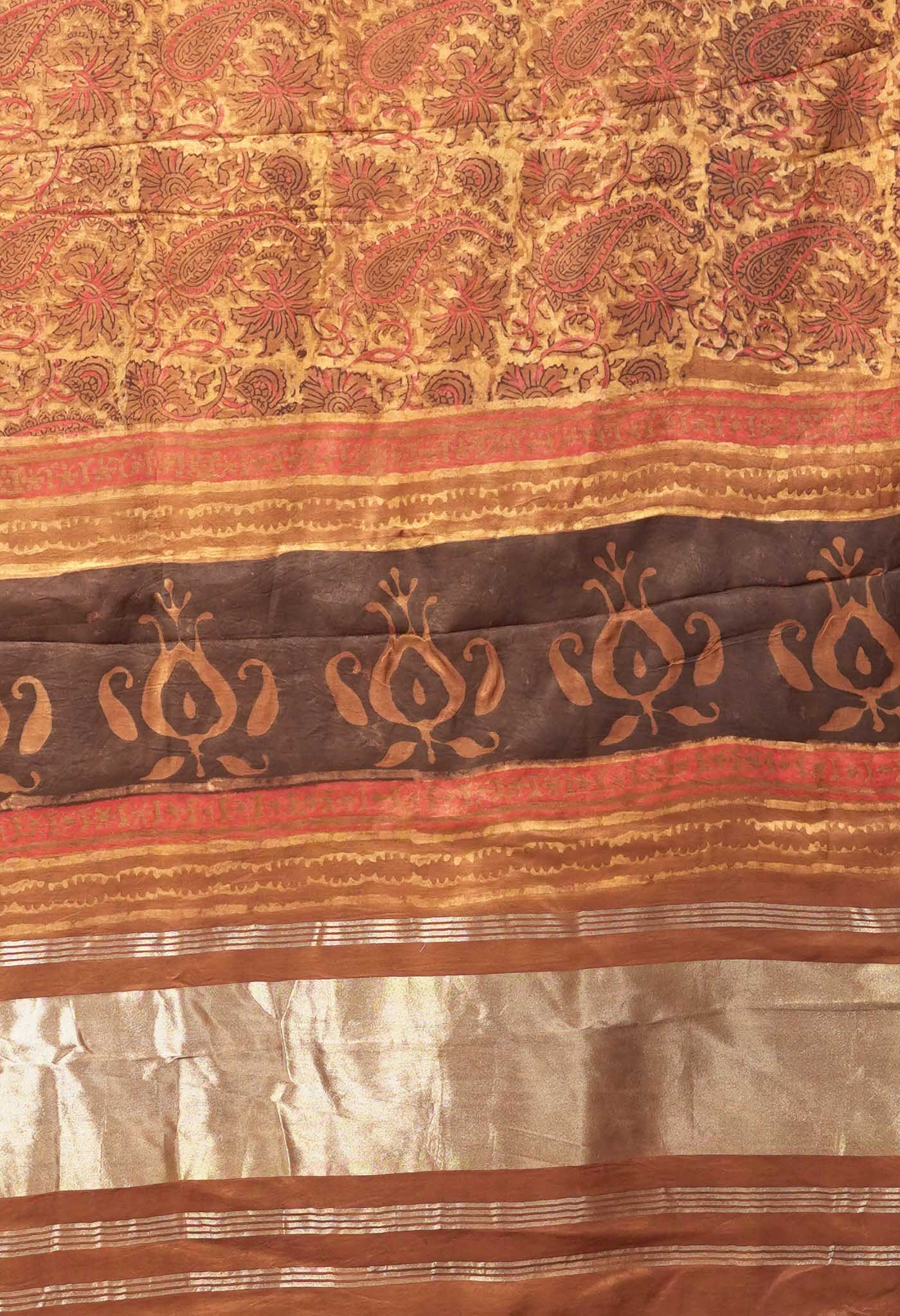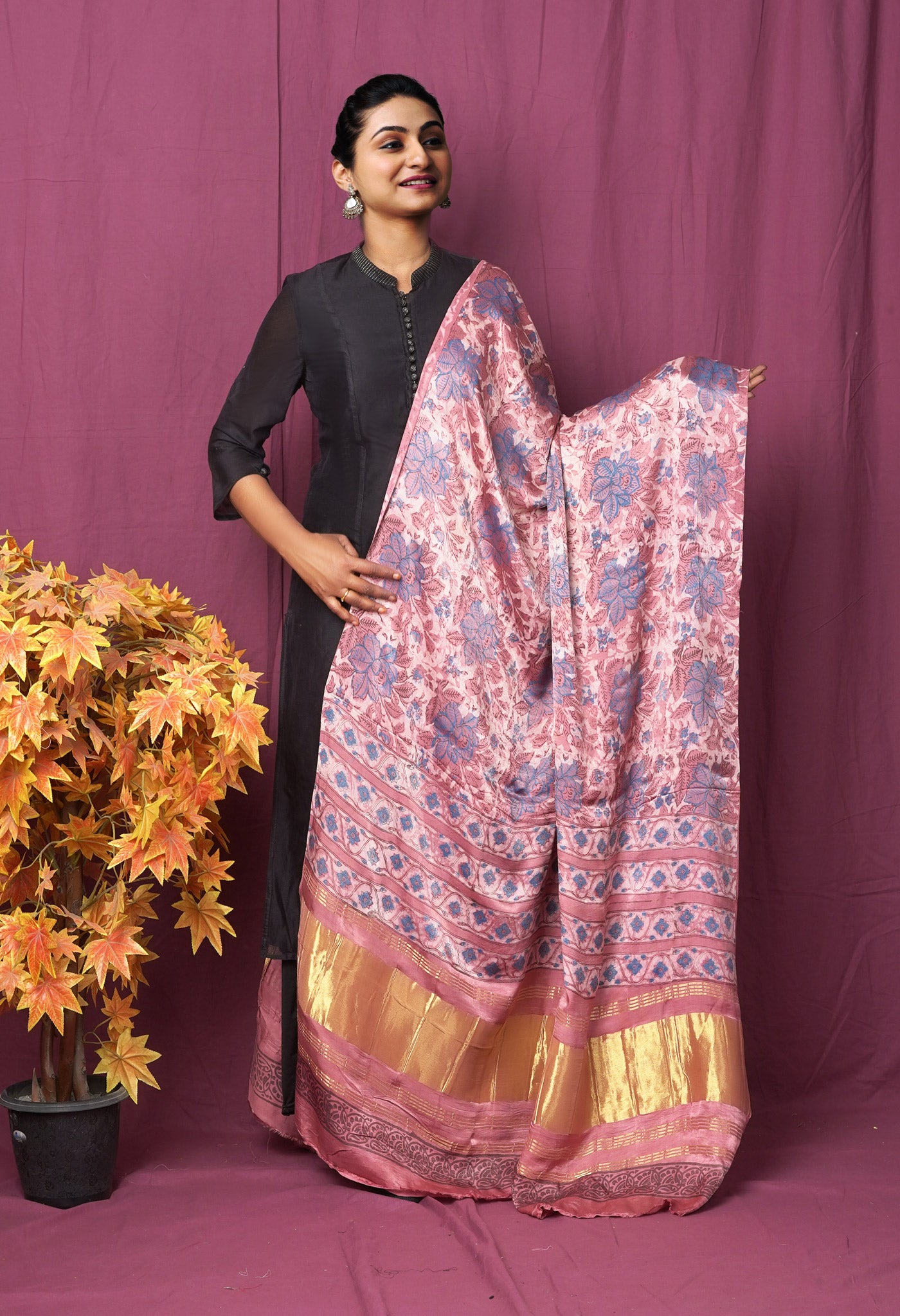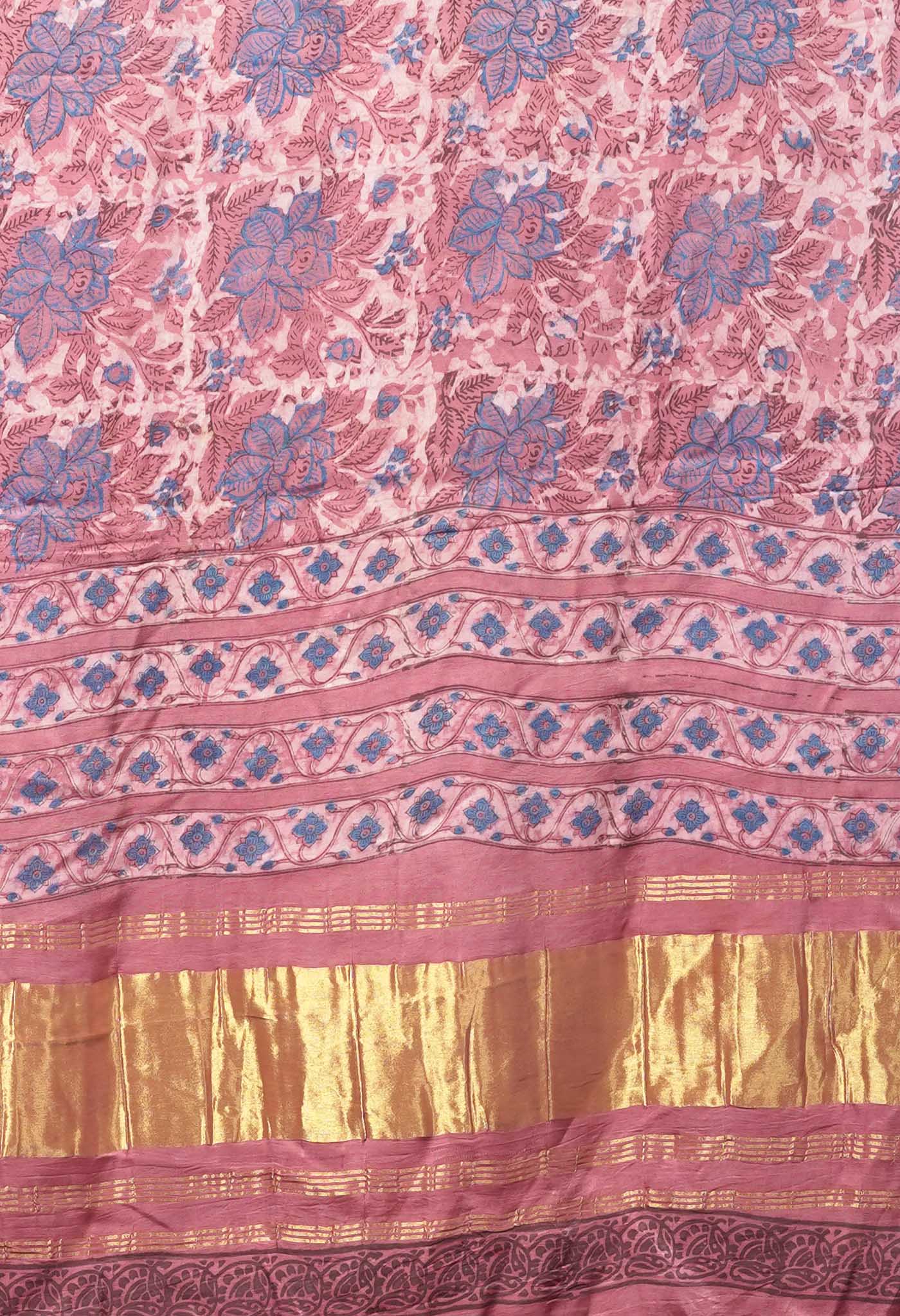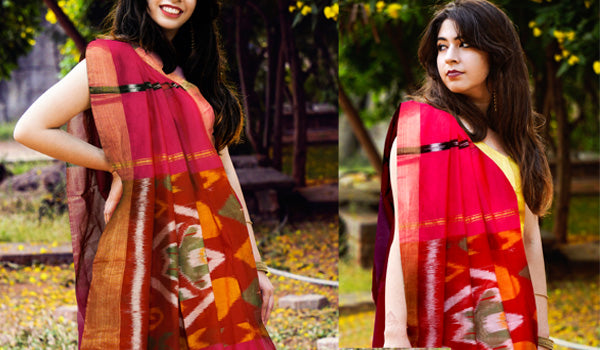
Discover the Magic of Rajkot at Unnati – Read & Shop Now
Ever been to Rajkot? No? Fourth largest city in the state of Gujarat, India, after Ahmedabad, Surat and Vadodara, Rajkot had a population count of 1.2 million in 2015. Located on the banks of Aji and Nyari rivers, with a semi-arid climate most times, with respite only in the monsoon period, Rajkot is amazingly vibrant and alive with its growing cultural, industrial and economic activities. Considered a region within Kathiawad, it has the Kathiawadi flavor no doubt but displays a multi-cultural, diverse religion look as well. Never mind that the 26th Jan.2001, earthquake whose epicenter was at Bhuj, 150 Km. away affected Rajkot fairly badly, life resumed to normal quick enough.

To the visitor, the large chains, pendants and other heavy gold jewellery that are a common sight during marriages, festivals and family functions may seem a little too bit of over-ostentation but it is part of the local tradition since Rajkot is home to one of the largest gold markets in India. A major centre for the performing arts the Hemu Gadhvi Natyagraha, one of the first non-profit regional theatres, rich with history and dedicated to the Gujarati Play is a major attraction. Dayro, the folk singing of Gujarat that has special folk artistes singing Bhajans of God in a temple or public place, that blares over a loudspeaker system throughout the night. The colorful Garba with traditional costumes during Navaratri is of course the most awaited form of entertainment. Cricket, more the man’s game, is a craze throughout the year with plenty of it played the year around in the likes of Duleep Trophy, Ranji Trophy and other tournaments.
Rajkot is famous for its jewellery market, silk embroidery and watch parts. The city has several small scale manufacturing industries. Some of the industrial products for which Rajkot is known include bearings, diesel engines, kitchen knives and other cutting appliances, watch parts (cases & bracelets), automotive parts, forging industry, casting industry, machine tools, share market and software development.
What would be the visual fare for the Indian visitor and the International traveler when they land in Rajkot? Quite a number of interesting places to explore!
Shri Ramakrishna Ashram
A clean, well-maintained place for relaxation of the mind and body since the environment is just about right. There are books by Shri Ramakrishna on spirituality to read and purchase.

Rotary Dolls Museum
A unique place started by the Rotary Club, two floors having a tremendously unusual collection of dolls, that has more than 1000 dolls from 102 countries. A most enjoyable place for most girls that they would love to explore! One can even buy nice mementos on the way out.
The ISKCON Temple, Rajkot, Sri Sri Radha Neelmadhav Dham
The ISKCON Mandir in Rajkot is a New Vedic Temple. The actual building has a Temple, School and Guest House facilities. Wonderful place for pilgrimage and is about 10 km from downtown.

Race Course Grounds
Located in the centre of Rajkot it is a big ground used for various activities and events especially having the fun zone and food zone too. Considered one of the best places to spend during evenings in Rajkot city, it has a garden, an Indoor Stadium, a cricket stadium, slides and swings for children. Worth a visit definitely!

The Khambhalida Buddhist Caves
A series of 1800 years ancient Bauddhist caves that stand amidst the beautiful landscape near village Khambhalida of Gondal Tehsil in Rajkot District (Gujarat-India). Not very big, it is a calm and soothing place where one gets an idea about the early history and living style of monks. Presently, there are three caves in this series. The middle cave is Chaitya Grih. There is a small brook by the caves, with monsoon or the period close to it ideal for a visit. A scenic place indeed! Discovered in the year 1958 by Shri P.P.Pandya, prominent archaeologist of the country, these caves are protected monuments under the Archaeology Department.

Watson Museum
Watson Museum, considered to be one of the best among the seven such museums located across the Saurashtra region and managed by the Gujarat state Government, has collections of precious objects from the princely State of Rajkot founded by the Jadeja Rajputs. It holds invaluable articles, artifacts, photographs, a reference library and the museum's publication are sold through a counter. The museum is set up in the Queen Victoria memorial institute buildings located in Jubilee Garden, Rajkot.

Kaba Gandhi No Delo
Kaba Gandhi No Delo (literally "Kaba Gandhi's house"), Rajkot was Indian leader Mahatma Gandhi's primary family home in India until 1915, including during those years when he stayed in London and in South Africa. Later on, on his return from South Africa in 1915, he established Kocharab Ashram in Ahmedabad. Kaba Gandhi No Delo has now been converted into a museum called Gandhi Smriti.
The house itself is not exactly the same as what it was back then, with extensive restoration and a fair amount of modifications to incorporate an art gallery-cum-museum takes away quite some of the original charm. The Property is well maintained there are local guides to give some insights into the Mahatma’s life in that place.

Aji Dam
Aji Dam, and its manicured garden on the side, is yet another famous tourist attraction of Rajkot. The garden surrounding the dam features an amusement park, food court, bird aviary, children, crocodile park and zoo. As winter nears, the Aji Dam becomes a haven of late-flowering shrubs, with migratory birds being the primary attraction at that time of the year. The Park remains well-maintained always.

Pradhyuman Zoological Park
It is a large zoo with gardens, a playground, concessions & rentable golf carts for transportation. Just amazing! The great range of animals- white tigers, lions, bears, ostriches is incredible. The animals are in enormous enclosures, are in good condition and quite active. The paths around the park are nicely built, wide and surrounded by nature. Chipmunks, parakeets and the other small and big not within the cages, contribute to the loveliness of the place. The sylvan locations would just be great for a picnic. Plenty of food and drink that making it every bit worth visiting for the sights and having a nice time. One could walk or go around in golf carts for the purpose. And what’s the entry fee? Something incredibly cheap!

Fun World
It is one of those popular, sprawling amusement parks, with a host of rides & games for all ages, along with a mini water park and a cafe. Rides like a rollercoaster, waterslides etc. being within the heart of Rajkot have made it very popular, especially with kids. Well-maintained, so quite crowded most times.

BAPS Shri Swaminarayan Mandir
BAPS Shri Swaminarayan Mandir is one of the most famous temples at Rajkot in Gujarat State. Located on the Kalawad Road in Rajkot, the temple is a magnificent structure built in pink stone and marble. Built in 1998-99 by Swaminarayan Sampradaya, founded by Bhagwan Swaminarayan and belongs to the Vaishnav tradition, it is situated on Kalavad Road near Mahila College. An architectural feat, the temple has three shrines, built according to ancient Vedic Shilpshastra principles with no cement or concrete used in its construction. A must see for those who visit Rajkot, it stands loftily in the centre of the town.

Rashtriya Shala Campus
During the days of the Non-Violent Movement in India in 1920, Mahatma Gandhi, gave the Nation a novel idea of Non-Cooperation with the Government. He directed the Nation to boycott the government machinery, including Judiciary and educational institutions. Side by side the Mahatmaji also started Gujarat Vidyapeeth at Ahmedabad to impart education on these new National Concepts. Other similar national educational institutions, based on these concepts were started in different parts of the country. Rastriya Shala is one of such institutions. On February 21, 1921 Rashtriya Shala made its modest beginning and formally started functioning in a rental premises in Rajkot. Shri Lakhajiraj, the Ruler of the state of Rajkot , who was a great admirer of Mahatma Gandhi gave 66 thousand sq. yards land at a nominal cost to the Rashtriya Shala. It is on this land that the main building of the institution was first constructed , and since 1924 the Rashtriya Shala started its various activities in this building.

Artist Ramesh Thaakar's Home, 'HIMALAYA"
Artist Ramesh Thaakar, a multi-faceted personality, who passed away on 15 January, 2016, had an eventful and memorable artistic journey extending across seven decades. During this period, Ramesh Thaakar, a self-made artist from Rajkot (Gujarat), India, without any formal training, perfected the art of creating real life-like portraits and set a new benchmark for portrait artists. He created portraits with pencil and crayons, made oil paintings on canvas and snapped excellent photographs of wide ranging personalities from India and abroad comprising the brightest stars amongst national leaders, musicians, poets, scientists, saints, cricketers, film stars, etc. The unique feature of his collection of nearly 1800 crayon portraits is that each of them are autographed!
Besides portraiture, Ramesh Thaakar also excelled in the fields of wild-life photography, Himalayan photography and photography of historical monuments. He wrote many books on varied subjects and had had a deep interest in autographs, philately, coins, Indian classical music, etc. and thus, has an excellent collection of these items.
One of his rare collections is a set of hundred portraits of Mahatma Gandhi in different poses and moods. The unique feature is that each of these crayon sketches has a tribute written beneath it by close associates and contemporaries of Mahatma Gandhi in their own handwritings. This collection has been published as an illustrated coffee table book, '100 Tributes' by Navjivan Publications, Ahmedabad.
Art works of Ramesh Thaakar represents creative excellence in the field of portraiture. His works have certain charm and attraction, laced with feelings of the personality, not found even in photographs. They have a kind of completeness. His son, Air Commodore Kedar Thaakar took pride in presenting this collection to the general public.
Kotecha Circle
A MIG-27 fighter aircraft grounded by the Indian Air Force (IAF), Rajkot is permanently displayed at Kotecha Chowk of the city as an installation and is a pride of Rajkot. The fuselage and wings of the jet were transported to Rajkot from Jodhpur airbase in Rajasthan in a truck and unloaded at fire station on Nirmala Convent Convent road. The Ministry of Defence (MoD) had been approached with a request to allot a fighter plane to Rajkot Municipal Corporation for which the MIG-27 fighter aircraft was given for displaying.
It seems it had been acquired by India from Russia in 1984 and it had served in Kargil war of 1999. It had a total of 1800 flight hours while in service. The RMC was the first municipal corporation in the entire country to be allotted such an aircraft following a formal request.

A Team of IAF Technicians reassembled the plane, applied a fresh coat of paint and helped install it at re-designed traffic island at Kotecha Chowk. With this, Rajkot became the third city in Gujarat to have a fighter aircraft as an installation in a public place. Gandhinagar, the state capital and Dhrangadhra town in Surendranagar district, are the other two urban centres to have such installations.
Eldorado Amusement Park
Eldorado is a first of its kind in the Saurashtra region. Created and promoted by Alliance Amusement Pvt. Ltd. it has been offering thrilling and amusing rides on its lush-green amusement park spread over 10.5 acres. Other attractions are Mini Golf and 7D theatre. The park is one of the most popular in the region.
Ishwariya Mahadev Temple.”
A quiet place, a serene atmosphere despite the noisy city surroundings is this Mahadev temple. Spacious, an unhurried atmosphere is the nice Ishwariya Park behind the temple that people frequent when they visit the temple. It is an ideal soothing picnic spot.

Khirasara – It is a majestic monument spread over 7 acres of land, that has witnessed the rich heritage and culture of the glorious past of Kathiawar. Nested atop a hill, 14 Km. distant from Rajkot, it affords a breathtaking view all around. Not only is it scenic from there, it provides the history of the region and gives an exhilarating experience of freshness at that height. Definitely worth a visit!

Ramnath Mahadev Temple
An ancient temple that is the pride of Rajkot, where people feel themselves safe, protected and lucky after worshipping here, the "Shri Ramnath Mahadev Temple" provides excellent atmosphere with positive vibrations and energizing waves.

Jam Tower
A Historical landmark of Rajkot, a 19th century clock tower made of stone, gifted to the British by Jamnagar's erstwhile ruler Honourable Jam Saheb in 1880.
There are other places like the Jubilee Garden, Krishna Water Park, Dismeyland, the Game Zone etc. that add to the list of places to see when in Rajkot.

One of the things that Rajkot is known for is the famous Patola fabric.
Gujarat has had a royal history. The richly decorated and exotic Patola fabric is part of this royal history.
In the 12th century, silk weavers from the Salvi caste then residing in Karnataka and Maharashtra, decided to make Gujarat their home to acquire the royal patronage of the then rulers of Gujarat, the Solanki Rajputs. It is said some seven hundred and odd weavers came to the palace of Raja Kumarapala who himself was fond of donning clothes made of Patola silk. Soon the patola weave especially the saree got the impetus it needed. Even after the decline of the Solanki empire, the popularity of the patola remained. So much so that Gujarati women considered the Patola as Stri dhan or her own property at the time of her marriage, that stood her in good stead during bad times.

What is the Patola?
The patola is a weave that looks the same from front and back, so there is no ‘correct way’ of wearing it. Both ways are correct. It involves complicated calculations in which the base of the saree is totally stood on geometrical creations. The process of making of the sari starts with dyeing the wrap and the weft yarns according to the planned pattern of the final cloth. Silk yarn is used, and patola sarees are hand-woven not printed. The procedure is not only costly, but also time-consuming thus making the market for patola sarees quite limited. The best part of this double ikat sarees that all communities, Hindu, Muslim and Jain love the Patan Patola but each with their typical taste for designs and patterns.

Patan Patola being one of the costliest of all saree varieties woven, the Surendranagar and Rajkot patolas are the low-cost variations of the traditional technique, using cheaper raw materials leading to an affordable range of products. The low cost of production that has reduced the cost of a patola saree, in single ikat has brought positive changes in the lives of the many handloom weaver families who otherwise were not finding enough work.
Patola sarees generally have the basic design motifs like animals, flowers, human figures and birds. Geometrical designs have also come in that gained momentum from the age-old traditional Muslim architectural designs. Some are enriched with Kundan and Zardosi sequins for special occasions. The typical feature of the fabric is the brocade like heavy texture. The pallus or anchals are elaborate and the dazzling borders are adorned with warm colors and rich motifs.

Unnati Silks & the Rajkot Fabrics of repute
There are many variations to the Rajkot Silk Patola Sarees. Contrast colours, zari borders designed with latest Ikkat and Bandhni prints for special occasions, stylish embroidery designer with patterns of zari zardozi, ari, gota with Patch work for bridal ceremonies, multi color Ikkat prints having rich zari border with a contrasting color zari pallu, a heavy designer version with Kundans, sequins & embroidery work adorning the Rajkot patolas making them anywhere from stylishly attractive to amazingly spectacular.
There are also the lovely designer Rajkot Handloom cotton sarees known for their extraordinary designer ikat. The vibrancy of the colors is lovely while the weaves themselves are soft and smooth textured.

| Two of the latest Unnati Silks experiments on the Rajkot cotton knowing the color compatibility of the fabric is the block prints of the Madhubani art on the pallu focused plain colored sarees and the designer magic on lovely silk cotton Pattu weaves. Both are creative and colorful for you to explore. |
[/vc_column_text][vc_btn title="Shop Online Rajkot Handloom Cotton and Silk Sarees" color="warning" align="center" link="url:https%3A%2F%2Fwww.unnatisilks.com%2Fsarees-online%2Fby-popular-variety-name-sarees%2Frajkot-sarees.html||target:%20_blank"][/vc_column][/vc_row]

